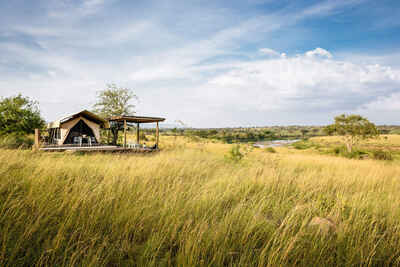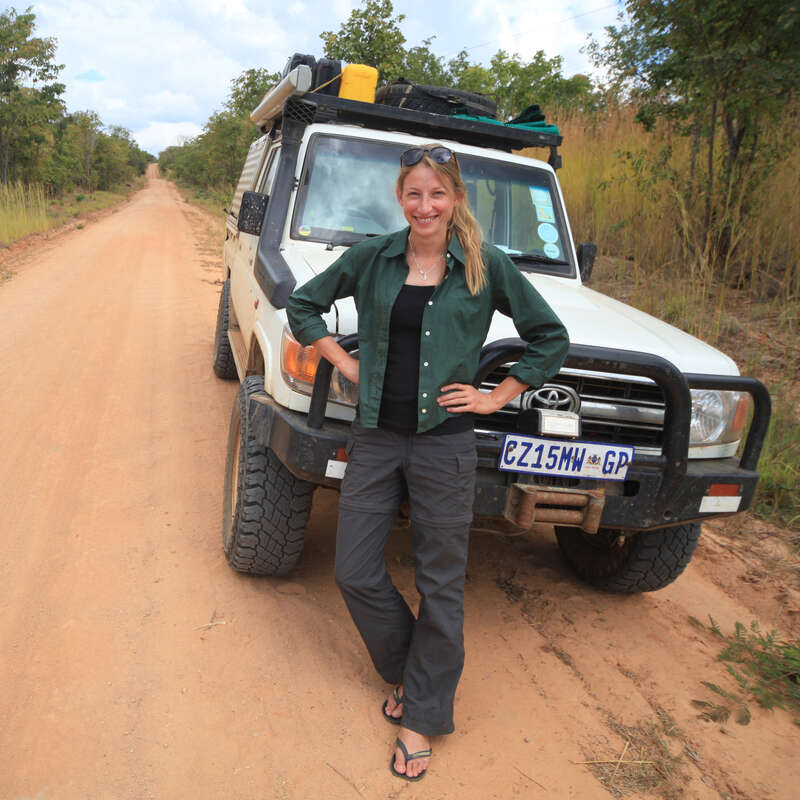About Singita Mara River Tented Camp
Singita Mara River Tented Camp is set in the wonderfully remote Lamai wedge, a 400km² area of land in the ...
... northernmost tip of the Serengeti National Park. Opened in 2012, this small, luxury camp lies along a sweeping bend of the meandering Mara River. During the wildebeest migration, between July and October, it is not uncommon to see crossings right in front of camp.
Singita Mara River Tented Camp is one of the most stylish camps in the Serengeti, and we were particularly impressed by the attention to detail. The location is ideal for those wanting to experience the Serengeti without the crowds, and during July, August and September, it is hard to think of a camp that is better placed for the wildebeest migration. It certainly meets the need for the discerning traveller, however, the price tag is very high, and for people who prefer simple bush camps the style may be a bit too much.
Our view
Singita Mara River Tented Camp is one of the most stylish camps in the Serengeti, and we were particularly impressed by the attention to detail. The location is ideal for those wanting to experience the Serengeti without the crowds, and during July, August and September, it is hard to think of a camp that is better placed for the wildebeest migration. It certainly meets the need for the discerning traveller, however, the price tag is very high, and for people who prefer simple bush camps the style may be a bit too much.
Accommodation
8 tents
Children
Best for children aged 12+
Open
31 May to 15 March
Activities

4WD Safari

Birdwatching

Hot air ballooning
Traveller reviews of Singita Mara River Tented Camp
3 real, un-edited reviews from Expert Africa's travellers.
Arrived 14 Sep 2019, 3 nights
"Singita Mara River Tented Lodge - Crossings"
Overall rating: Excellent
Arrived 22 Sep 2015, 3 nights
"Singita Mara River Tented Camp review"
Overall rating: Excellent
Arrived 5 Sep 2014, 4 nights
"Singita Mara River Tented Camp review"
Overall rating: Average
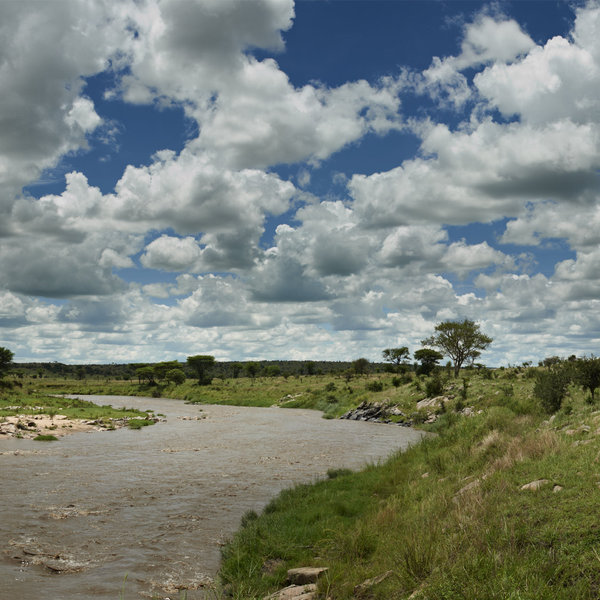
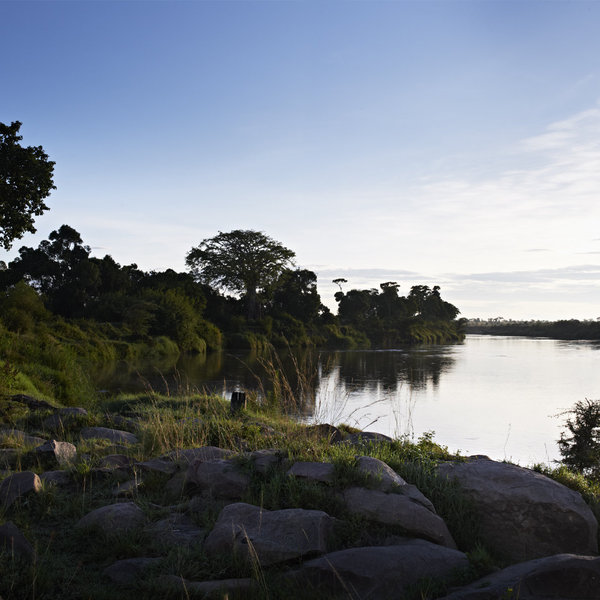
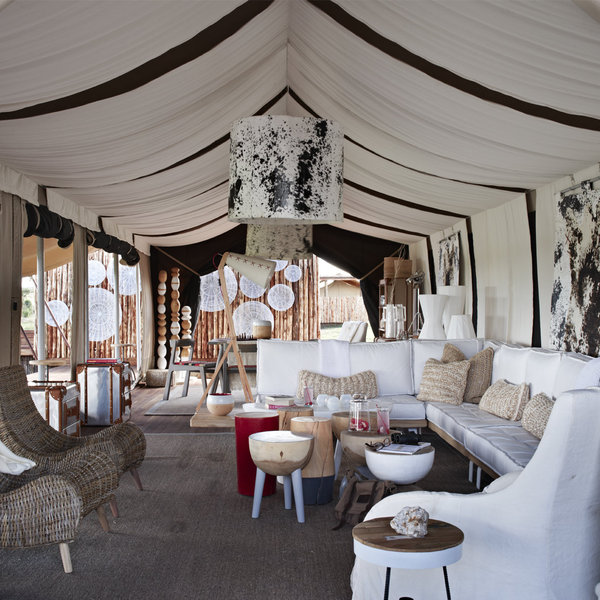
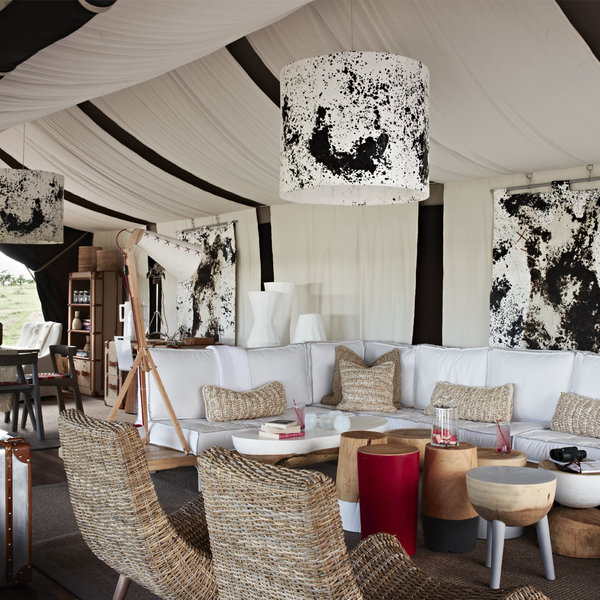
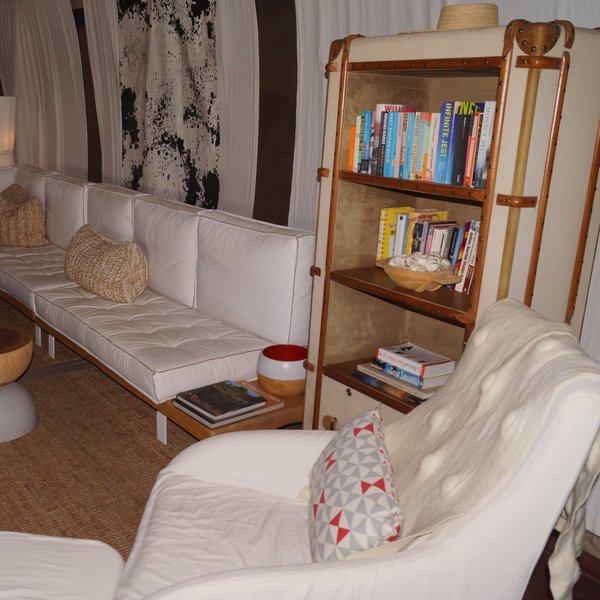
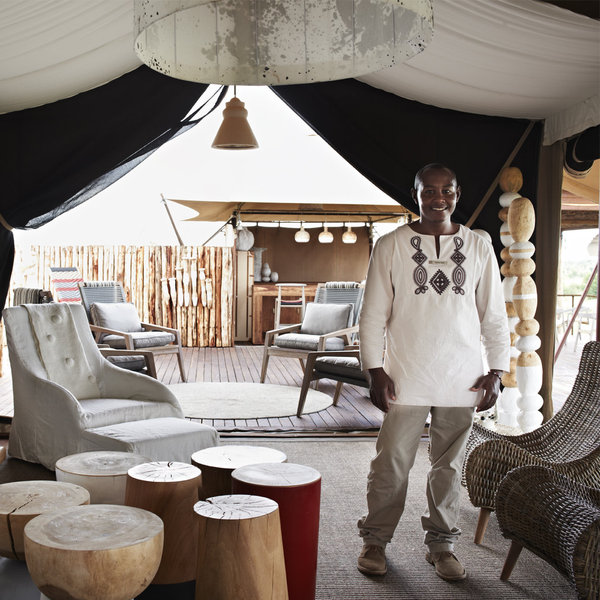
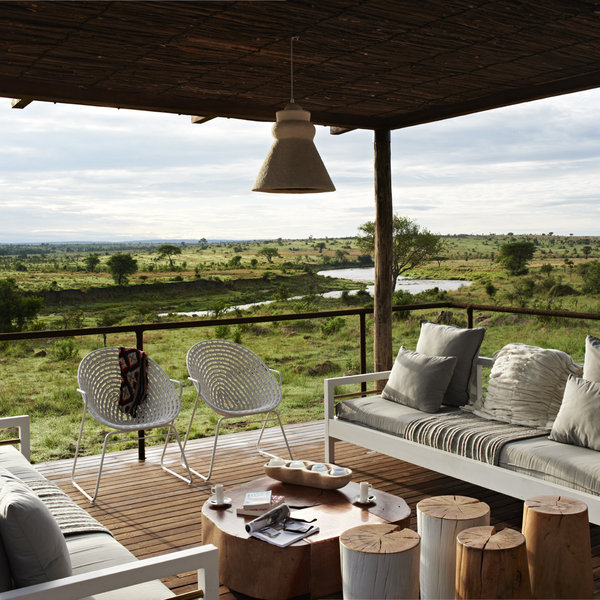
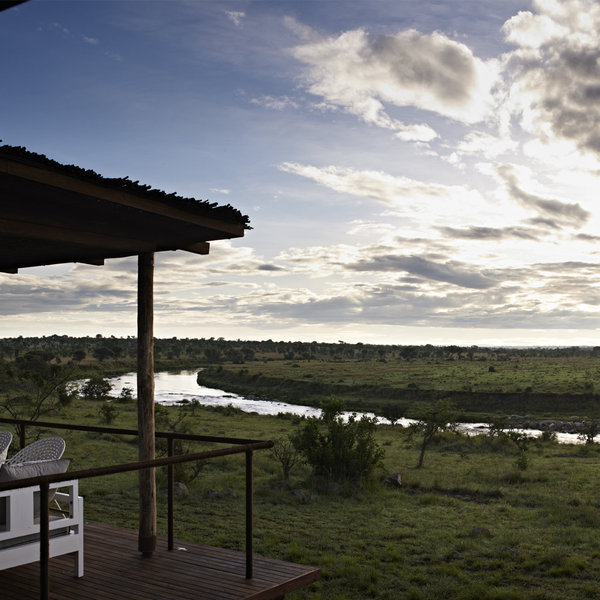
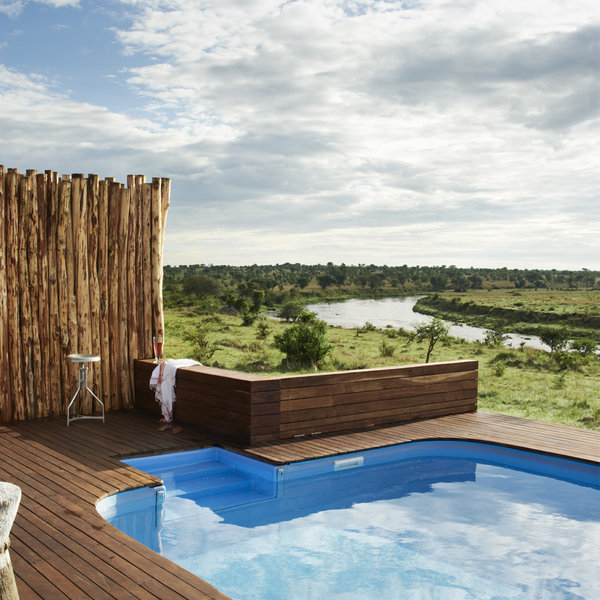
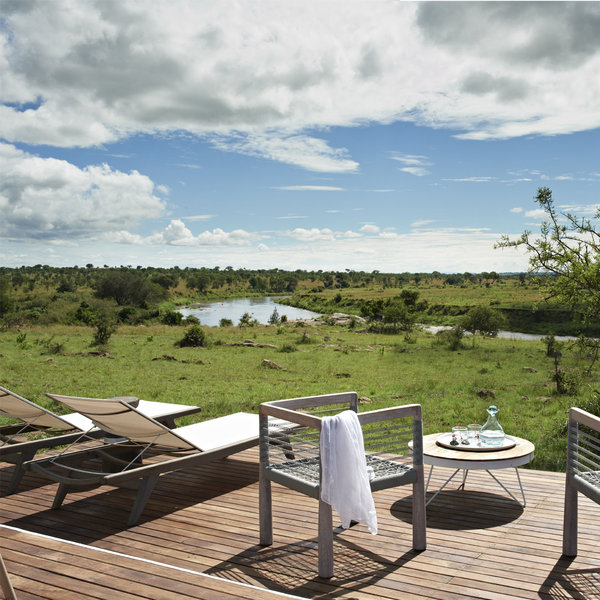
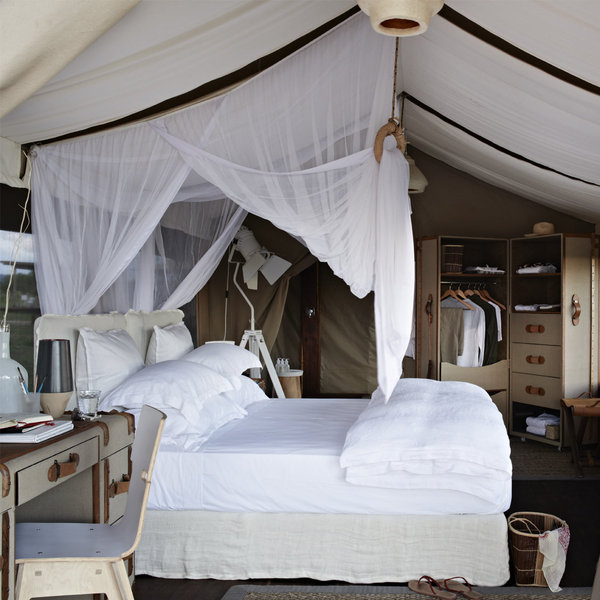
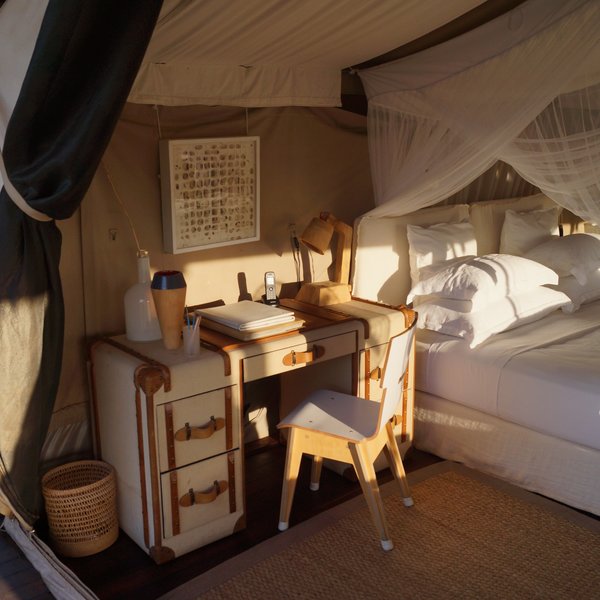
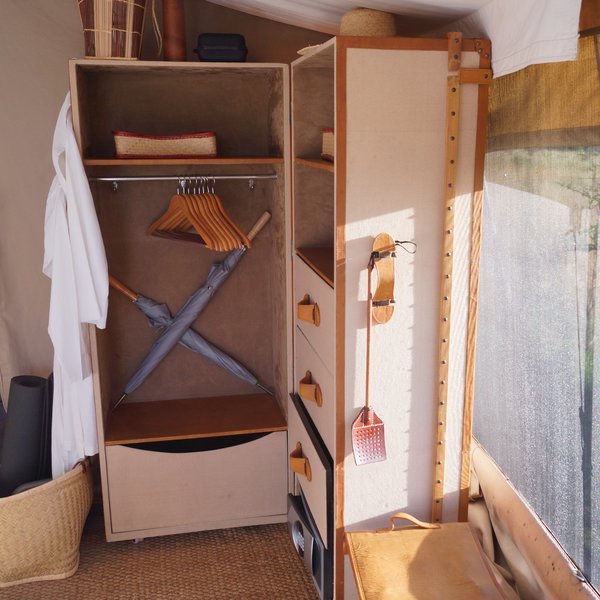
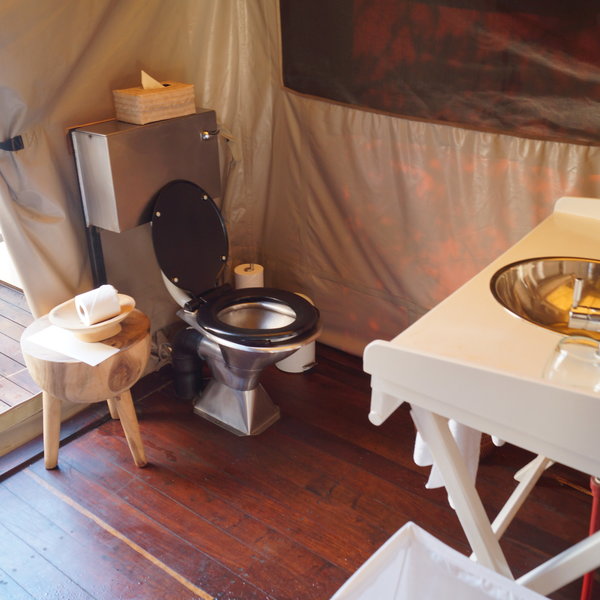
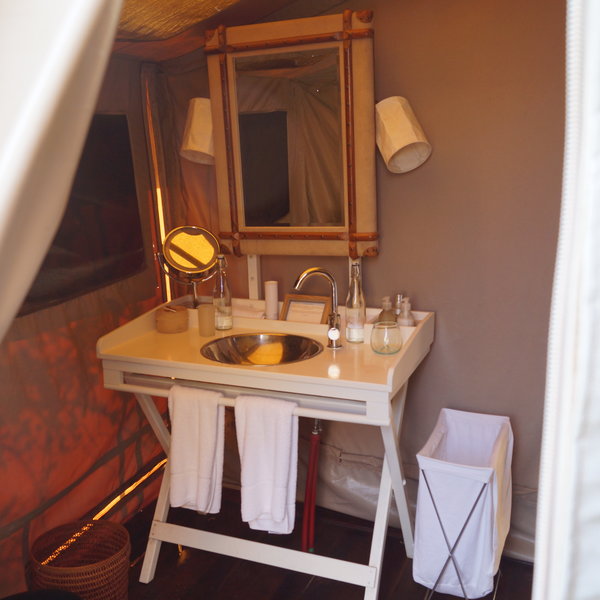
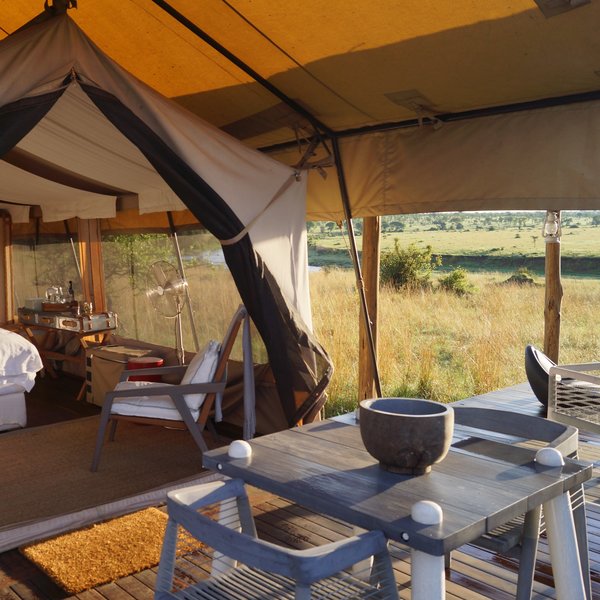
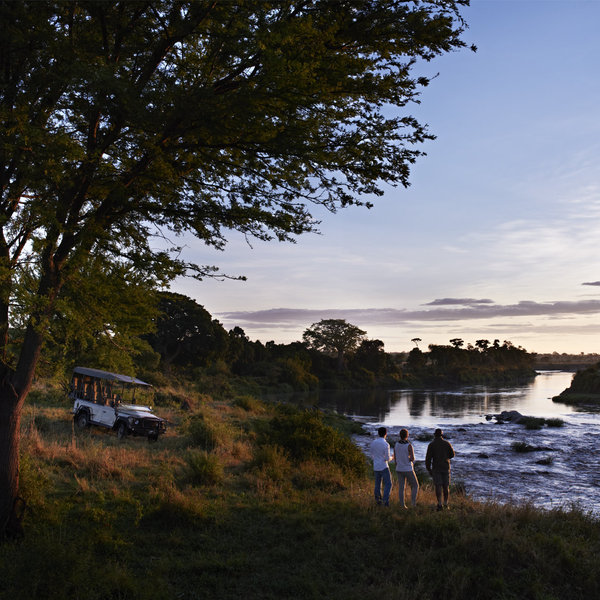
Expert Africa's gallery
When we travel we take lots of photos ourselves to give you a real and un-edited view of the safaris. See our 17 pictures of Singita Mara River to get the candid view.
View gallerySingita Mara River Tented Camp: Our full report
Singita Mara River Tented Camp is set in the wonderfully remote Lamai wedge, a 400km² area of land in the ...
... northernmost tip of the Serengeti National Park. Opened in 2012, this small, luxury camp lies along a sweeping bend of the meandering Mara River. During the wildebeest migration, between July and October, it is not uncommon to see crossings right in front of camp.
Singita Mara is the first permanent safari camp within the Lamai wedge, which fits between the Mara River to the south and the southern border of Kenya's Maasai Mara National Park. Permission for the camp was granted,by TANAPA (Tanzania National Parks Authority) following Singita's success in the Singita Grumeti Reserve, in the western part of the Serengeti, where they have a number of excellent camps. These include Faru Faru, Sasakwa and Sabora.
Although Mara River Tented Camp is not in a private concession, it is comparable in style, design, and quality with its sister properties. It also – and perhaps most importantly – shares their commitment to giving visitors an authentic safari experience in a secluded location.
Singita Mara is the only camp in this area for most of the year, although a couple of small seasonal camps arrive during the wildebeest migration, between July and October. With permission from TANAPA, Singita's guides have created game-drive routes from scratch. This makes for a really offbeat safari experience, on relatively uncharted routes, with very few other visitors.
The whole camp is designed in the Bohemian-chic fashion with splashes of bold colour, that has become synonymous with Singita properties. Using natural and recycled materials wherever possible, Singita Mara was styled by South African interior design company Cécile & Boyd. A huge amount of thought has gone into the detail, from the modern African wall art, to the cushions, baskets and beadwork. We loved the combination of contemporary design and traditional materials.
The eight tents at Singita Mara make up six separate units. Closest to the main area are two family units, each comprising two tents, with a shared decking area, while a further four double tents are located slightly further along the river. All are set on wooden platforms about a metre off the ground, with a large veranda and seating area; and are sheltered by canvas fly-sheets. In the family units, the two tents – either double or twin – are joined by a covered walkway and a shared deck. All of the tents are made from canvas, have zip entrances and gauze windows which lets a nice cooling breeze through. There are also fans in the rooms to help with really hot nights.
Inside, the tents feel modern and bright, with white, perfectly pressed, sheets and matching mosquito nets draped over the bed. The furniture is very smart with matching, safari-style bedside tables, wardrobe and bureau, and a spotlight that wouldn't look out of place on a film set!
Athough Singita Mara is a tented camp, it provides the same sort of comforts you might expect from a modern hotel: hairdryers, electronic safes, phones for contacting the staff, plug sockets and fans. There has been an incredible level of thought that has gone into providing guests everything that they may need during their stay. Bathrobes, light weights, yoga mats, kettle bells, a set of Vortex binoculars, wildlife guides, water colour paints and pencils, playing cards, safari hats and bags, along with a well-stocked cool box – complete with a selection of soft drinks, spirits, beers, wine sweets and gourmet chocolates! – set Singita Mara apart from most tented camps.
Each of the tents has a well-designed en-suite bathroom with metal flush toilet, rain shower and basin with running hot and cold water. One of the best features is the open-air bath that overlooks the Mara River in front, yet remains completely private.
The views down the river from the tents, as from the main area, are maximised by the camp's setting on a sweeping bend of the Mara River.
In the main area itself, the lounge is beautifully decorated and a really sociable place to relax, with chaise-longues, sofas, board games and a viewing platform. Next to this is a small dining area and bar where breakfasts and lunches are often served. Dinner tends to be served in a variety of locations, often under the stars. In front of the dining area is a firepit, surrounded by chairs, ideal for a pre- dinner drink.
Nearby is a lovely swimming pool with a seating area and sundeck facing the Mara River. Almost reminiscent of a seascape this features ropes, hoops, pebble chairs, modern sunloungers and white sail canvas.
Activities at Mara River Tented Camp primarily focus on twice daily game drives in the surrounding area. In order to minimise environmental impact, private vehicles are not available at Singita Mara. Instead a maximum of six guests share brand new vehicles. Guided walks are also possible .
Singita Mara River Tented Camp provides an excellent opportunity to view river crossings in July, August and September. Although please bear in mind that with so much wildlife surrounding the camp, there can also be quite a distinctive smell of wildebeest! Guests visiting outside of these months will virtually have the whole Lamai wege to themselves and game viewing will be varied because of the permanent water source nearby.
After a game drive relax with a facial, manicure or massage in your tent or on your private deck. Massages from $120 per hour dependent on treatment.
Activities
4WD Safari
Birdwatching
Hot air ballooning
Families & children
- Attitude towards children
- Singita Mara accept children over the age of 10.
- Property’s age restrictions
- 10+
- Special activities & services
- There is a special children’s programme called ‘Watoto Pori‘ which teaches them a number of bush skills. Children are welcomed with an age-appropriate survival kit in a small satchel with to which they are encouraged to attach badges earned for the skills they learn. These can include tracking animals; frogging; butterfly capture and release; astronomy; bush survival techniques; flower-pressing; game-spotting competitions and nature quizzes.
- Equipment
- None
- Generally recommended for children
- Singita Mara is a grown up camp and will cater best for older children.
- Notes
- Singita Mara Tented Camp is an open camp without any fences and big game can, and frequently does, walk straight through camp. You should therefore take the upmost precaution.
Food & drink
- Usual board basis
- Full Board & Activities
- Food quality
- When we last stayed at Singita Mara River Tented Camp in October 2018 the food was very good. There was a real variety on offer, with dishes deliciously prepared and beautifully presented.
There are no set meal times, and guests are encouraged to be as relaxed as they wish.
Breakfast at Singita Mara usually starts with a selection of granola, cornflakes and other cereals, followed by freshly baked pastries, yoghurt, and – for those who want it – a full cooked breakfast. Breakfast times can be flexible and for those who want to go on game drives early can also take a packed bush breakfast with them.
Lunch is usually something quite light like a fresh salad and homemade bread.
Dinner is either a three-course menu, or maybe a themed evening with multiple small dishes brought to your table. On our latest visit, the camp had a ‘Swahili evening’, where we were served plentiful amounts of barbequed beef, pilau, maharage (beans in coconut) ugali (maize meal) and kachumbari (tomato salad).
On a previous stay we enjoyed goats cheese prepared three different ways, beetroot salad, and an orange reduction to start; pan-fried duck breast, croquette potatoes, braised red cabbage and a thyme jus for main, and a malva pudding to finish. It was all superb.
Singita is one of Africa’s most influential collectors of wine, and so you can expect a good selection of well paired wine with lunch and dinner. - Dining style
- Individual Tables
- Dining locations
- Indoor and Outdoor Dining
- Further dining info, including room service
- Included
- Drinks included
- Most drinks (including the mini bar in the tents) are included apart from premium wines and spirits.
Our travellers’ wildlife sightings from Singita Mara River
Since mid-2018, many of our travellers who stayed at Singita Mara River Tented Camp have kindly recorded their wildlife sightings and shared them with us. The results are below. Click an animal to see more, and here to see more on our methodology.

100% success

100% success

100% success

100% success

100% success

100% success

100% success

100% success

100% success

100% success

0% success

0% success

0% success

0% success

0% success

0% success

0% success

0% success
Getting there
- Location
- Serengeti Migration Area, Tanzania
- Ideal length of stay
- Stay here for 2–3 nights to enjoy the game viewing of the area.
- Directions
- Singita Mara is about 1½ hours' game drive from Kogatende airstrip, or 45 minutes from Lamai airstrip. It is around a 2 hour flight from Arusha.
- Accessible by
- Fly-and-Transfer
Special interests
- Wildlife safaris
- Singita Mara River Tented Camp is perfectly located to view wildebeest crossing the Mara River in July, August and September. Often guests won’t even need to leave camp to see some of the action!
- See ideas for Wildlife safaris in Tanzania
- Luxury safaris
- As well as making the most of its stunning location, Singita Mara River Camp pairs sumptuous natural fabrics with contemporary details in Bohemian-chic interiors. Incredible attention to detail results in a luxurious, stylish aesthetic with an authentic connection to nature.
- See ideas for Luxury safaris in Tanzania
Sustainability
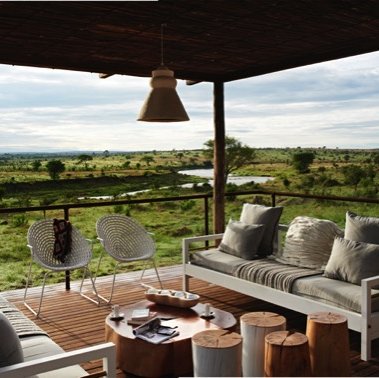
New, creative uses for old African tools
Opened in 2012, Mara River Tented Camp is the perfect representation of Singita’s philosophy of preserving iconic locations by offering ‘fewer beds in larger areas’. With only 16 beds within 98,000 acres of wilderness, the camp is widely recognized for putting forward the concept of sustainable construction that creates an immersive African experience, and also minimizes the impact of the buildings on the environment.
To create a contemporary African design, the architects used traditional objects that have been converted for new uses. The camp has brought hand crafted African baskets from local designers, and used them as decorative elements. For example, baskets used for filtering traditional beer have been painted and act as a décor element. Similarly, wooden pendant lights, whose shapes are derived from African pots, are manufactured from sustainable jacaranda wood. When it comes to the building’s structure, wooden decks and basket walls and roofs have been used to minimize the pressure of the construction on the ground. The camp also uses custom-designed solar panels on which it relies entirely for electricity, making it 100% ‘off the grid’.
The predominant use of colours black, red and blue pays homage to the Masai culture and the heritage of local Kuria tribes. Guests have the opportunity to explore the interior and invite the staff to share stories of how African culture and design has been reinterpreted.
See more great sustainability projects in Tanzania
Communications
- Power supply notes
- The camp is proud of their state-of the-art solar panels, which provide energy even on cloudy days. There is a back-up generator, so power is available 24 hours a day. Both European and American plug adaptors are provided.
- Communications
- There is free WiFi throughout the camp and internal phones in all of the tents. Mobile phone signal is very intermittent.
- TV & radio
- No
- Water supply
- Borehole
- Water supply notes
- There is running hot and cold water in the bathroom that can be used for washing, but filtered water is supplied for drinking. All the toilets have flush systems and are plumbed in.
Health & safety
- Malarial protection recommended
- Yes
- Medical care
- There are first-aid kits in all of the tents, vehicles and main areas. The guides and managers are trained in first aid. In an emergency it would be a three-hour drive for a paramedic to reach the camp.
- Dangerous animals
- High Risk
- Security measures
- Traditionally dressed Maasai, armed with spears, will escort you to and from your room at night
- Fire safety
- There are fire extinguishers in all of the tents and the main area.
Useful info
- Disabled access
- Not Possible
- Laundry facilities
- Full Laundry Service included. Machine washed and dried.
- Money
- There are electronic safes in all of the rooms.
- Accepted payment on location
- Visa, MasterCard and American Express cards are accepted without surcharge. Cash in US dollars and euros may also be used.
Plan and book your trip with Expert Africa
All of our trips are tailor-made, so we'll always adapt them to suit you. Talk to an Expert and let us plan and arrange your perfect trip.

Talk to an Expert
Call or email us now! We’ll match you with the Specialist in our team who is best suited to help you. Then together we can start planning your trip.

Set up your itinerary
Based on our experience and your ideas, your specialist will create a detailed, costed itinerary. We’ll refine it together, until we have a trip that you’re perfectly happy with.

Prepare for your trip
The same Specialist will make the seamless arrangements for your trip, send you detailed travel documents, and be available to answer any questions before you depart.

Travel with peace of mind
After you set off, you’ll be cared for by our partners in Africa, most of whom have worked with Expert Africa for decades. And if you ever need us urgently, we’re available 24/7.

When you return
We love to learn about your trip, and so will always be grateful if you’ve the time to give feedback to your Specialist when you return.
Singita Mara River Tented Camp's location
Look closer at the environment and surroundings of Singita Mara River.
Excursions from Singita Mara River
Optional extra day-trips and excursions possible whilst you're staying at Singita Mara River. Talk to us: these are usually best arranged before you go.
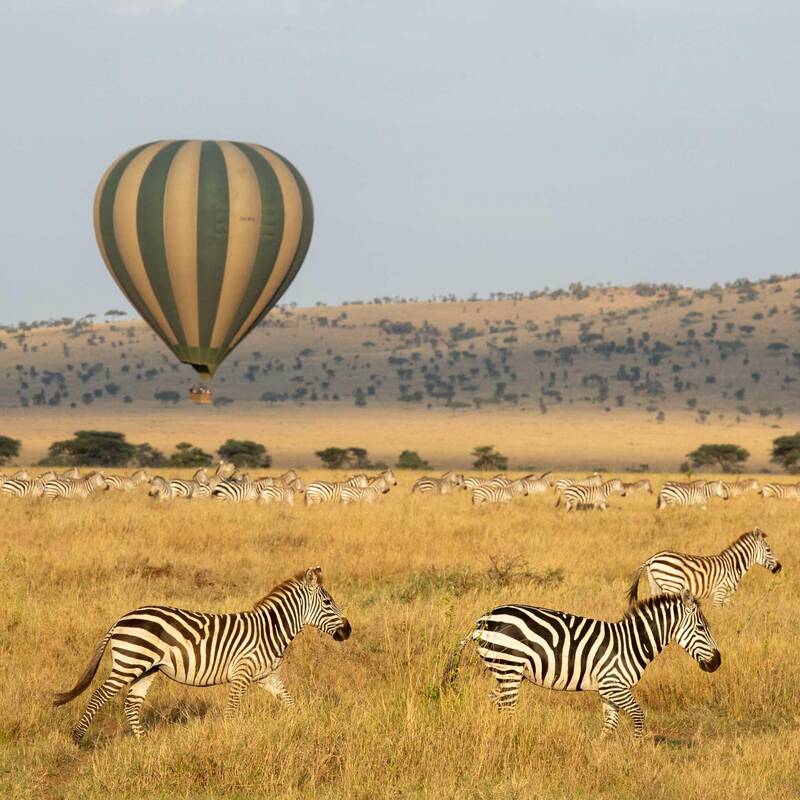
Balloon Safari over the Serengeti
Three hours - approx. one hour flight
As the sun rises over the Serengeti National Park in northern Tanzania, climb aboard for an extraordinary adventure. For an hour you’ll float in a hot air balloon over beautiful savannah and woodland and a diversity of plains wildlife.
More about Balloon SafariOther lodges in Serengeti Migration Area
Alternative places to stay in this same area.
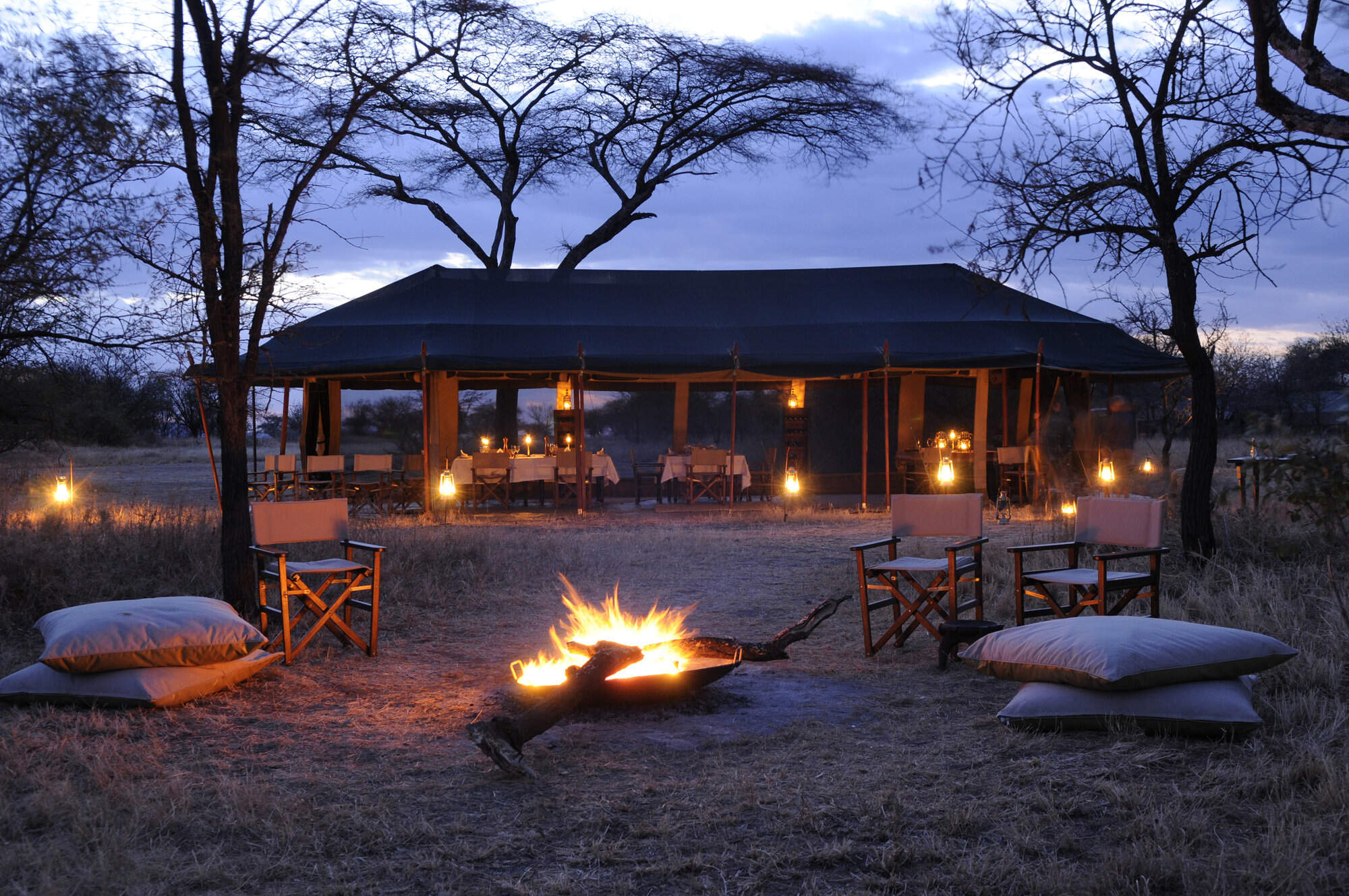
Olakira Camp
Comfortable, friendly and relaxed, Olakira Camp moves between the Mara River and the southern Ndutu area, in line with the wildebeest migration.
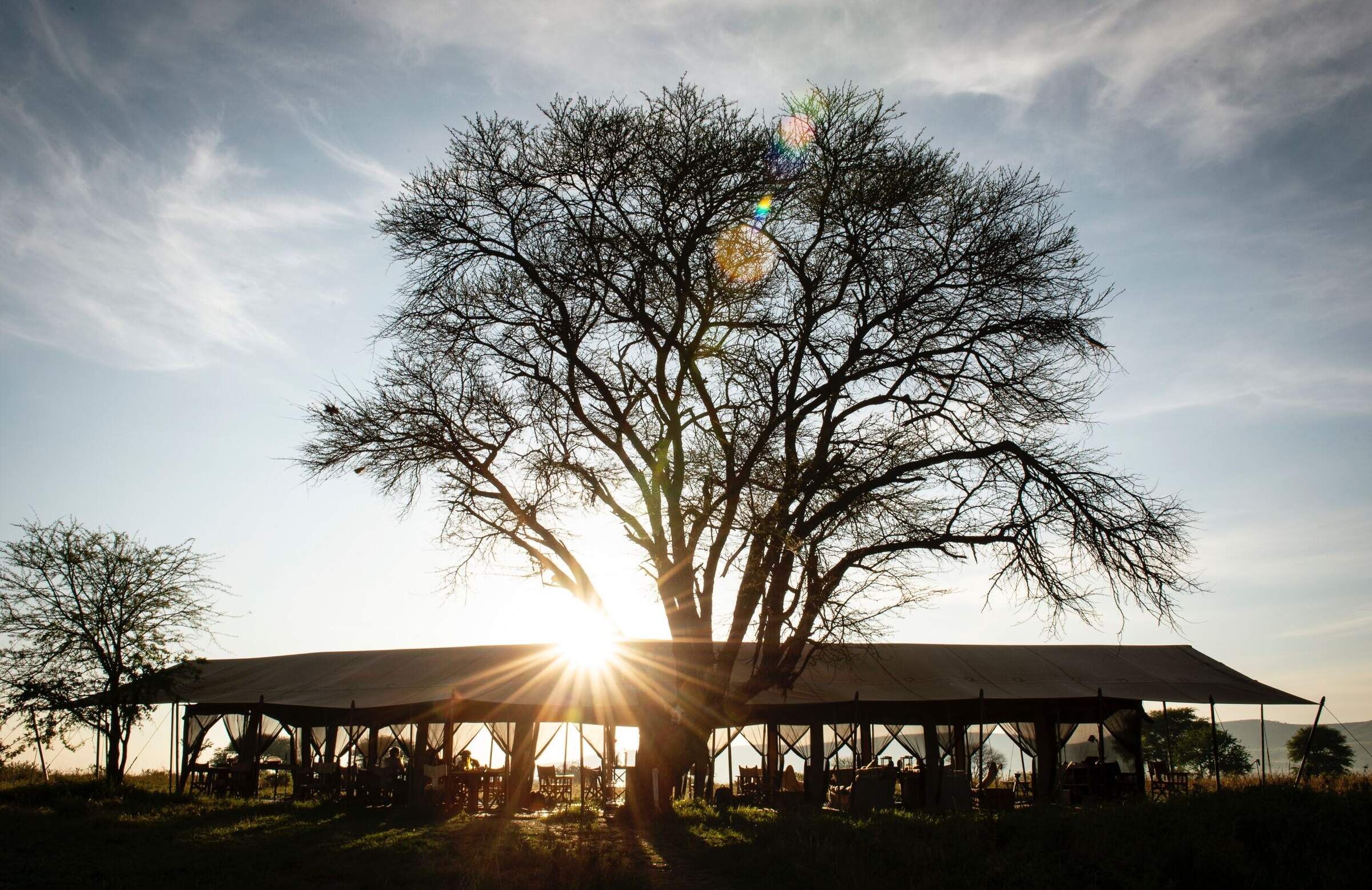
Nomad Serengeti Camp
Serengeti Safari Camp is a well-appointed tented camp that moves several times a year to follow the predicted path of the migration.
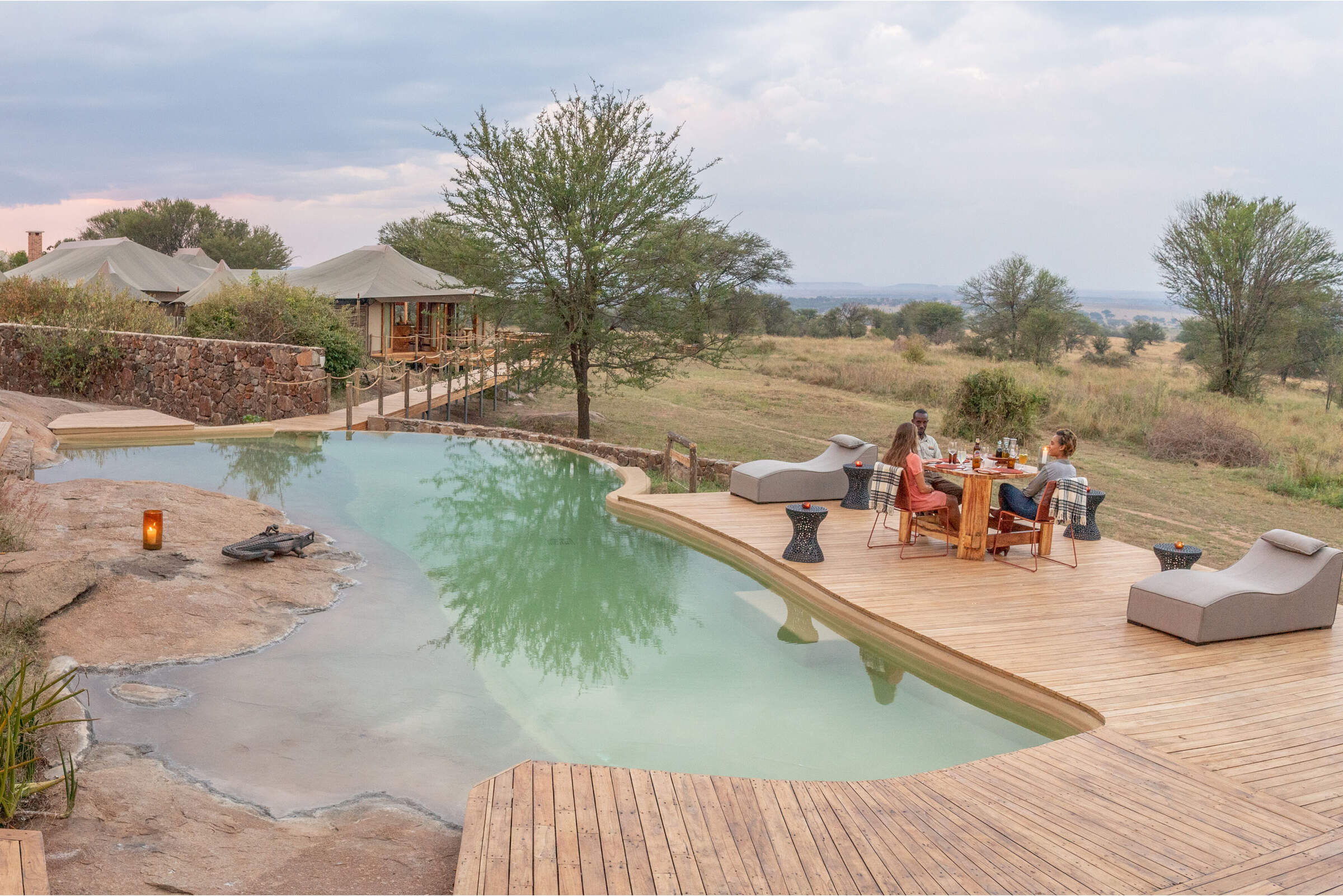
Sayari Camp
In the northern Serengeti, near the Mara River, luxurious Sayari Camp offers excellent wildife all year – boosted further by the wildebeest migration.
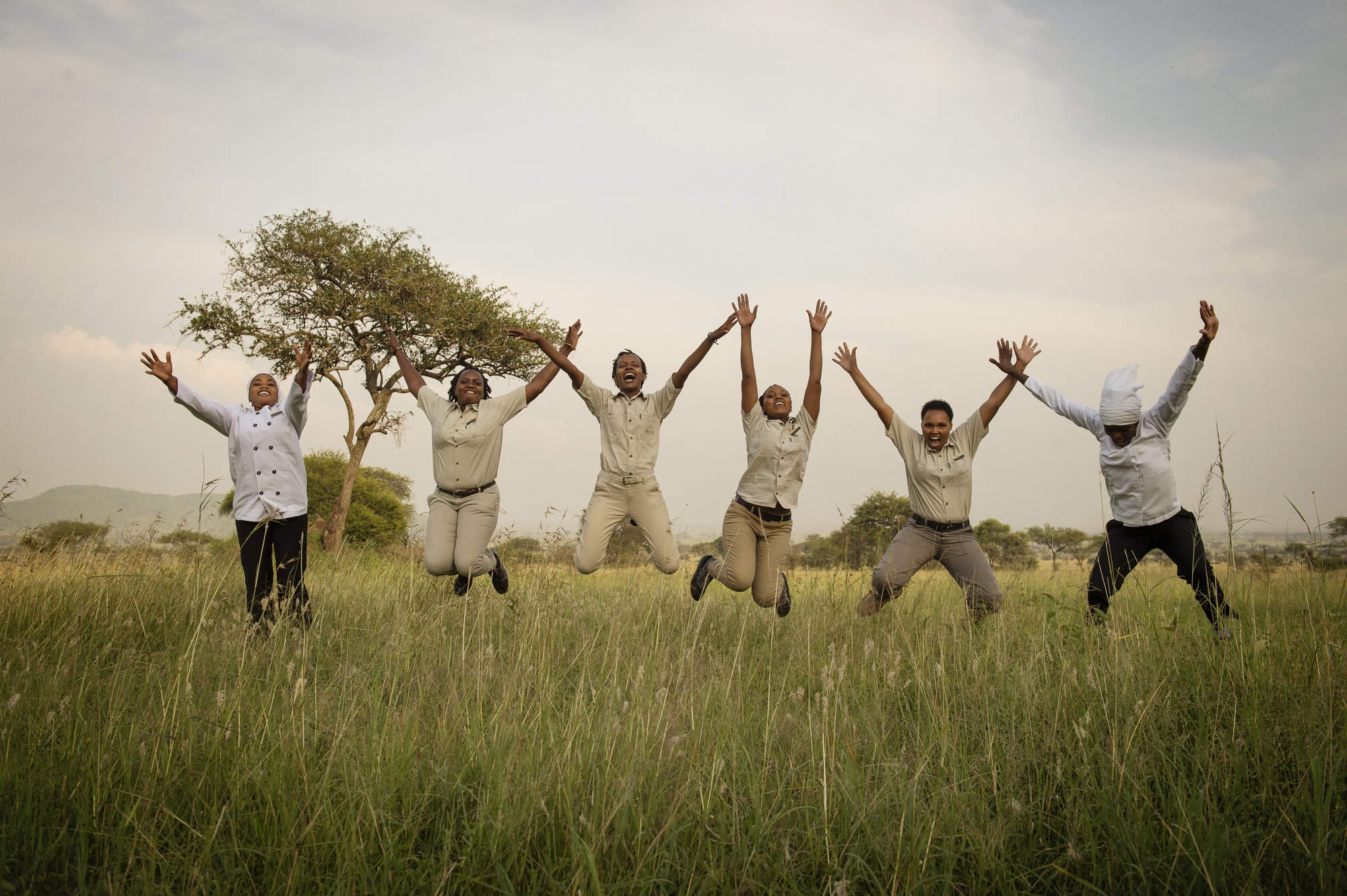
Dunia Camp
Dunia Camp is well located for the migration from December to March, and has excellent game viewing for the rest of the year.
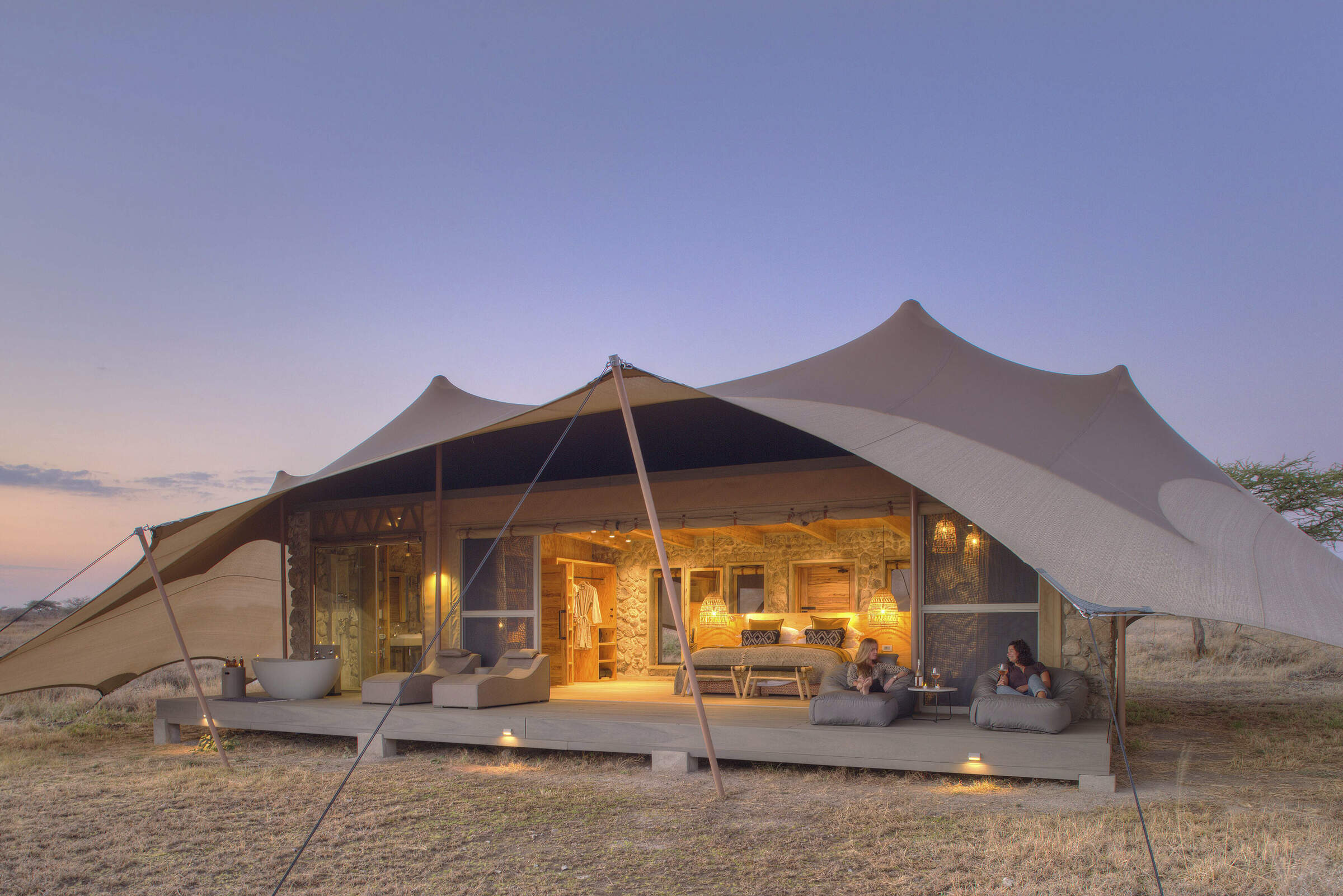
Namiri Plains Camp
Namiri Plains is one of the best camps in the Serengeti and its remoteness ensures a fantastic wildlife experience away from the crowds.
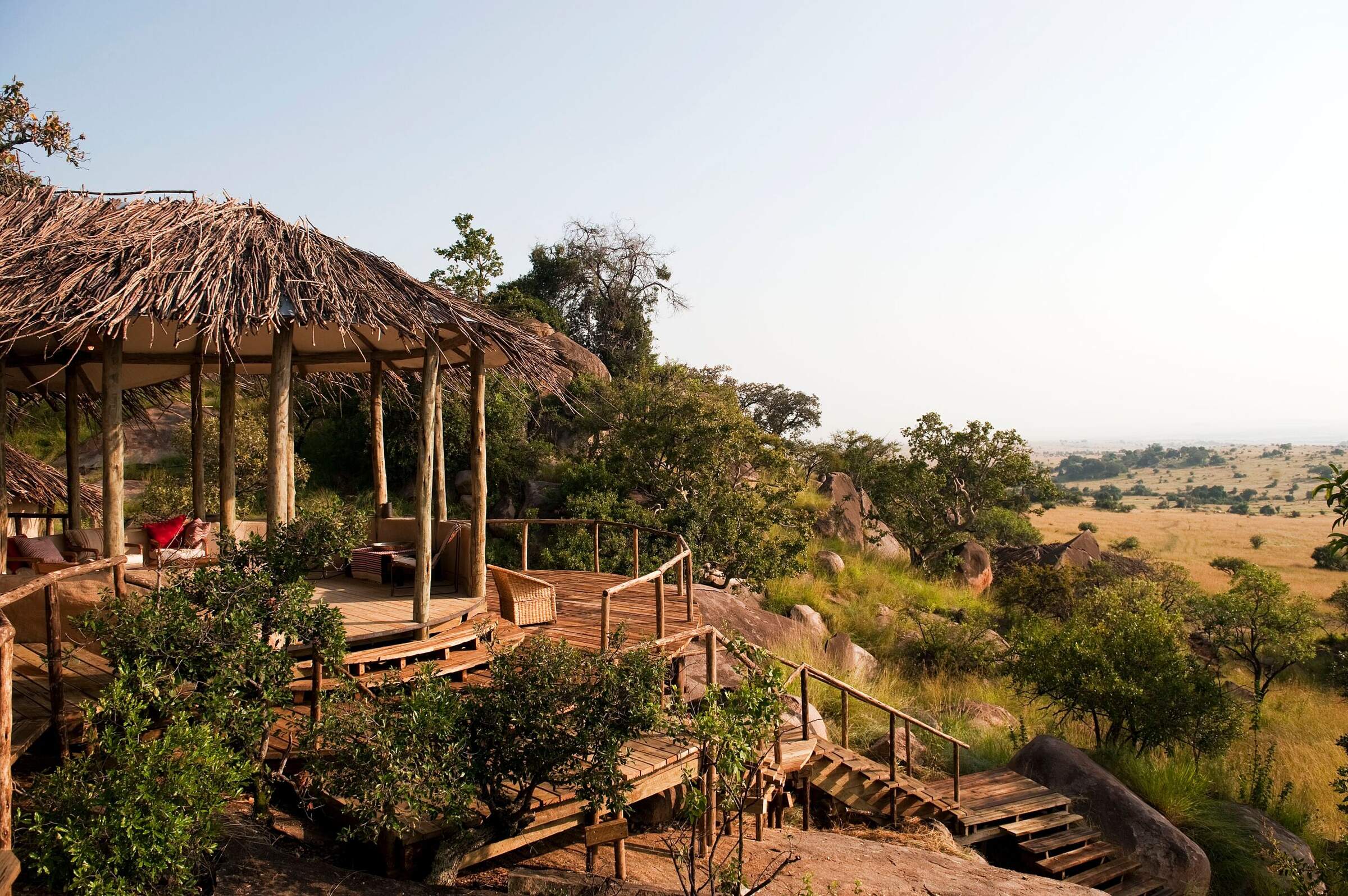
Lamai Serengeti
Set high in the kopjes with fantastic views, Lamai Serengeti offers top service and guiding and good migration sightings from Jul-Oct.
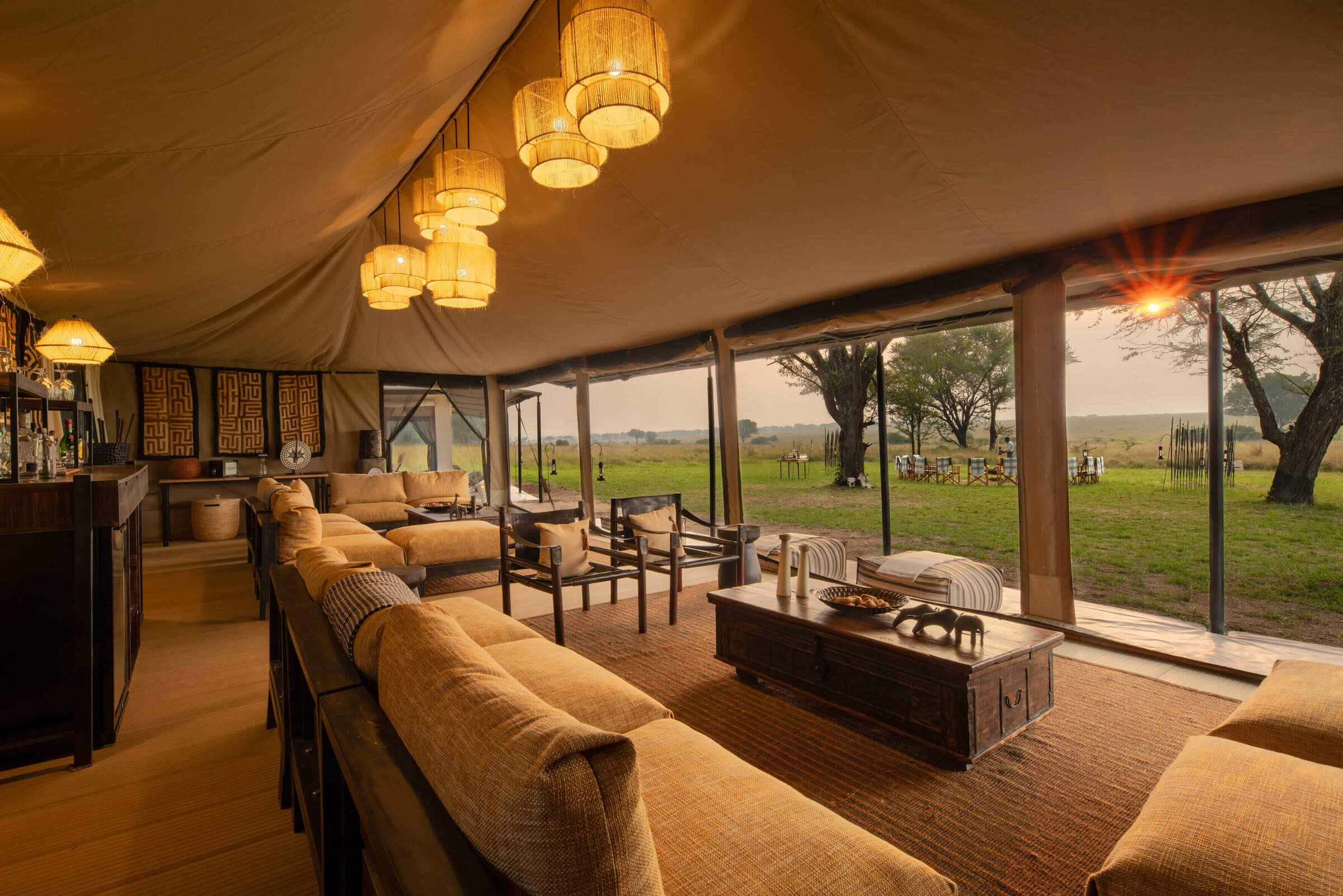
Ubuntu Camp
Ubuntu Camp has several locations in the Serengeti, following the wildebeest migration, so it is often in a great location to see the herds.
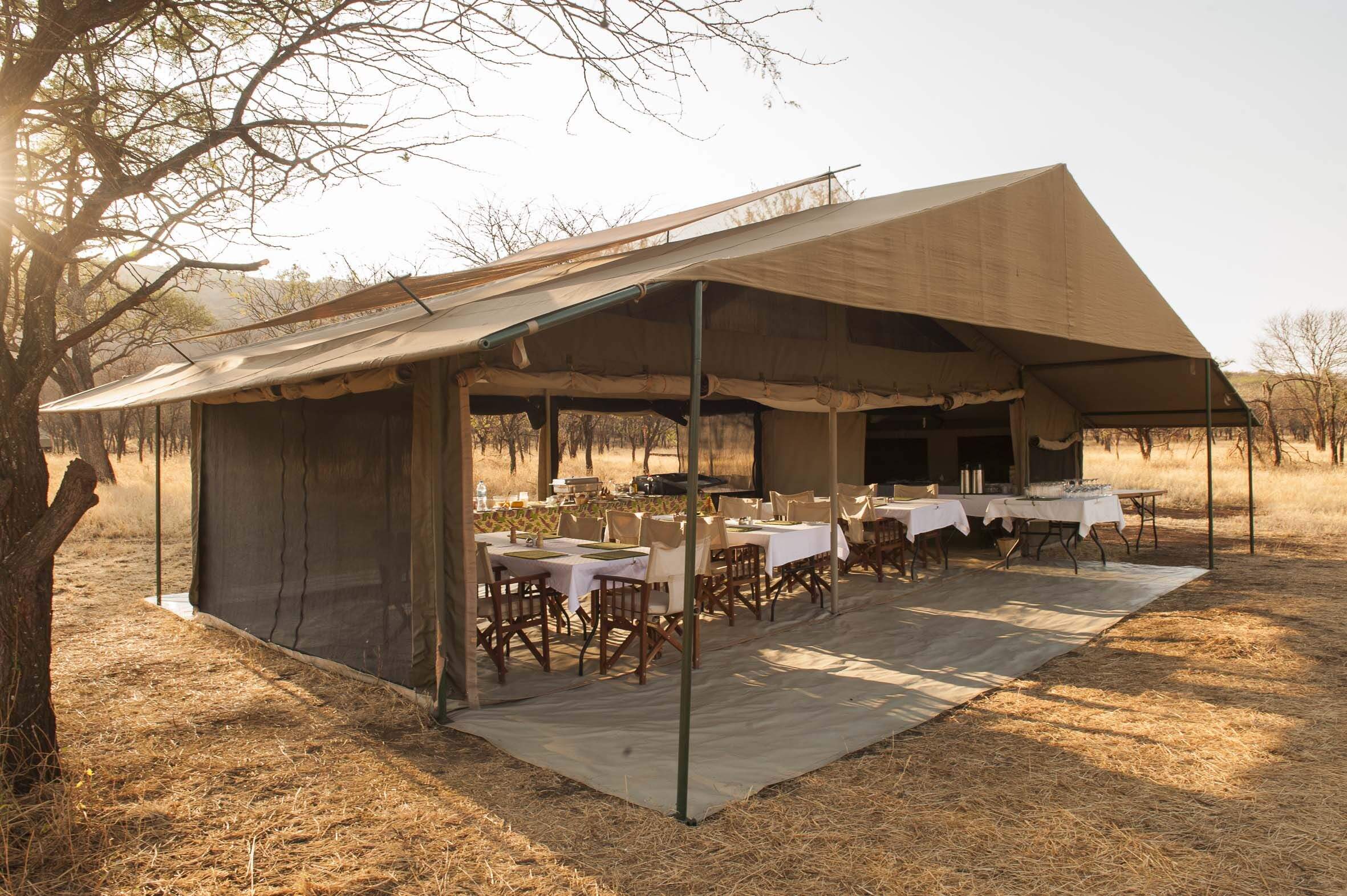
Kati Kati Camp
Kati Kati is a small, very simple bushcamp, which is well-positioned to explore the wildlife-rich Seronera area.
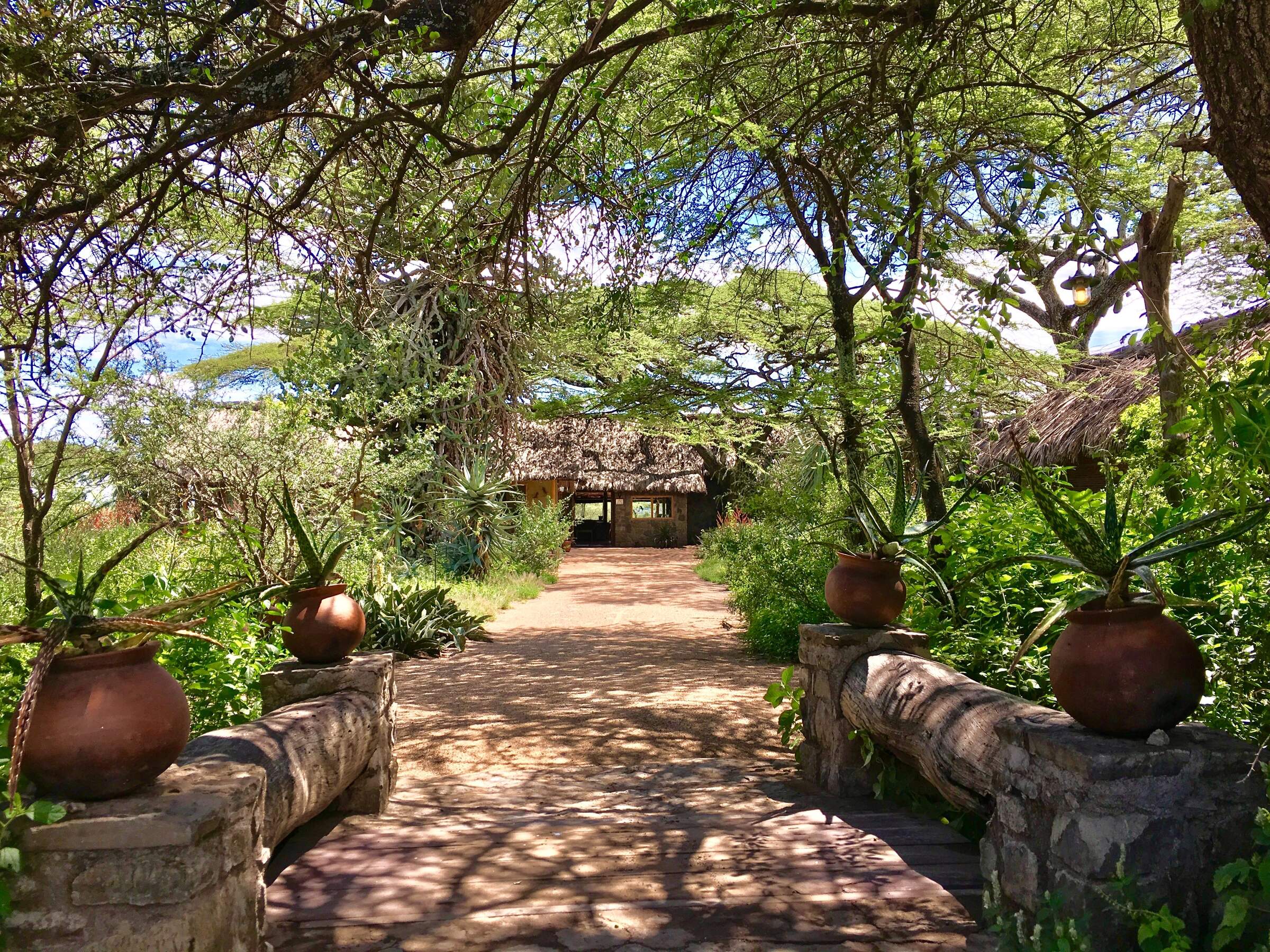
Ndutu Safari Lodge
Large and economical, but not luxurious, Ndutu Safari Lodge is well located in the southern Serengeti, so book early to get space.
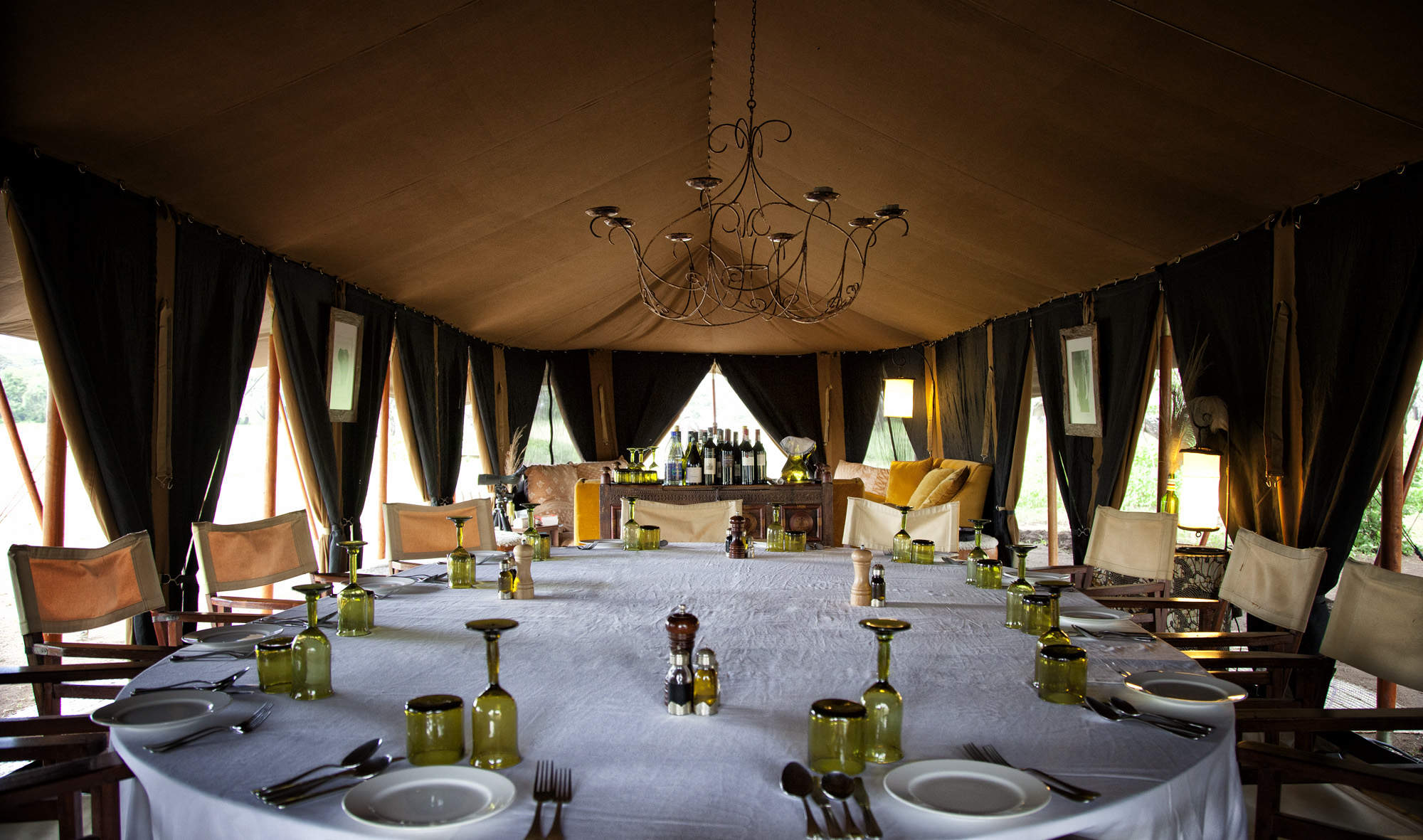
Serian Serengeti
Serian Serengeti is a mobile tented operation run by Alex Walker which moves between two locations following the wildebeest migration.
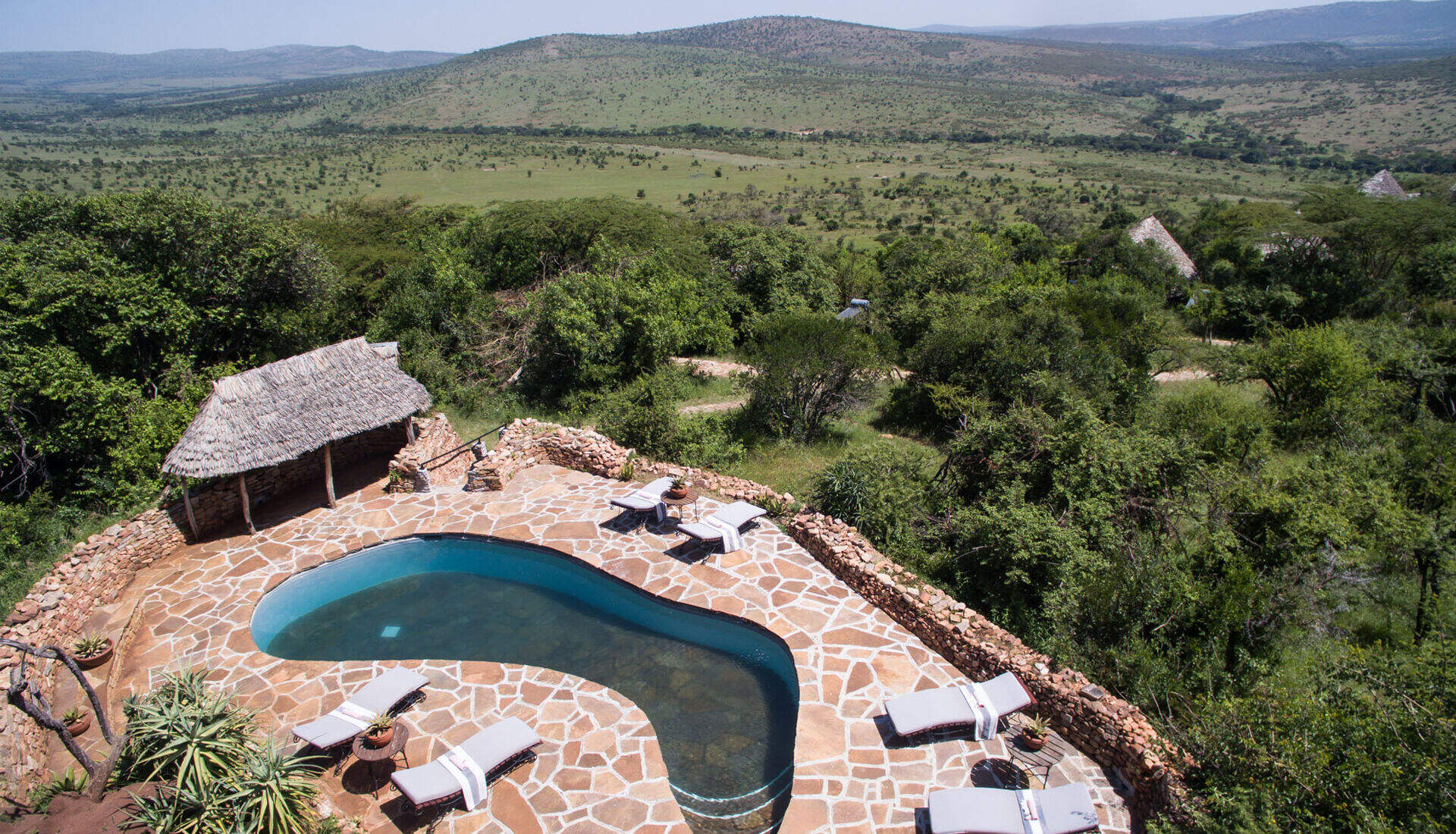
Klein's Camp
Klein's Camp, in a private area of the northern Serengeti, sets high standards. Activities include walks, nights drives and Maasai village visits.
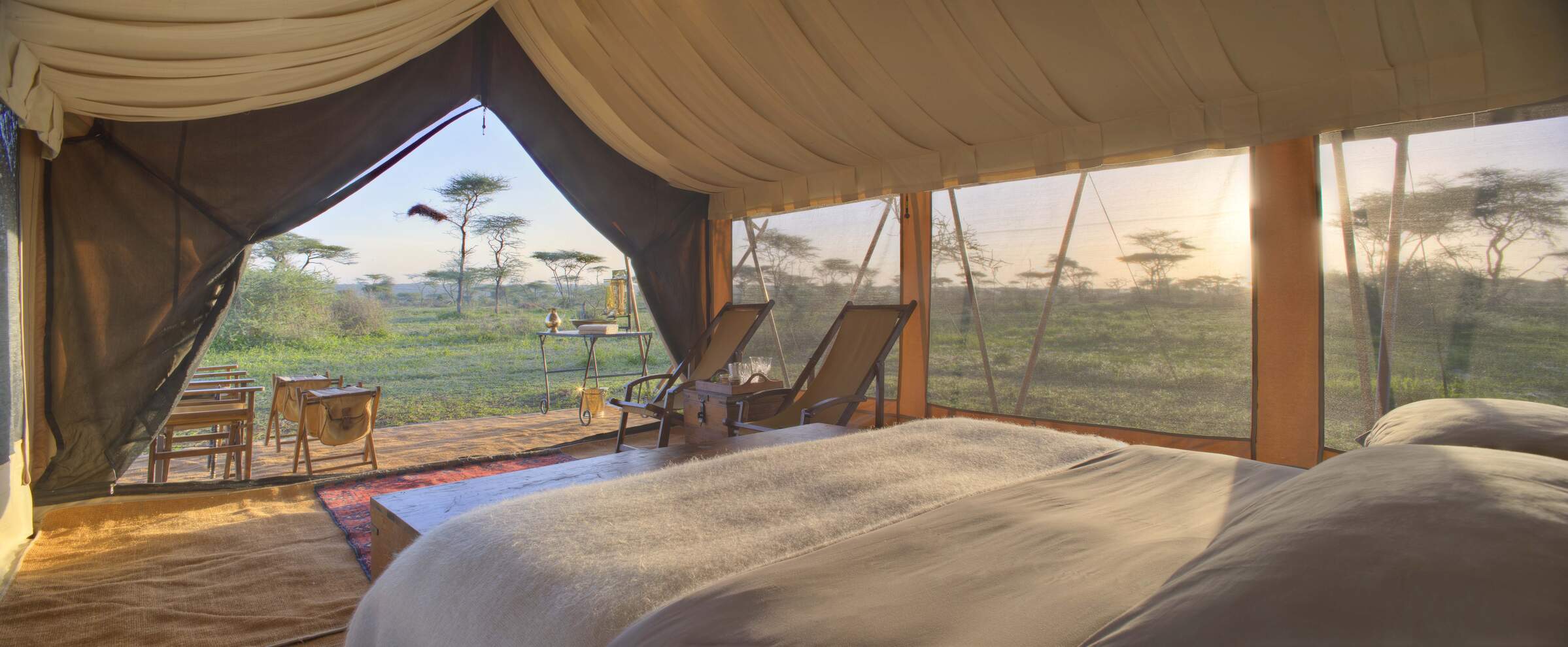
Serengeti under Canvas
Two of the three Serengeti under Canvas camps move through the Serengeti National Park every few months to follow the wildebeest migration.
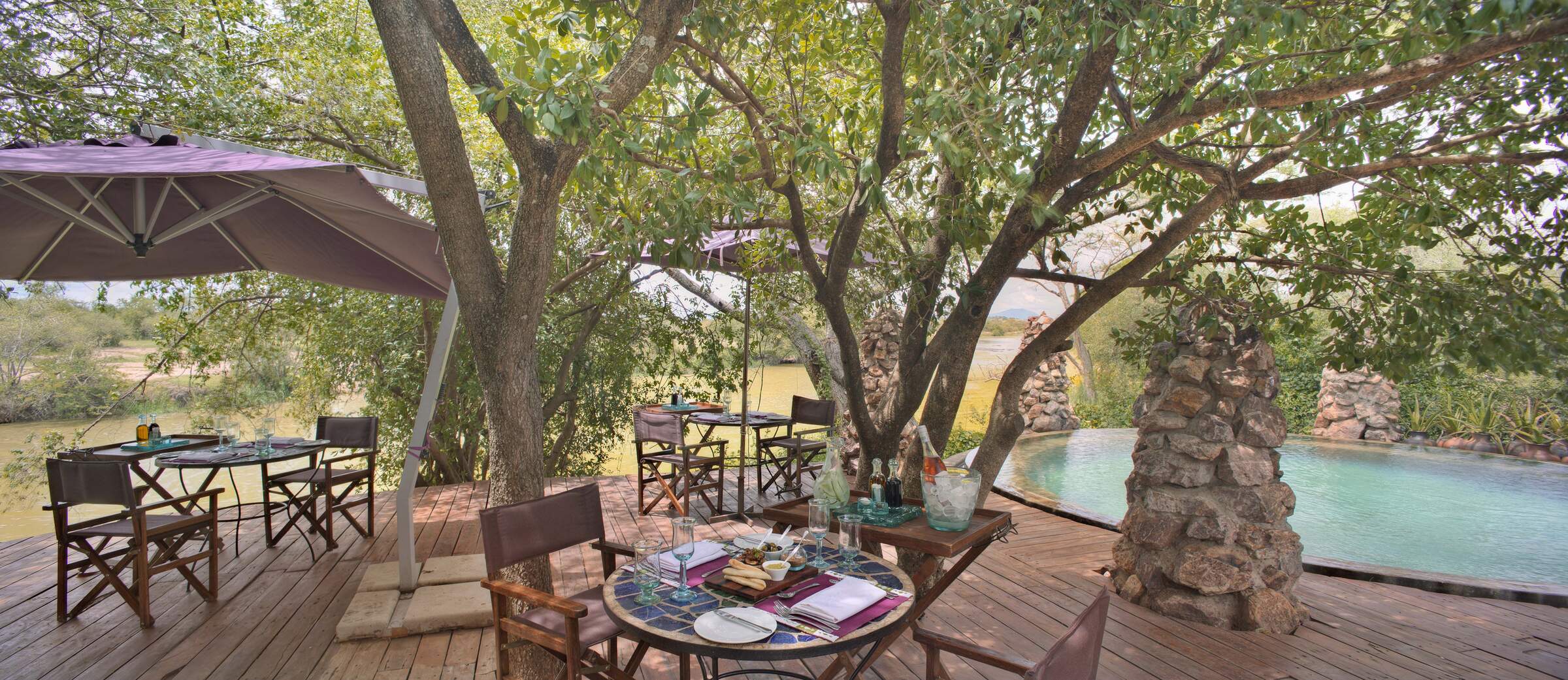
Grumeti River Camp
Grumeti River Camp offers a laid-back atmosphere combined with top service, first-rate food, expert guiding and an excellent location.
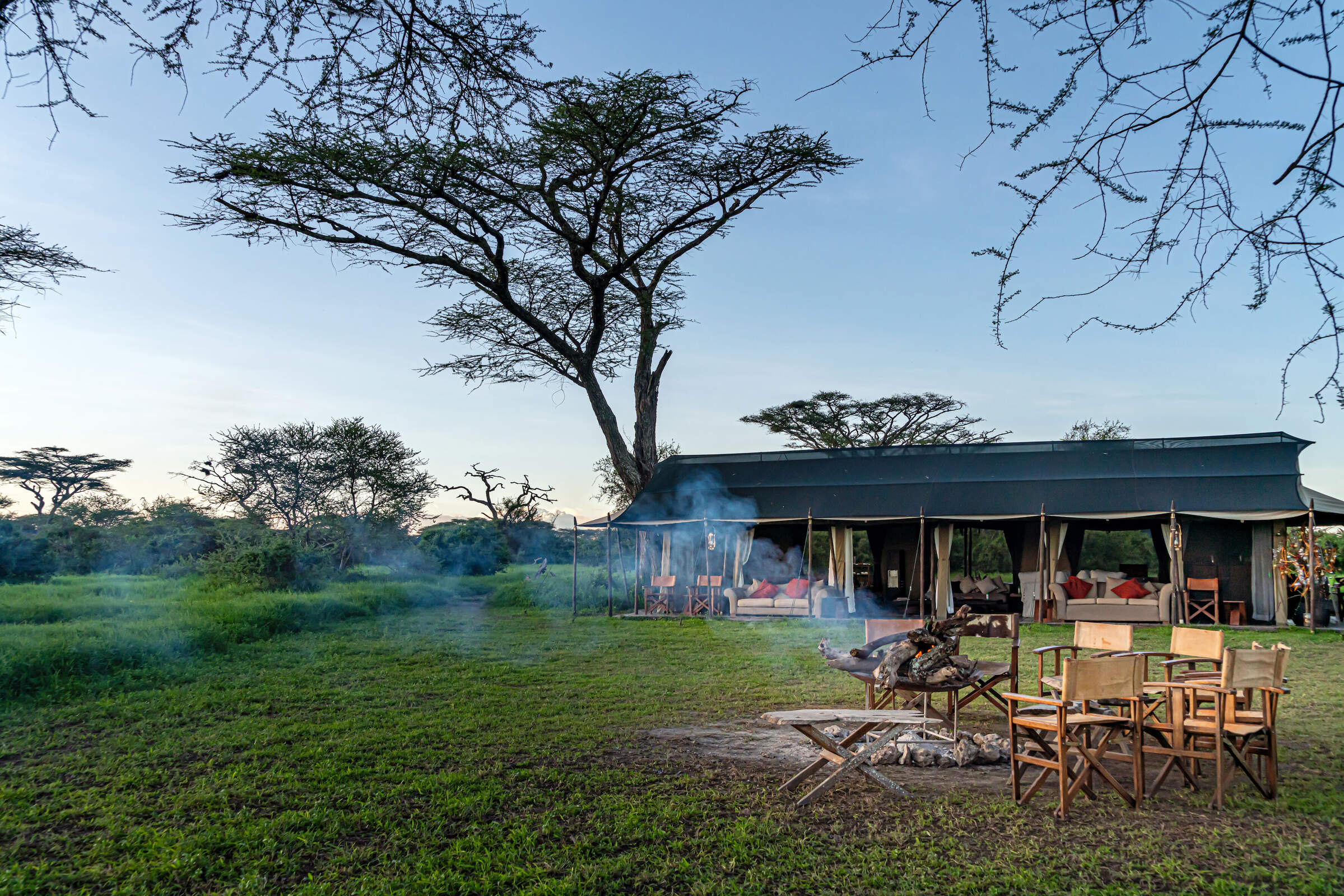
Lemala Mara-Ndutu
Lemala Mara-Ndutu is a semi-permanent camp that moves between the north and south of the Serengeti to witness the wildebeest migration.
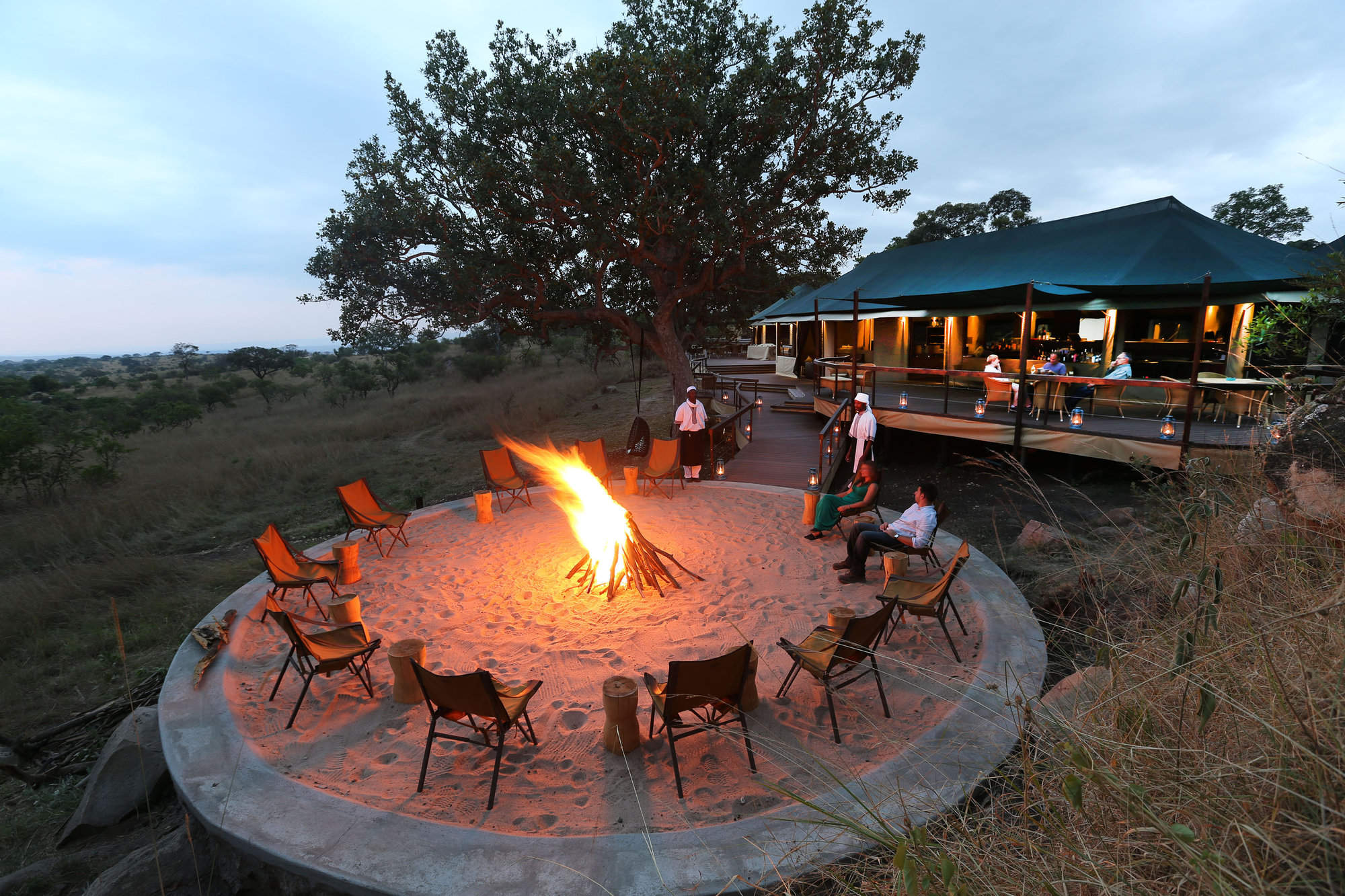
Lemala Kuria Hills
Lemala Kuria Hills is a luxury permanent camp that is ideally located for wildlife all year around, but especially during the wildebeest migration.
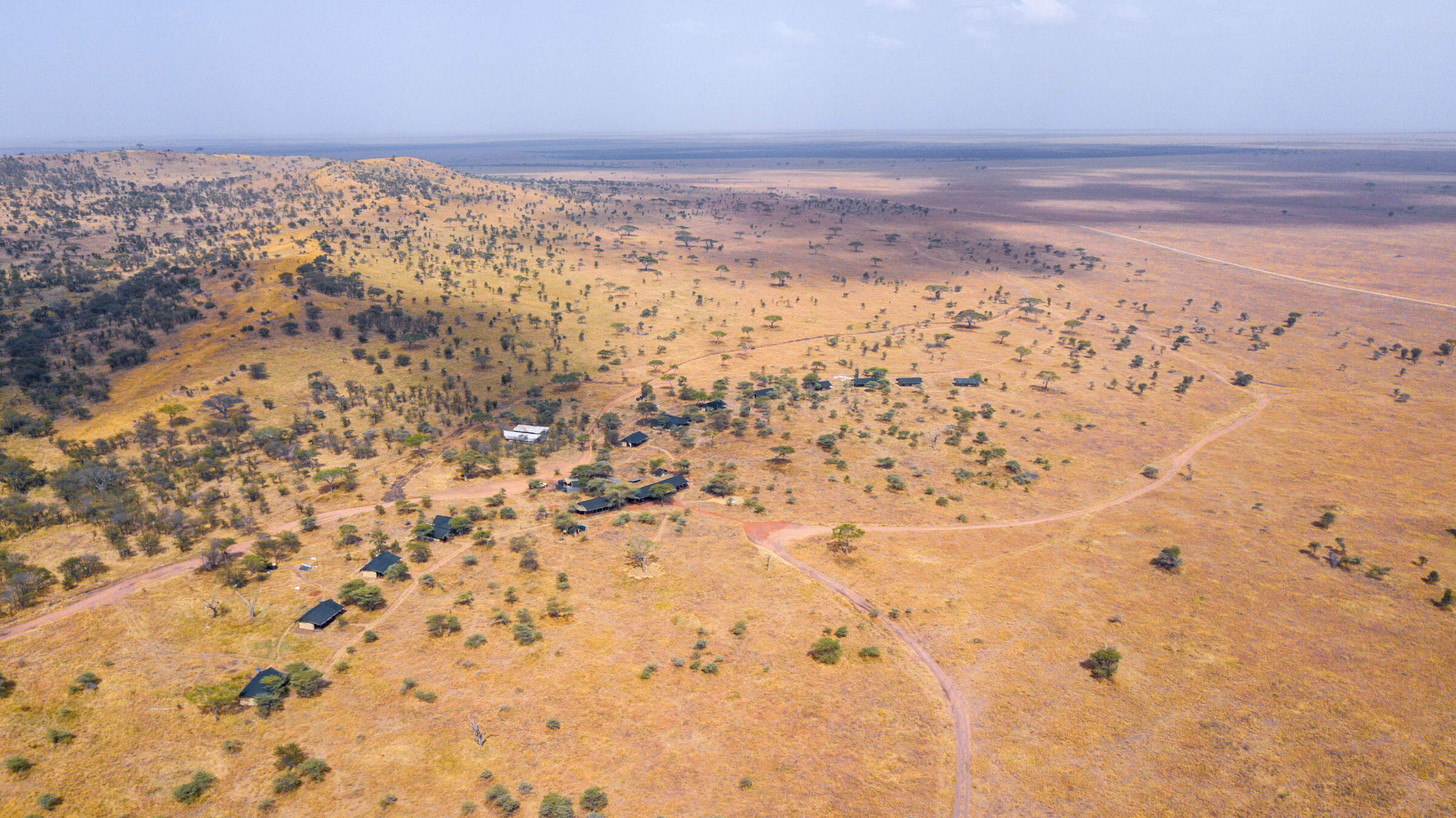
Lemala Ewanjan
Lemala Ewanjan is a comfortable and stylish tented camp in the Seronera area of the central Serengeti National Park.
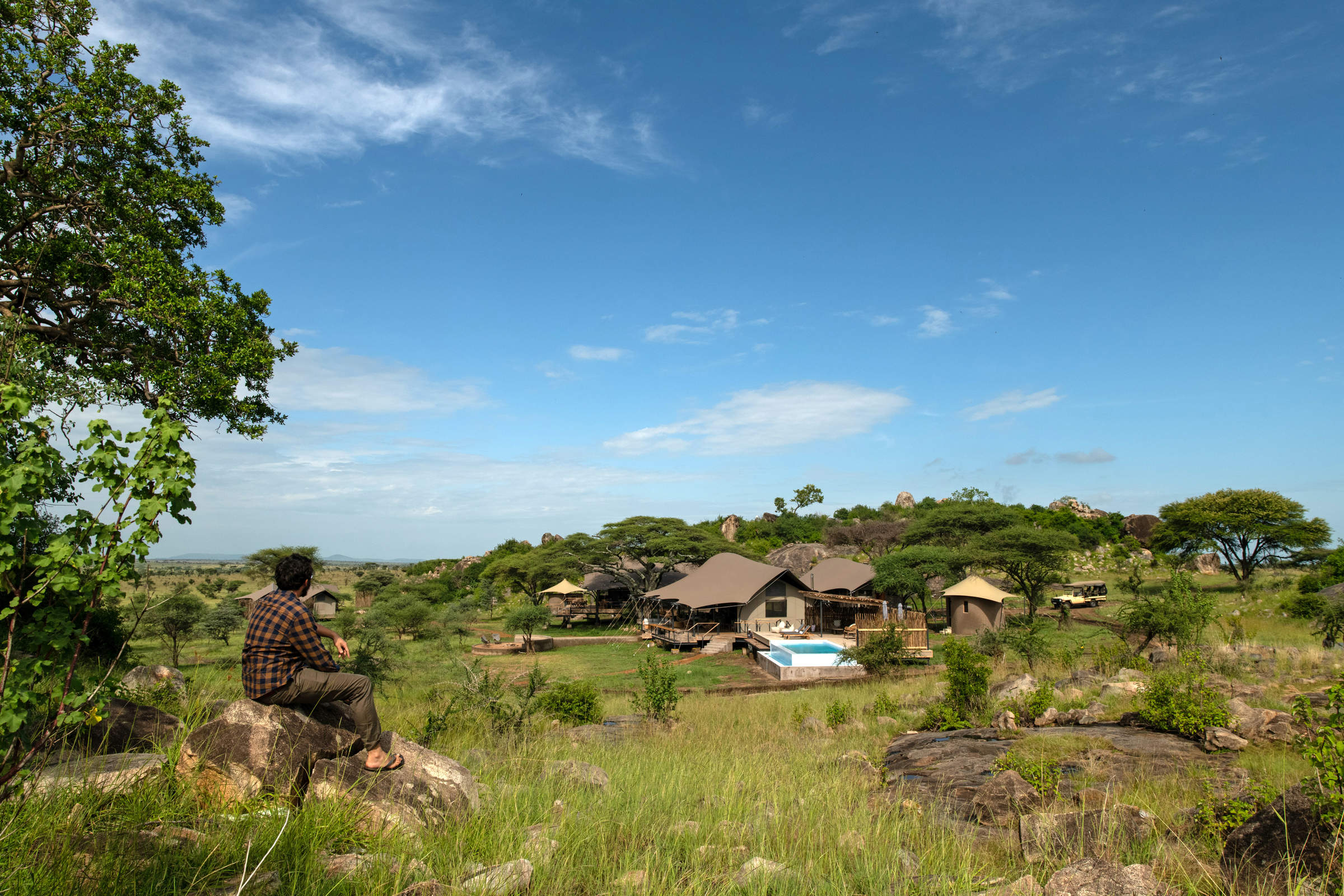
Lemala Nanyukie
Lemala Nanyukie is a stylish camp located in the quieter part of the central Serengeti.
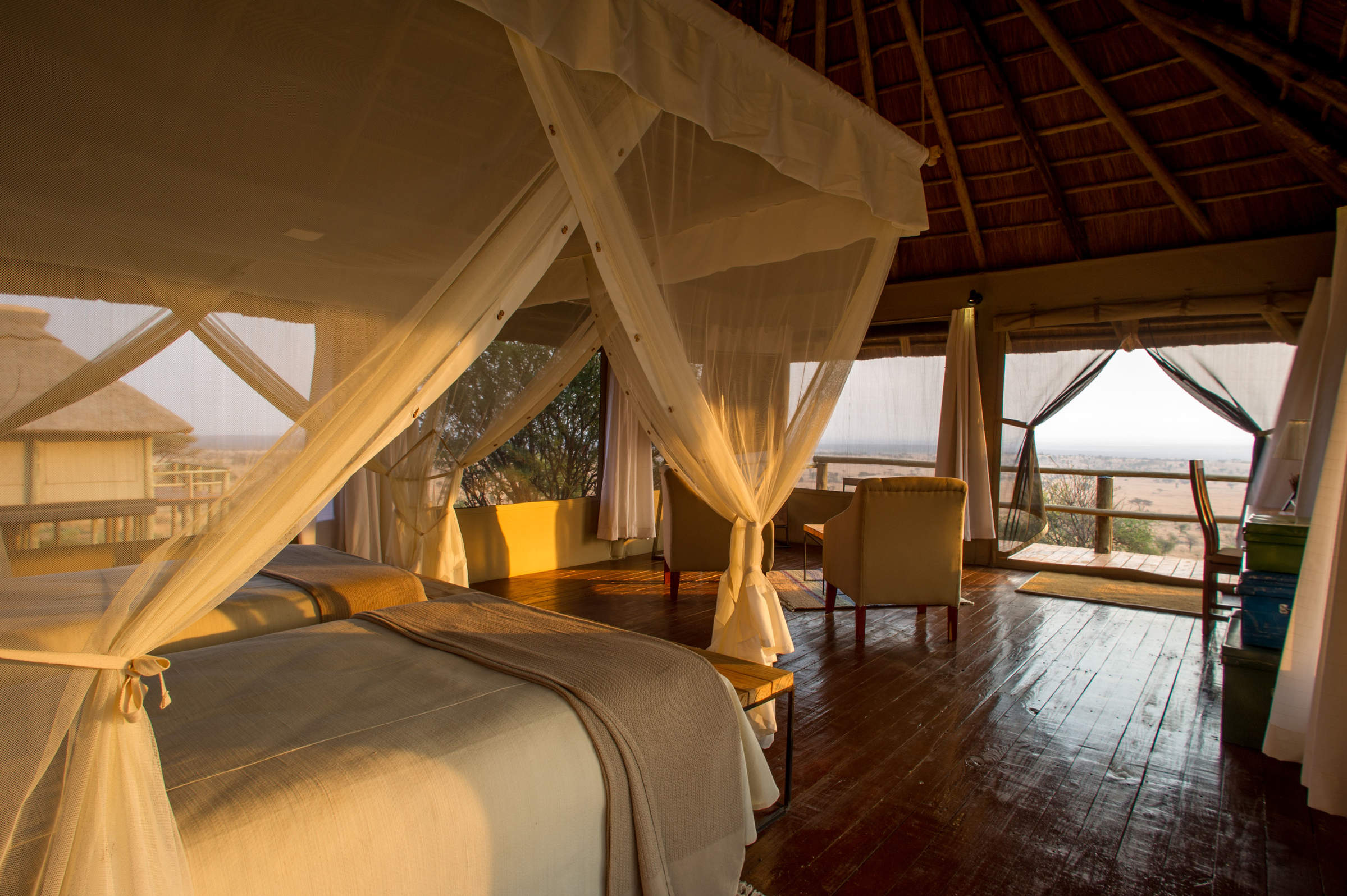
Kubu Kubu
Kubu Kubu is a contemporary, tented lodge, well located in the central Seronera area of the Serengeti National Park.
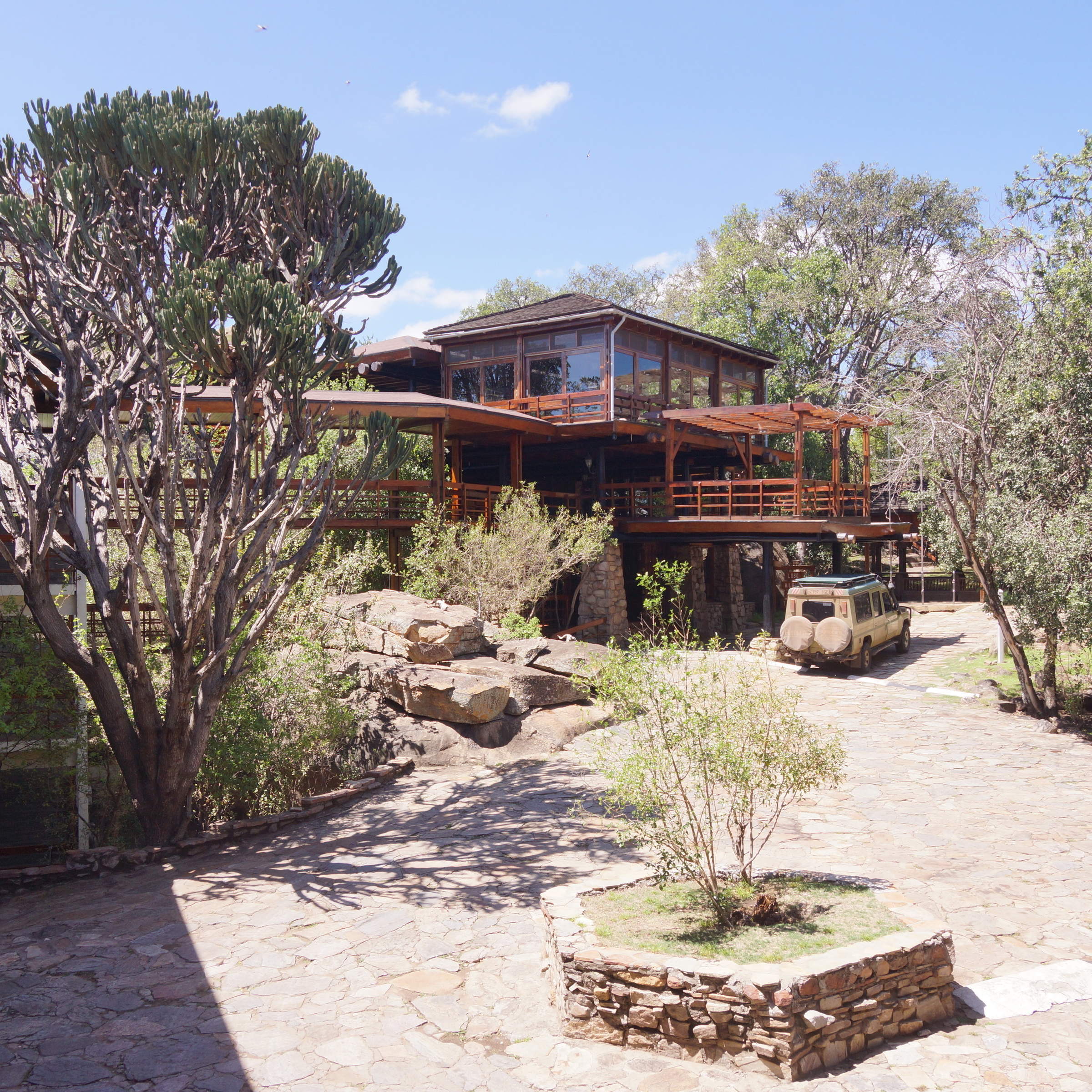
Lobo Wildlife Lodge
The large Lobo Wildlife Lodge has simple, functional rooms in a stunning location. It's a good base for exploring the north-eastern Serengeti.
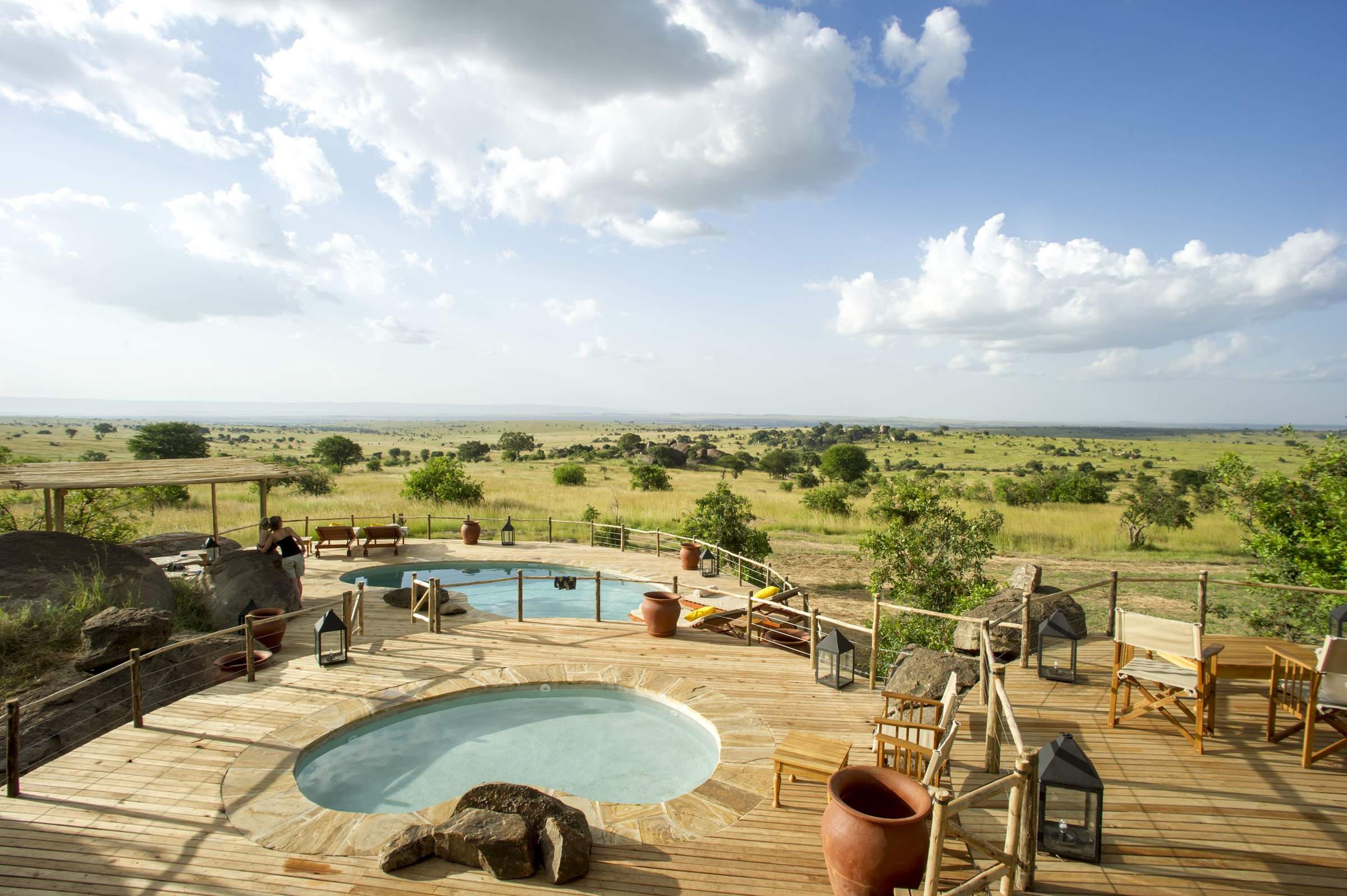
Mkombe's House Lamai
Mkombe's House Lamai is a fully staffed private house in the Wogakuria Kopjes district of Serengeti National Park.
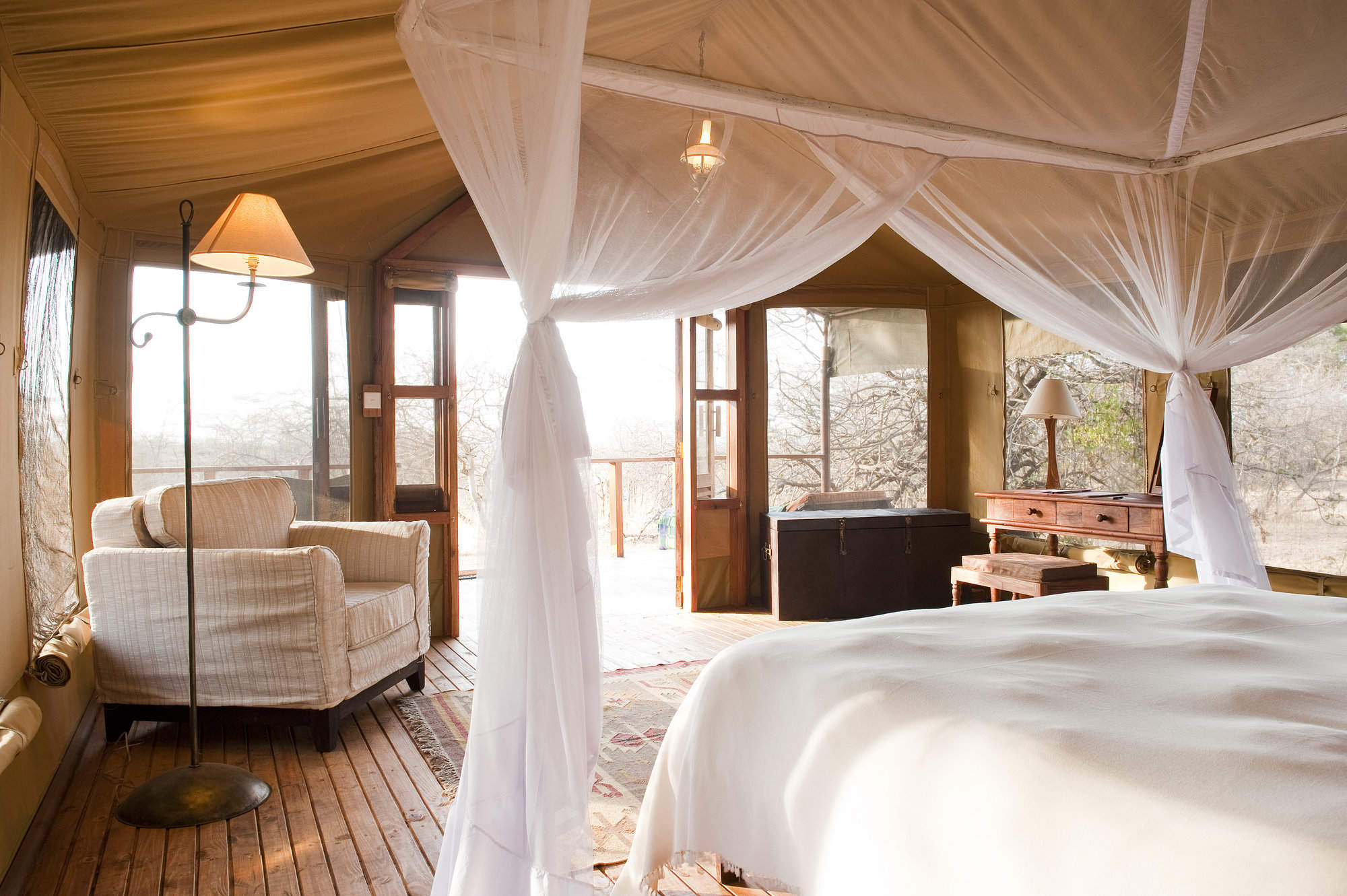
Kusini Camp
Kusini Camp is permanent, luxury camp located on a beautiful kopje in a quiet, wildlife-rich corner of the south-west Serengeti.
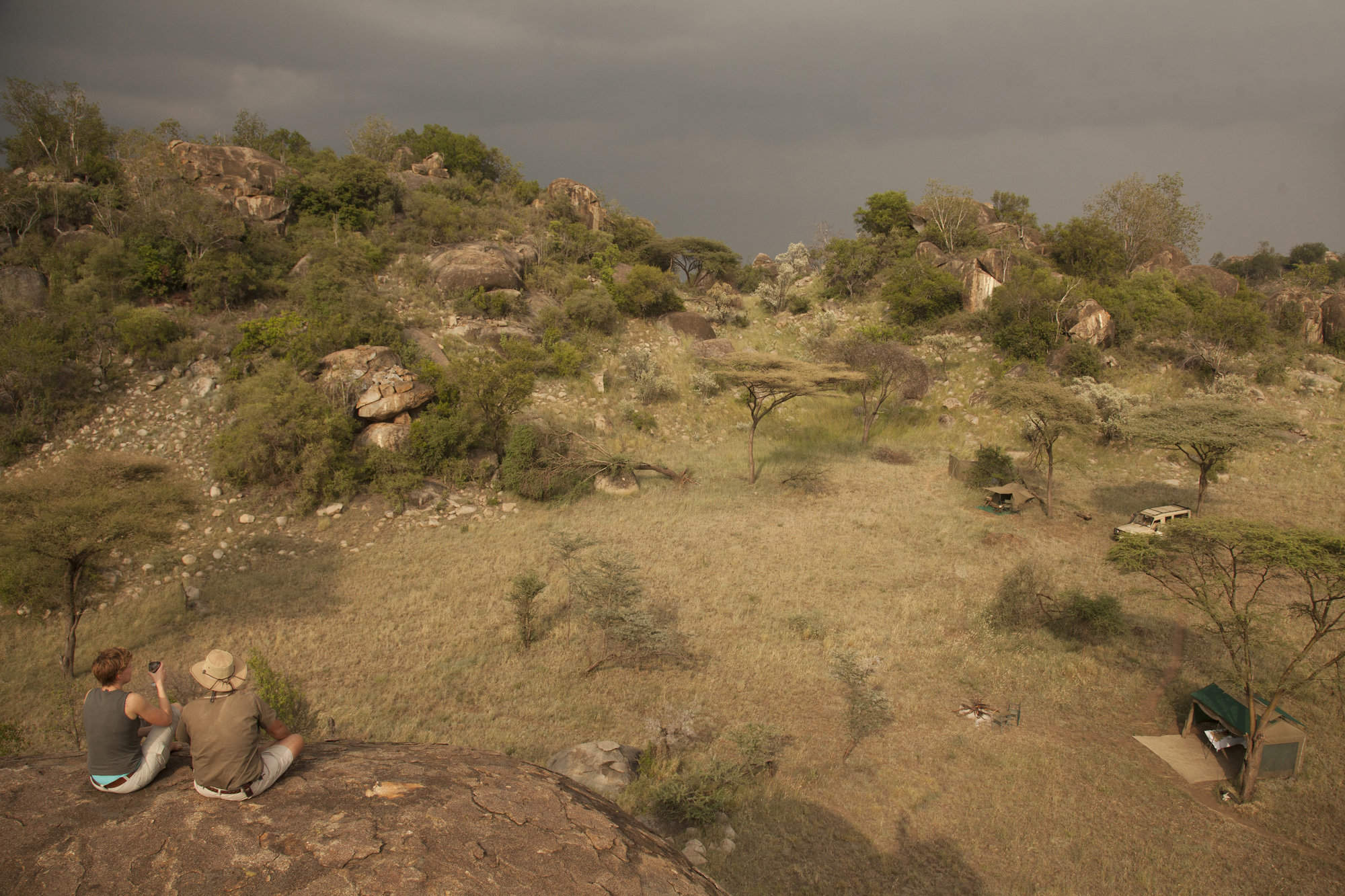
Serengeti Walking Mobile
This fairly simple camp offers only walking activities, but it's very well done and combines well with more conventional camps or lodges.
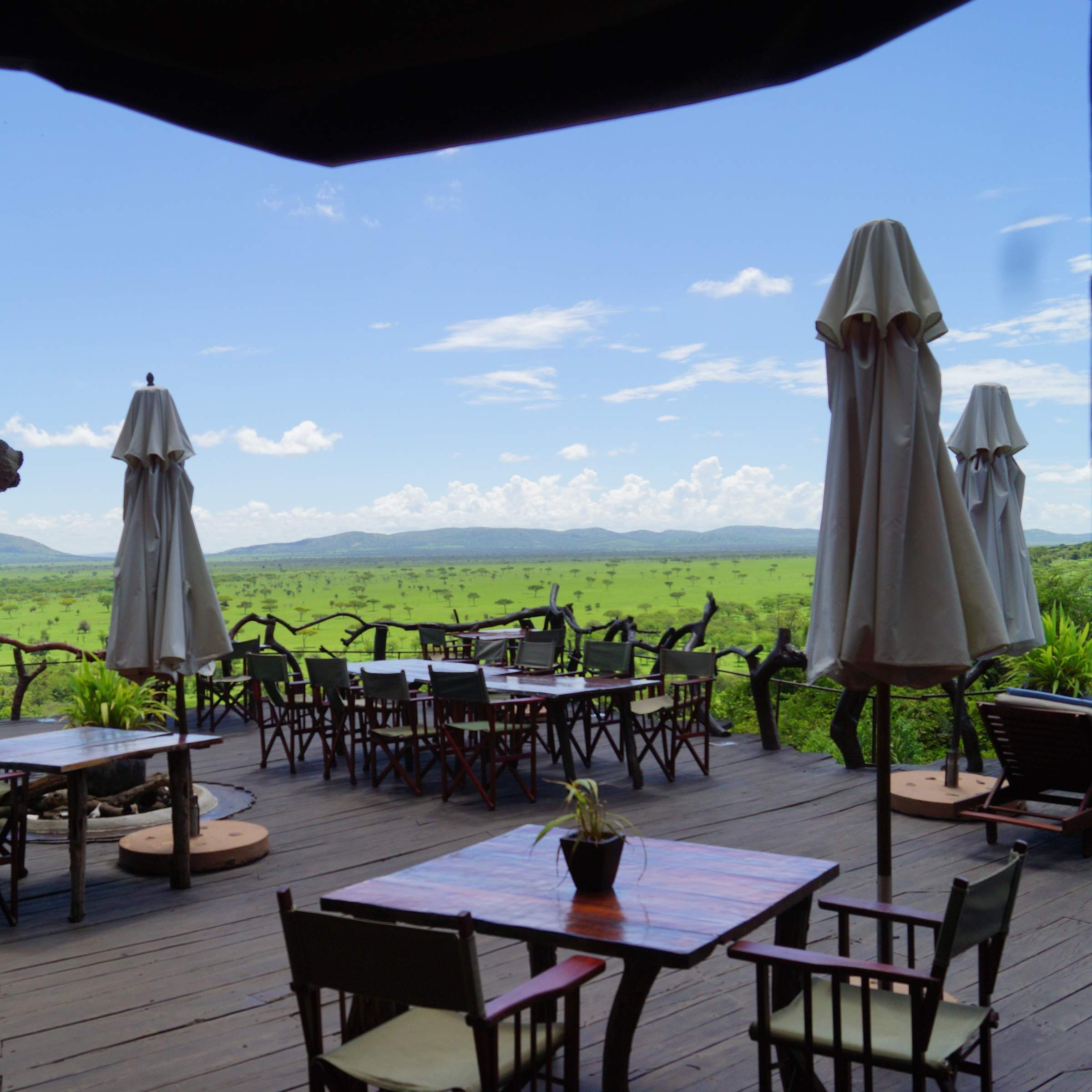
Mbalageti Lodge
Mbalageti is a well-run lodge in a quiet part of the Serengeti's western corridor – an ideal location during the Apr-Jun migration.
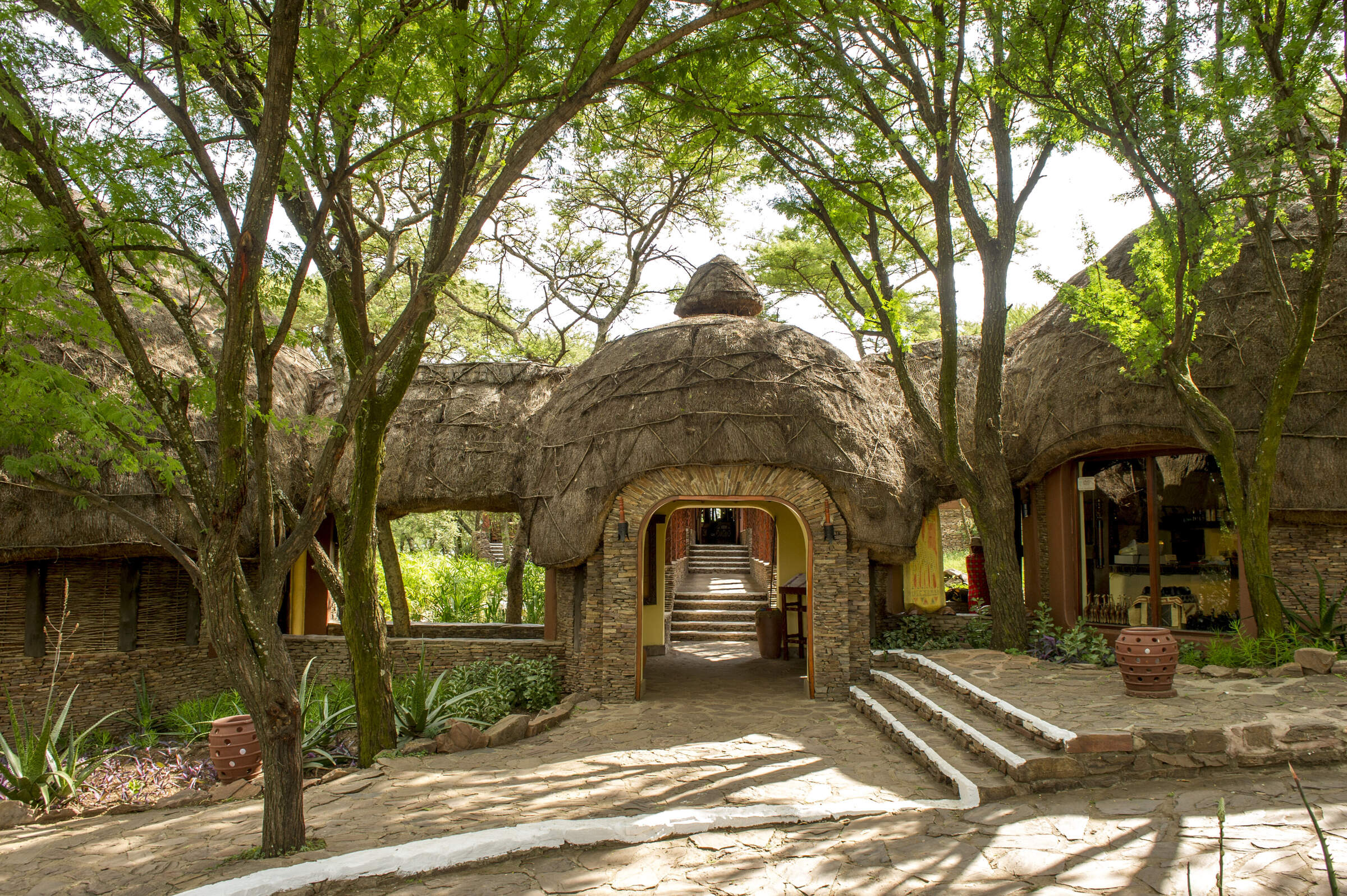
Serengeti Serena
The Serengeti Serena Safari Lodge is a large, hotel-style lodge and a good family-friendly base from which to explore the central Serengeti.
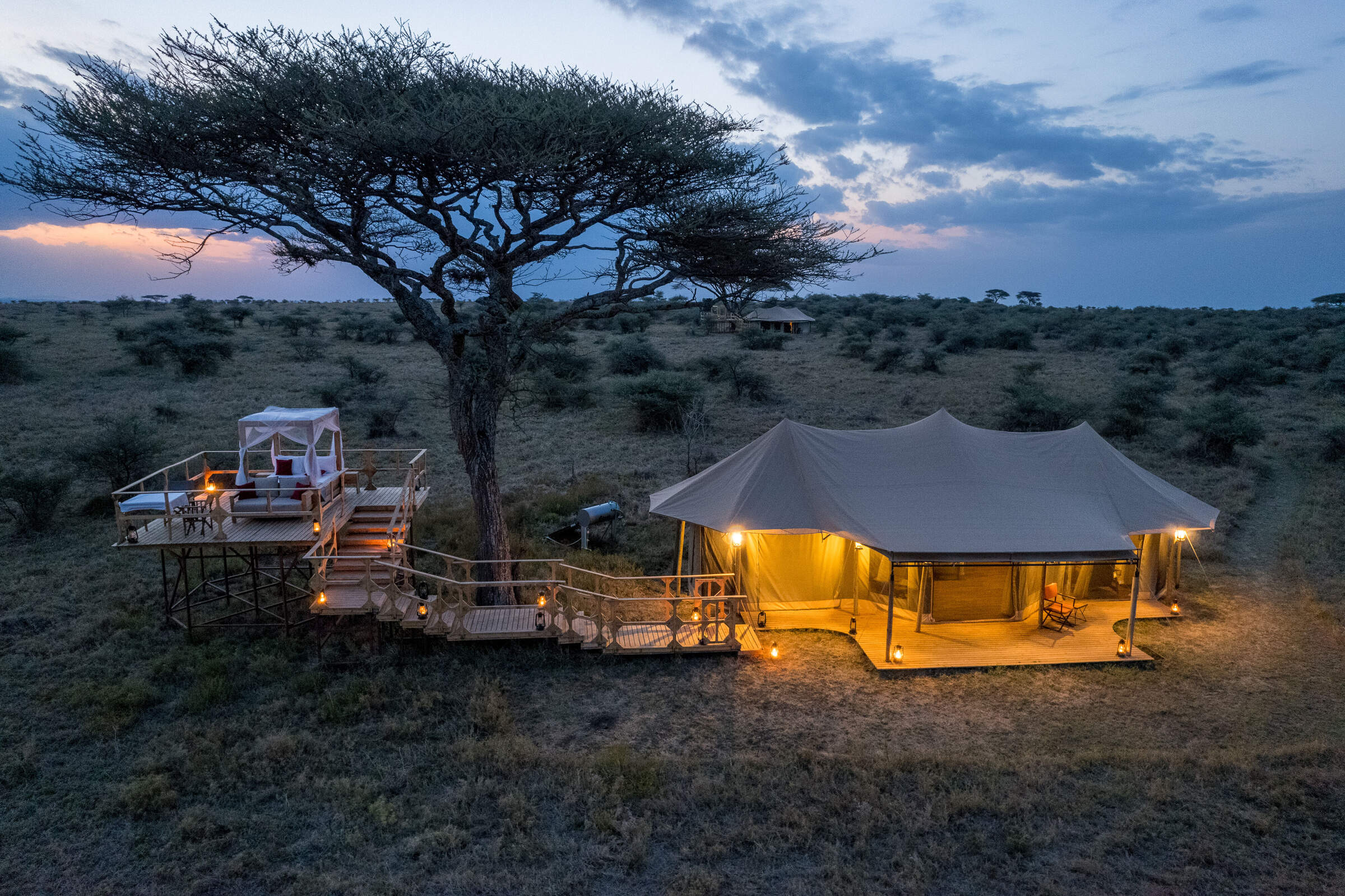
Olmara Camp
With just eight guest tents, including two family tents and three signature stargazer tents, Olmara is a simple, family-friendly camp with a wonderfully attentive team. The camp captures an authentic bush experience, welcoming travellers of every kind.
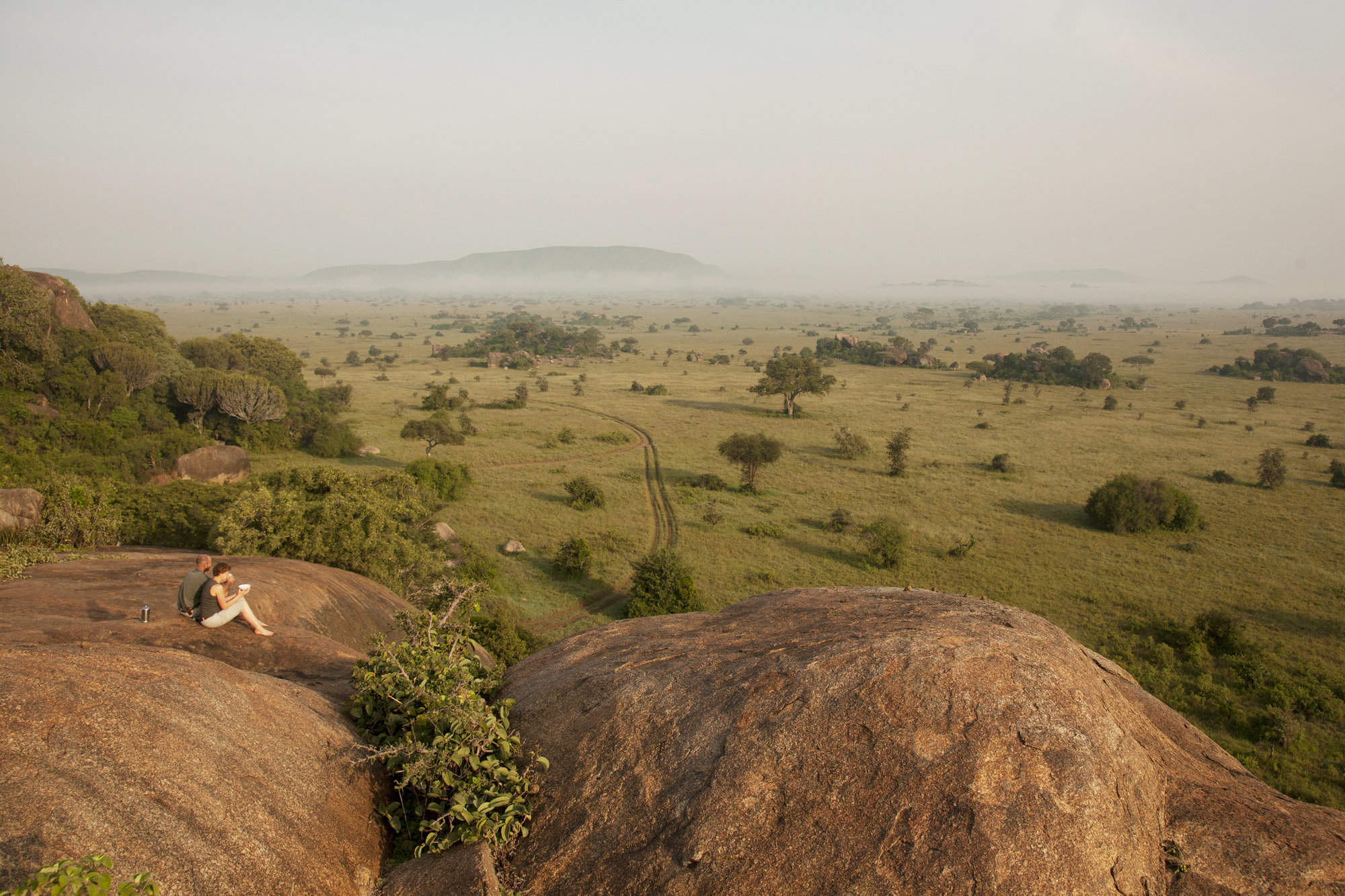
Serengeti Green Camp
Serengeti Green Camp is a comfortable camping experience, in your own private safari camp and at the heart of a great wildlife area.
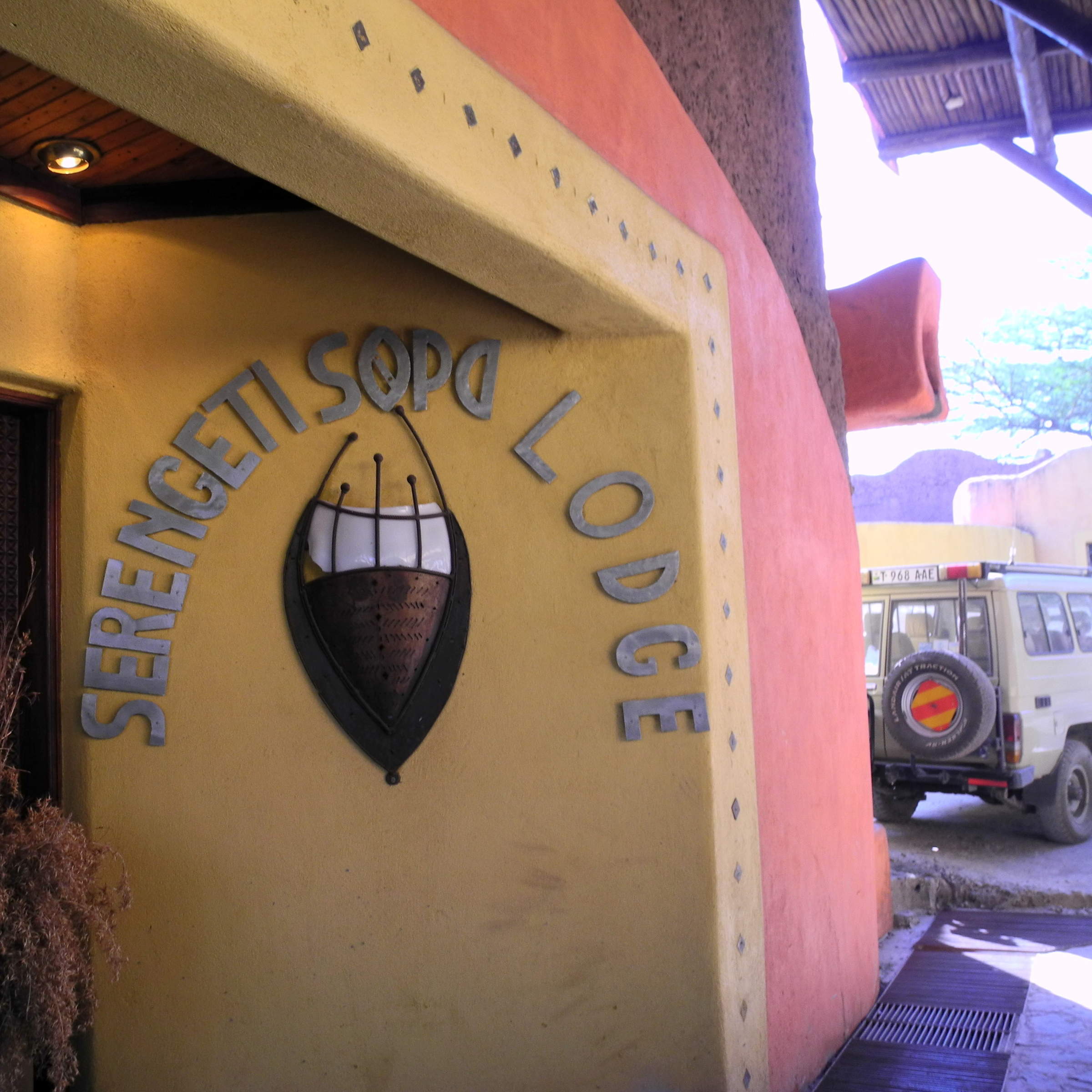
Serengeti Sopa Lodge
Serengeti Sopa Lodge is an international-style hotel offering good-value accommodation in the central Serengeti, with lovely views of the plains.
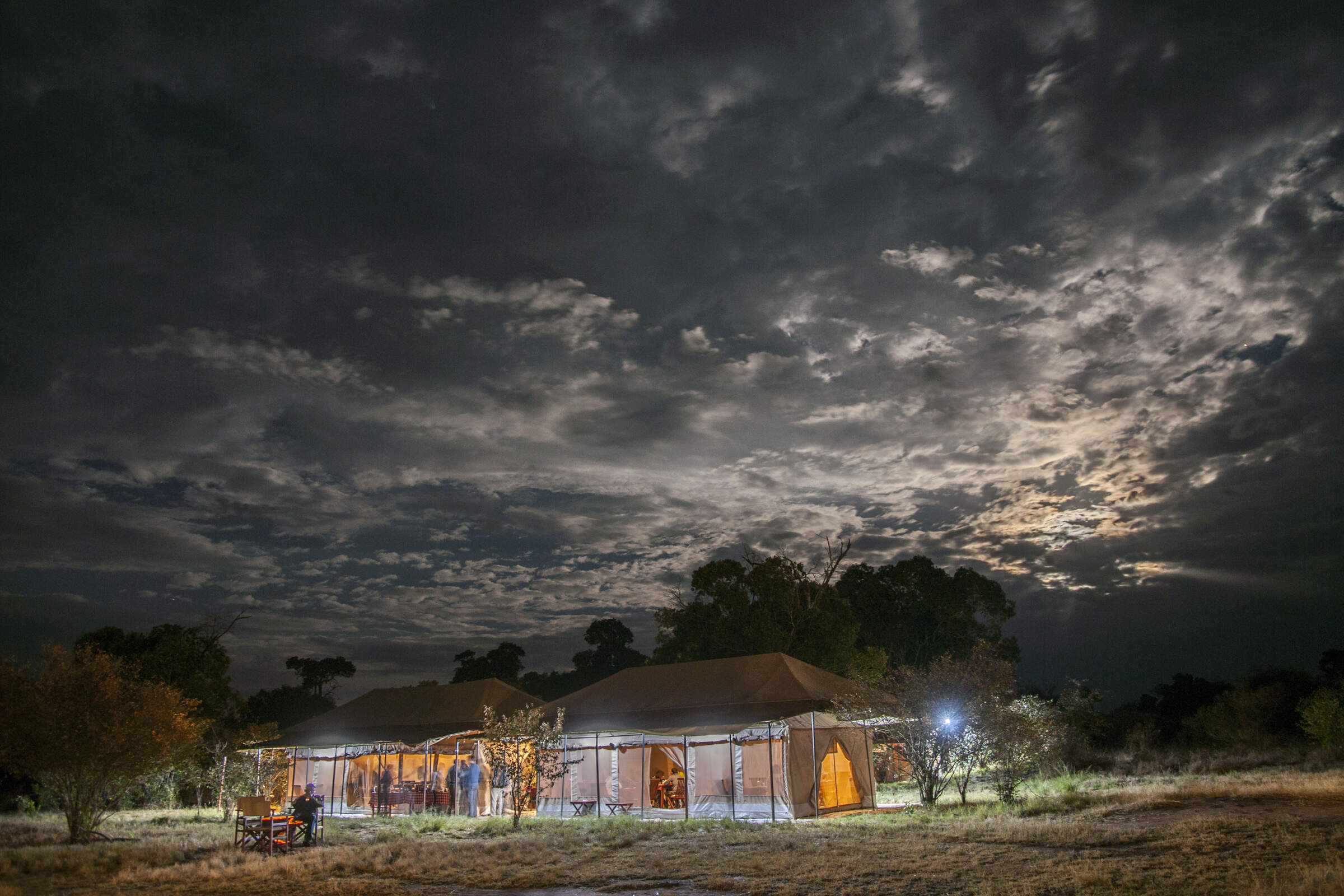
Migration Camp
Serengeti Migration Camp is a smart tented camp, good for the wildebeest migration from Jul–Aug, or to explore the Lobo Kopjes any time.
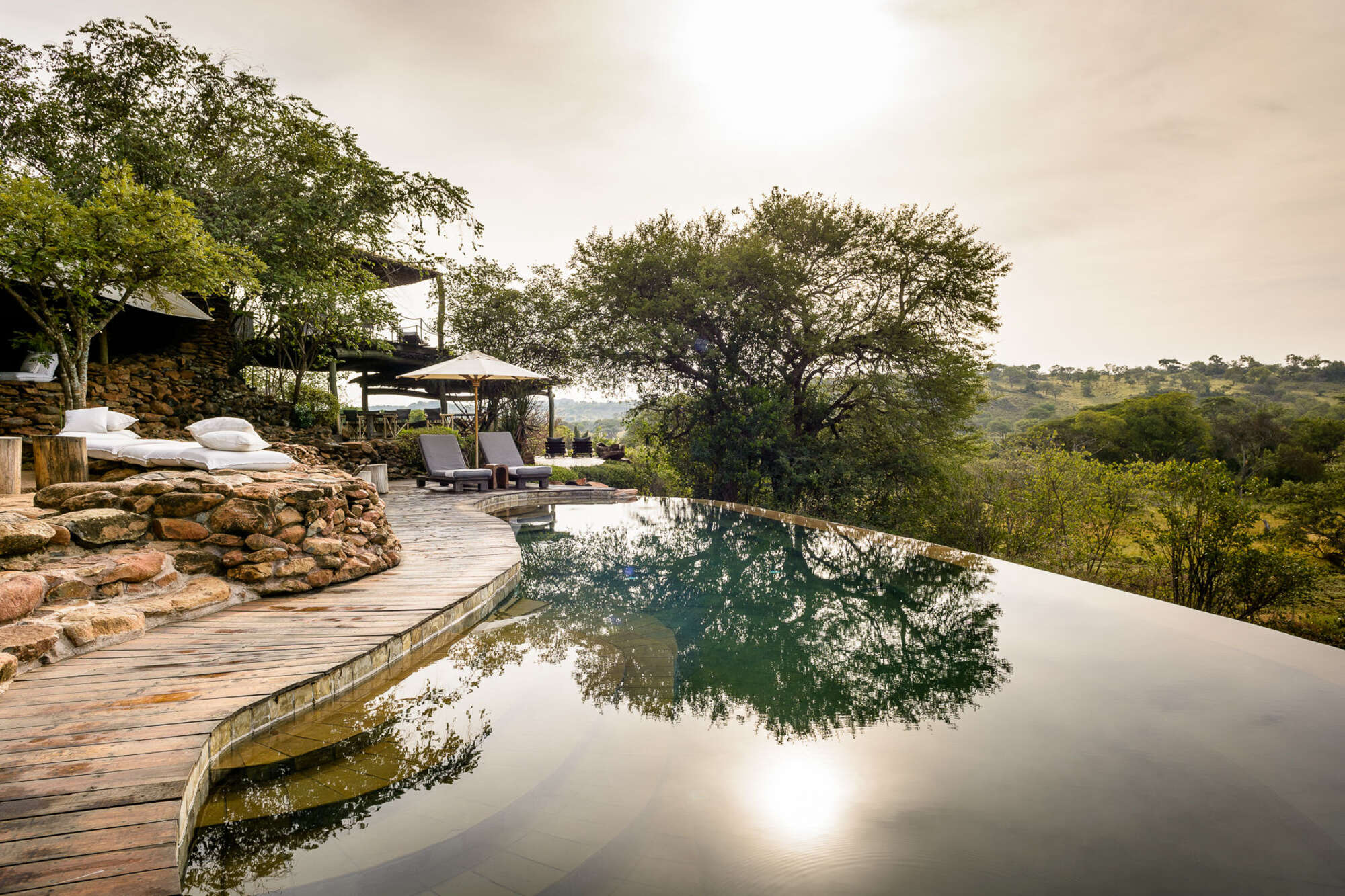
Faru Faru Lodge
On the north bank of the Grumeti River, Faru Faru is a small, chic hideaway in this exclusive corner of the Serengeti.
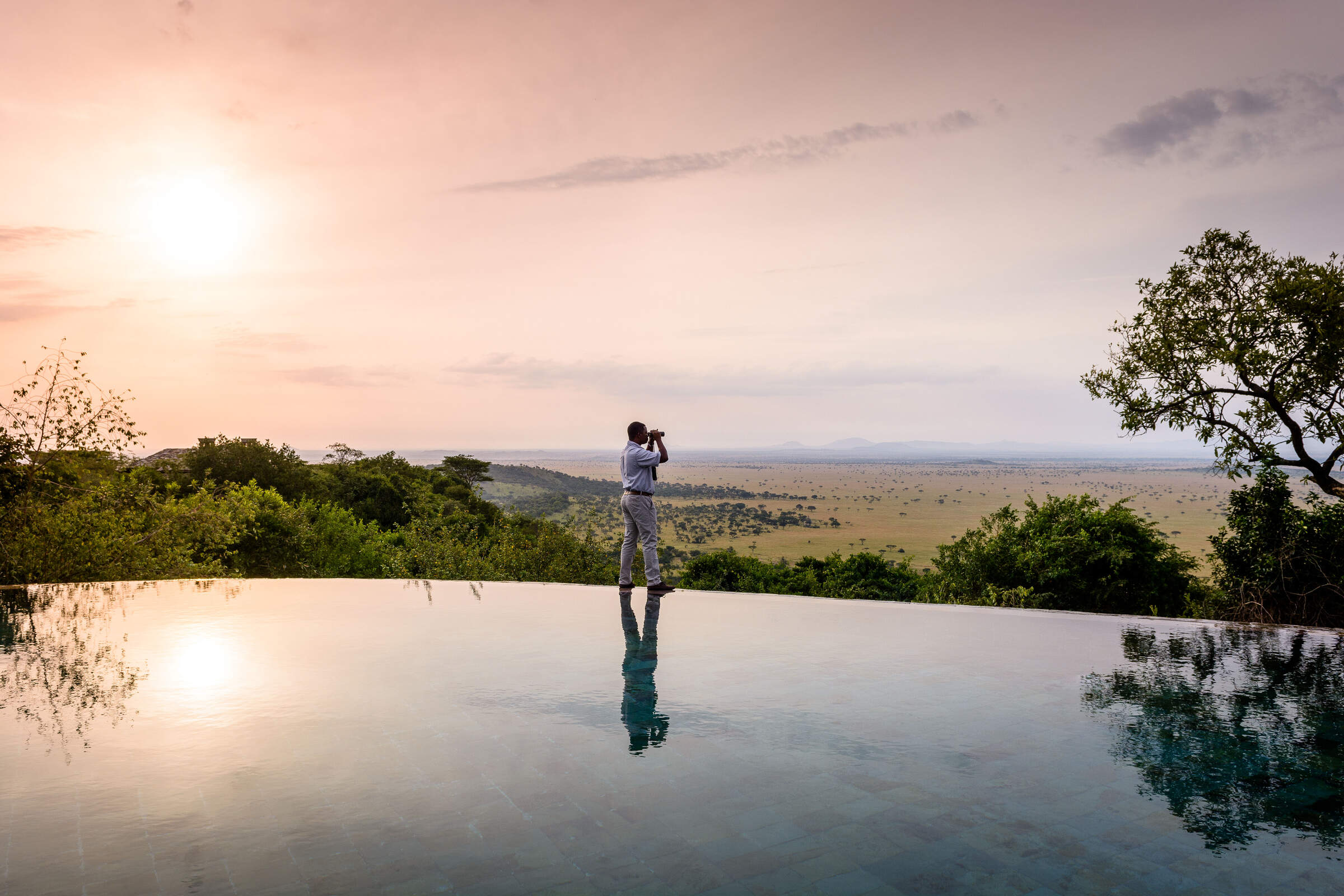
Sasakwa Lodge
On a hill looking over the Serengeti plains, Sasakwa Lodge is grand, luxurious safari camp, one of the most opulent properties in Tanzania.
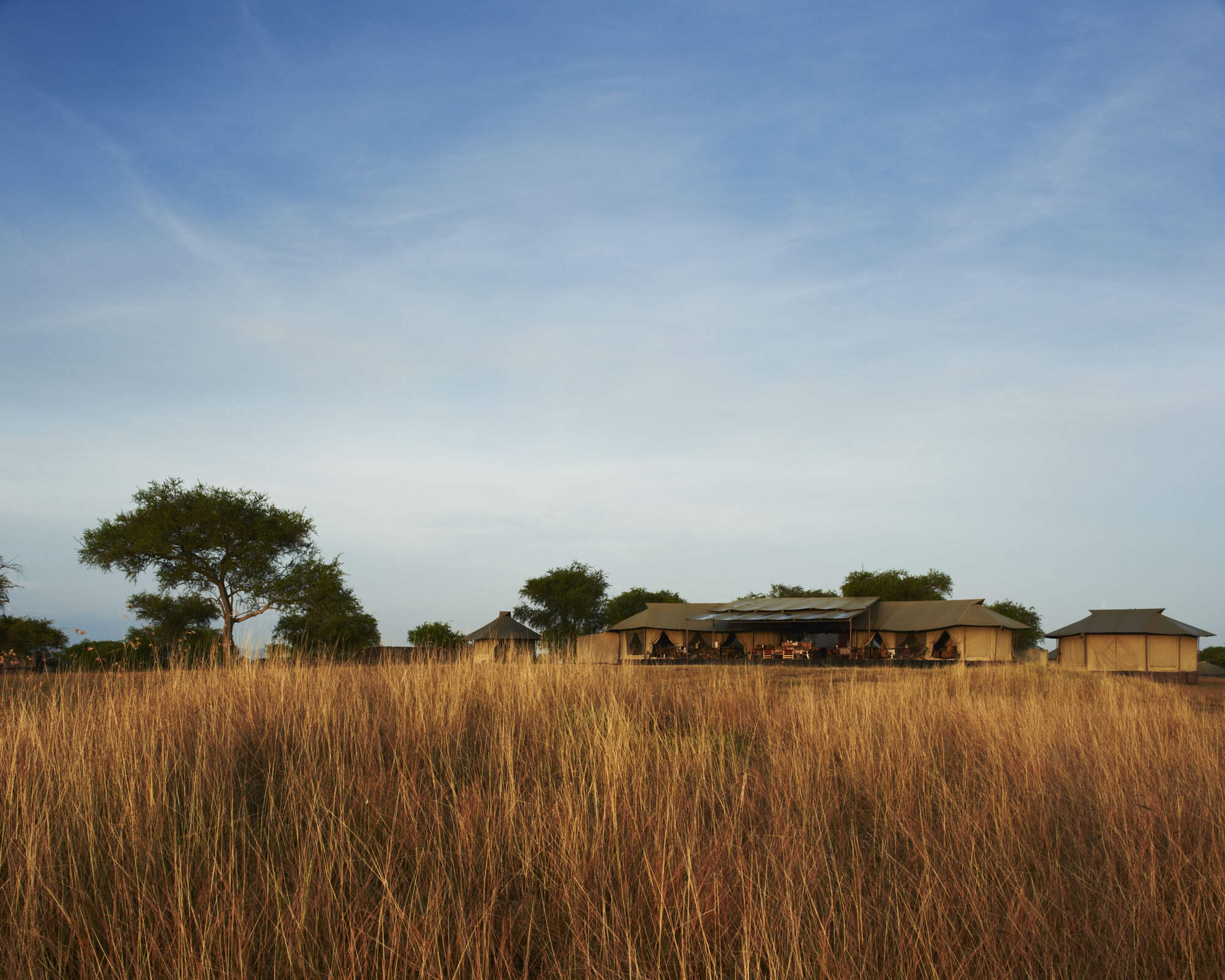
Sabora Tented Camp
Sabora Tented Camp is a smart tented camp – one of the most luxurious, professional and stylish properties to be found in Tanzania.
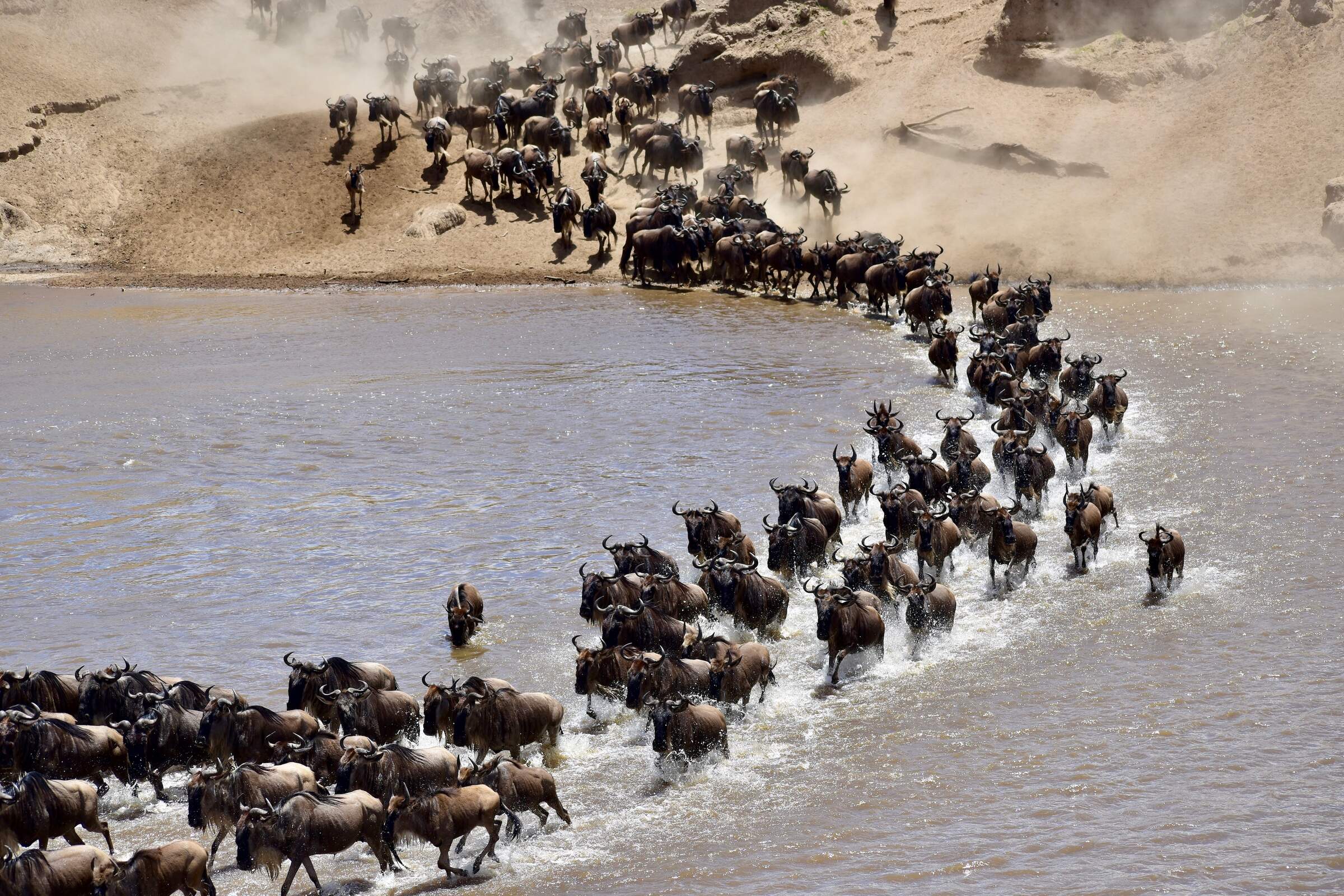
Kirurumu Migration Camp
Kirurumu is a rustic tented camp which moves around the Serengeti twice a year to follow the wildebeest migration.
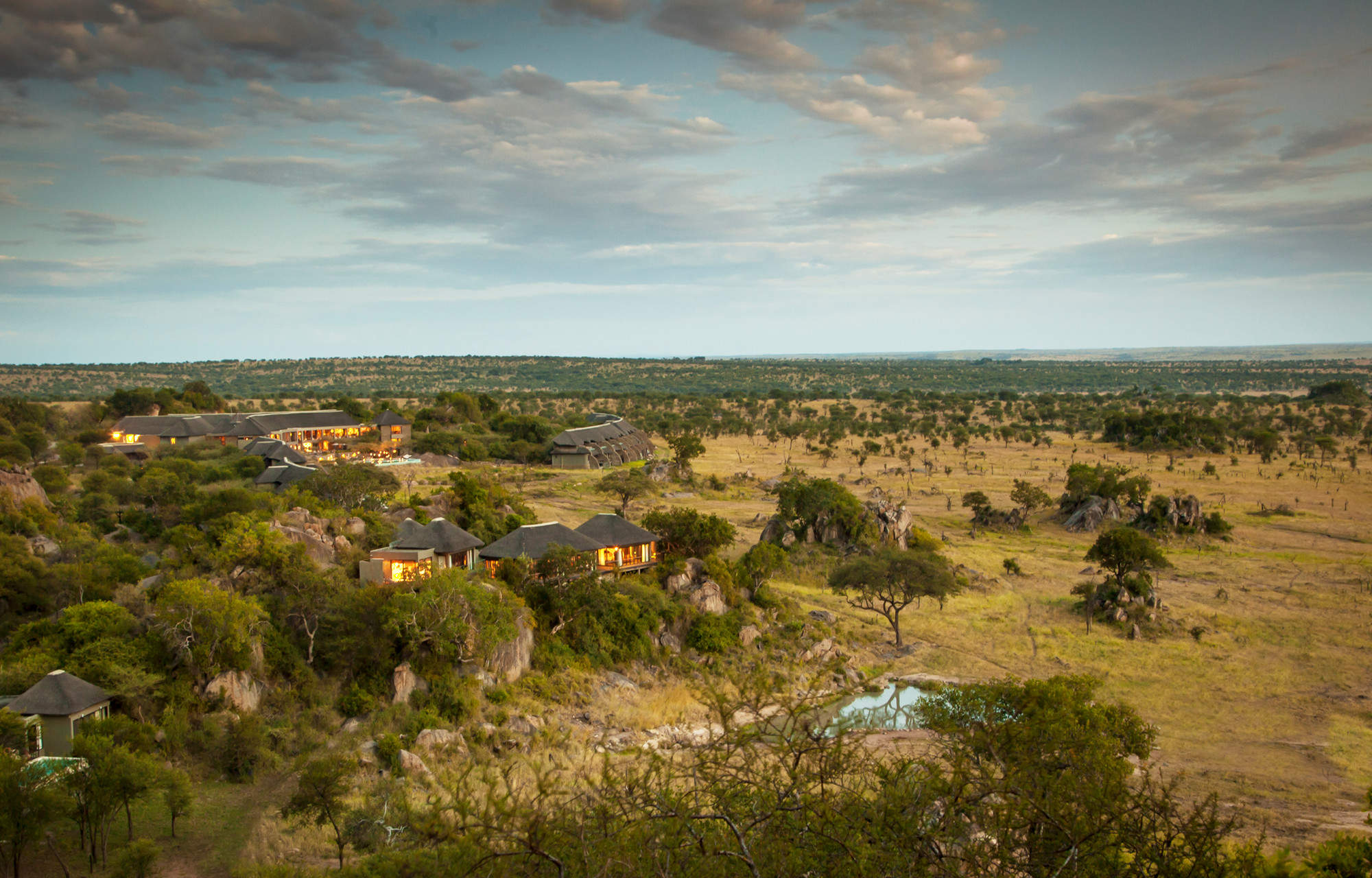
Four Seasons Serengeti
The Four Seasons Safari Lodge is the only hotel in the Serengeti offering international facilities such as a gym, spa and children’s club.
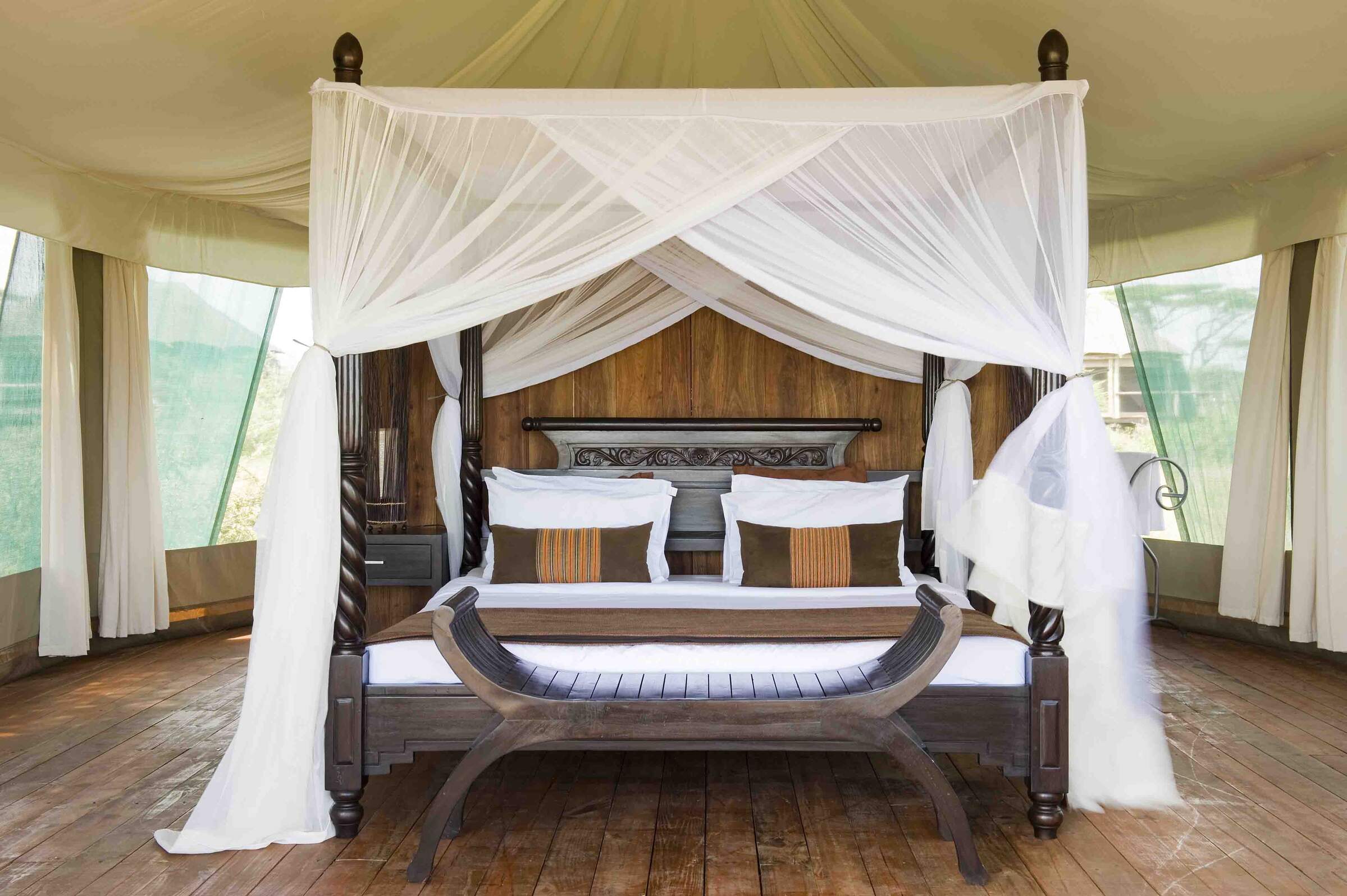
Lake Masek Tented Camp
Ideally located for the wildebeest migration from Dec–Apr, Lake Masek Tented Camp is a good, mid-market safari camp.
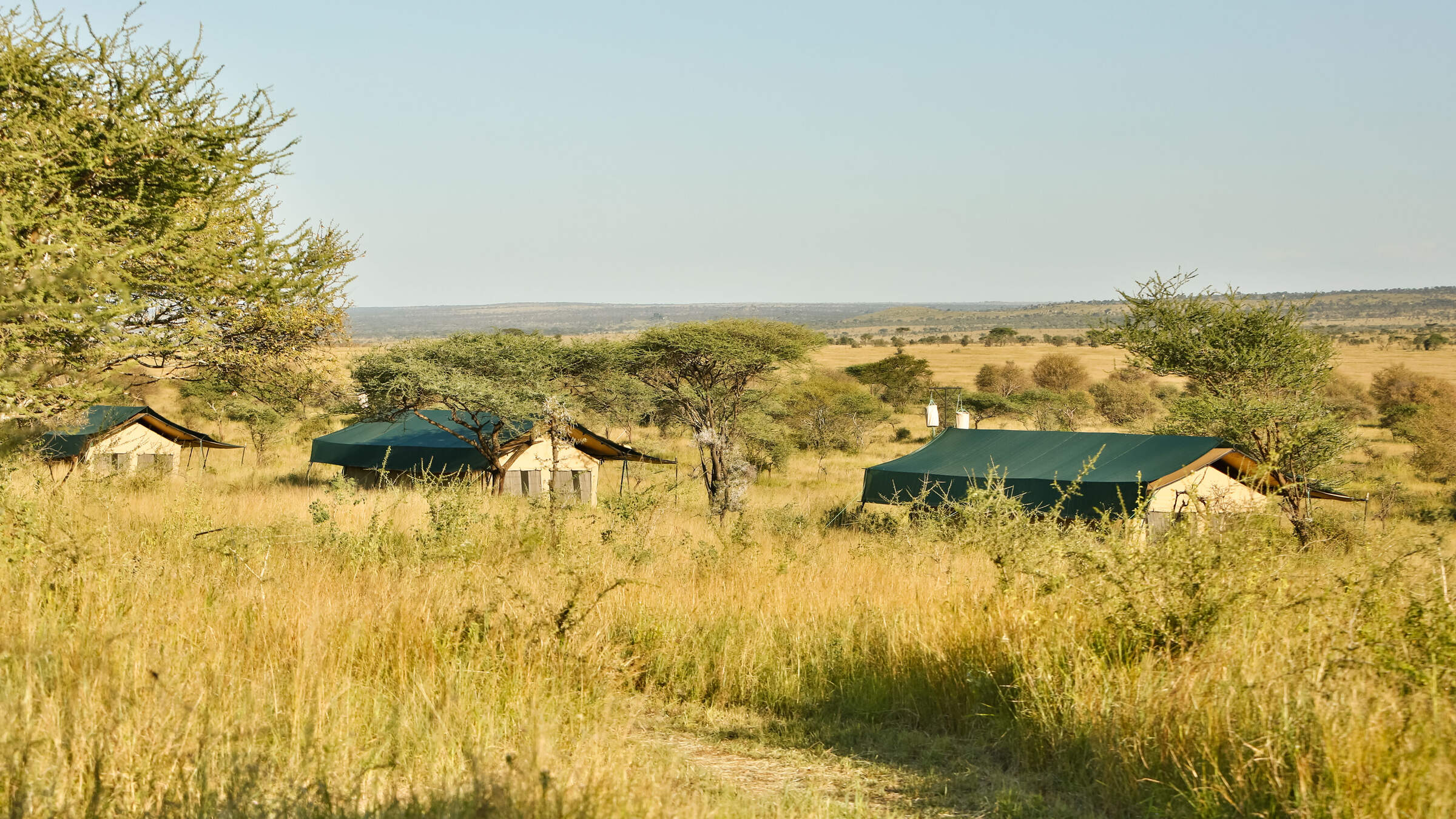
Nyikani Central
Nyikani Central is a comfortable tented camp located in the game-rich Seronera area of the central Serengeti.

Esirai Migration Camp
A season migration camp, with only 8 tents and 1 family tent and plenty of character. Esirai is ideally placed for excellent wildlife and enjoys a simplistic and comfortable under-canvas experience.
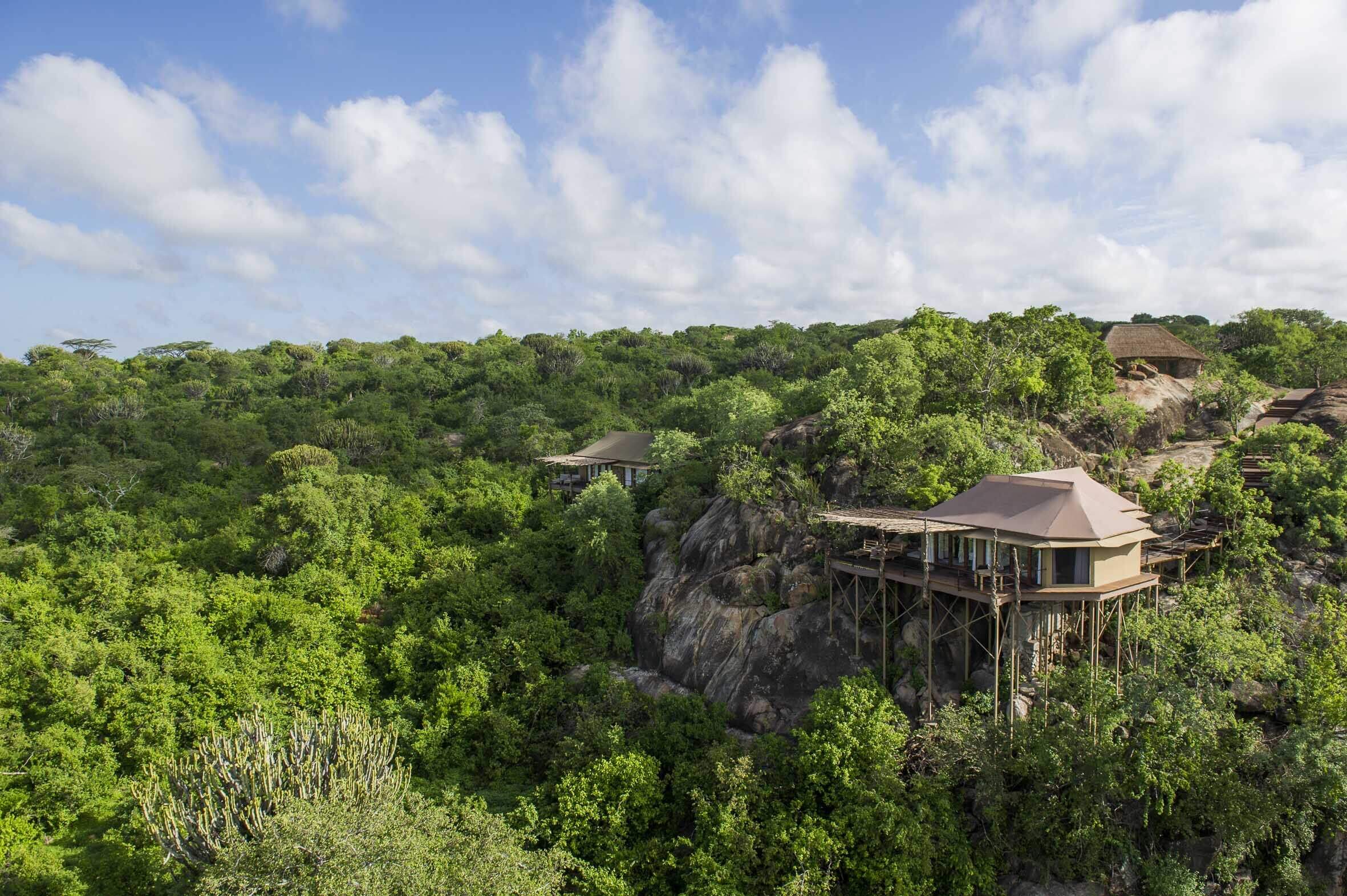
Mwiba Lodge
Mwiba Lodge is a luxurious property located on a private concession on the edge of the southern Serengeti.
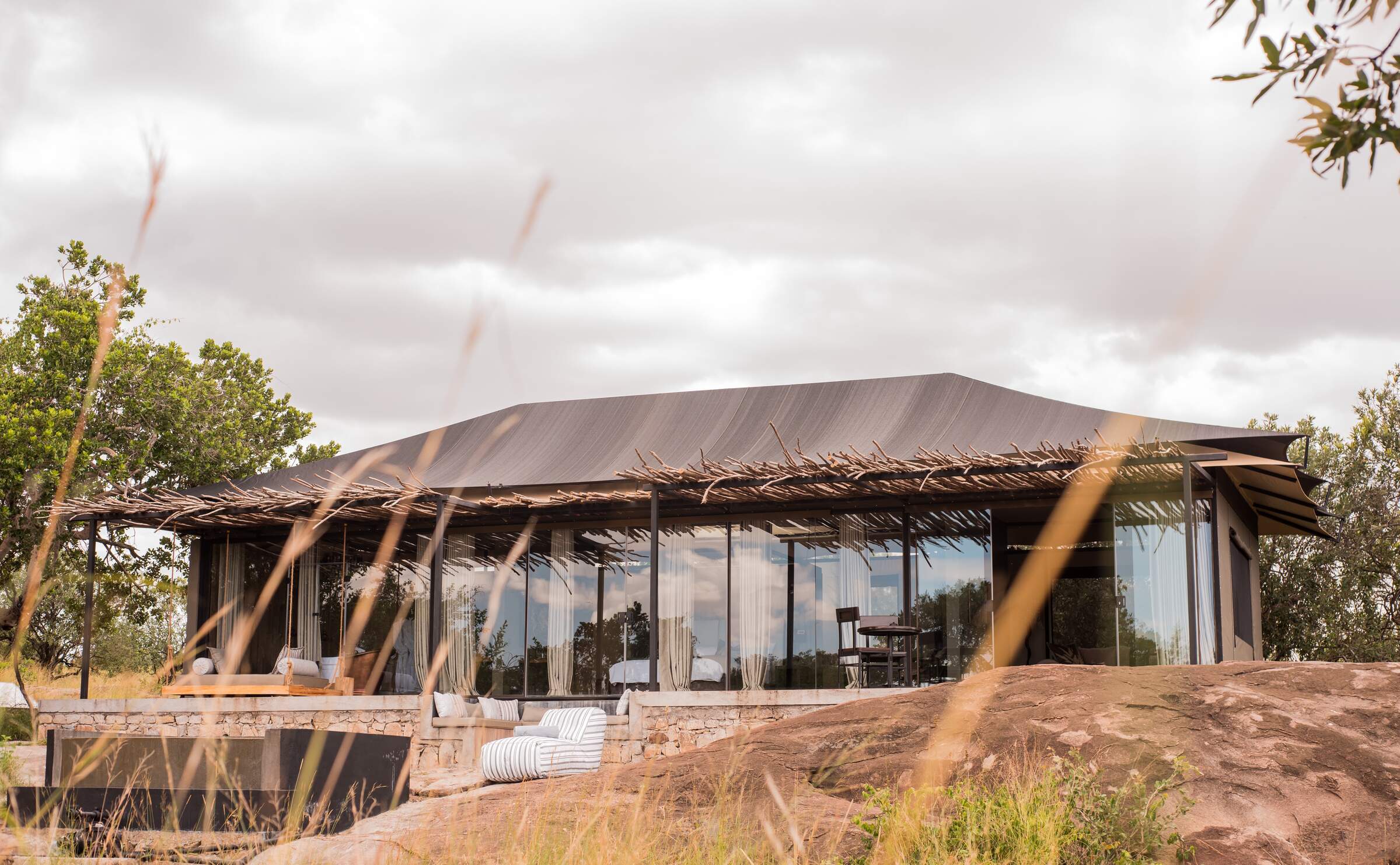
Nimali Mara
Nimali Mara is a luxurious safari lodge in a quiet region of the northern Serengeti with good access to the wildebeest migration.
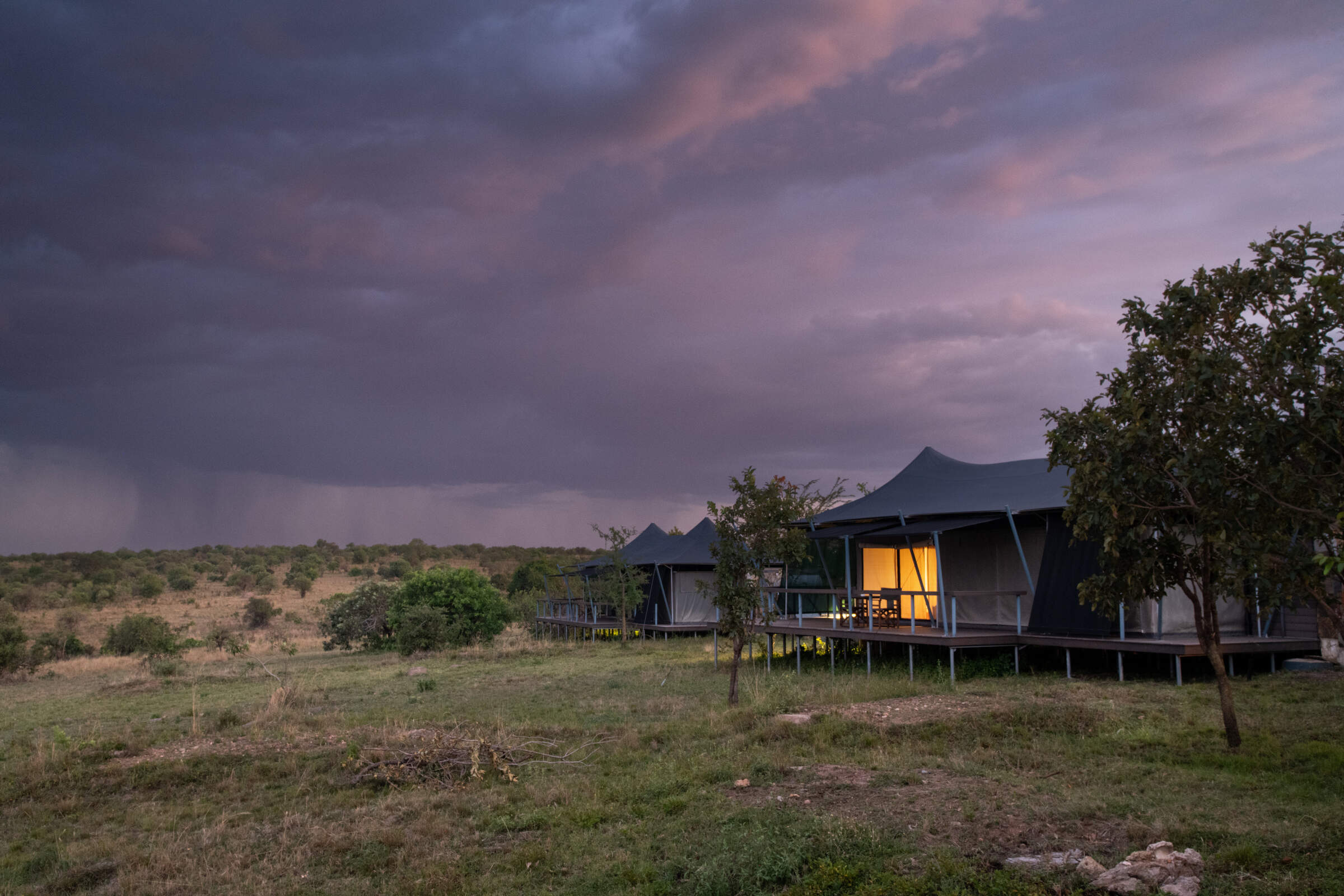
Mara Mara
Mara Mara is a smart tented camp in the northern Serengeti, situated on a small hill close to the Mara River.
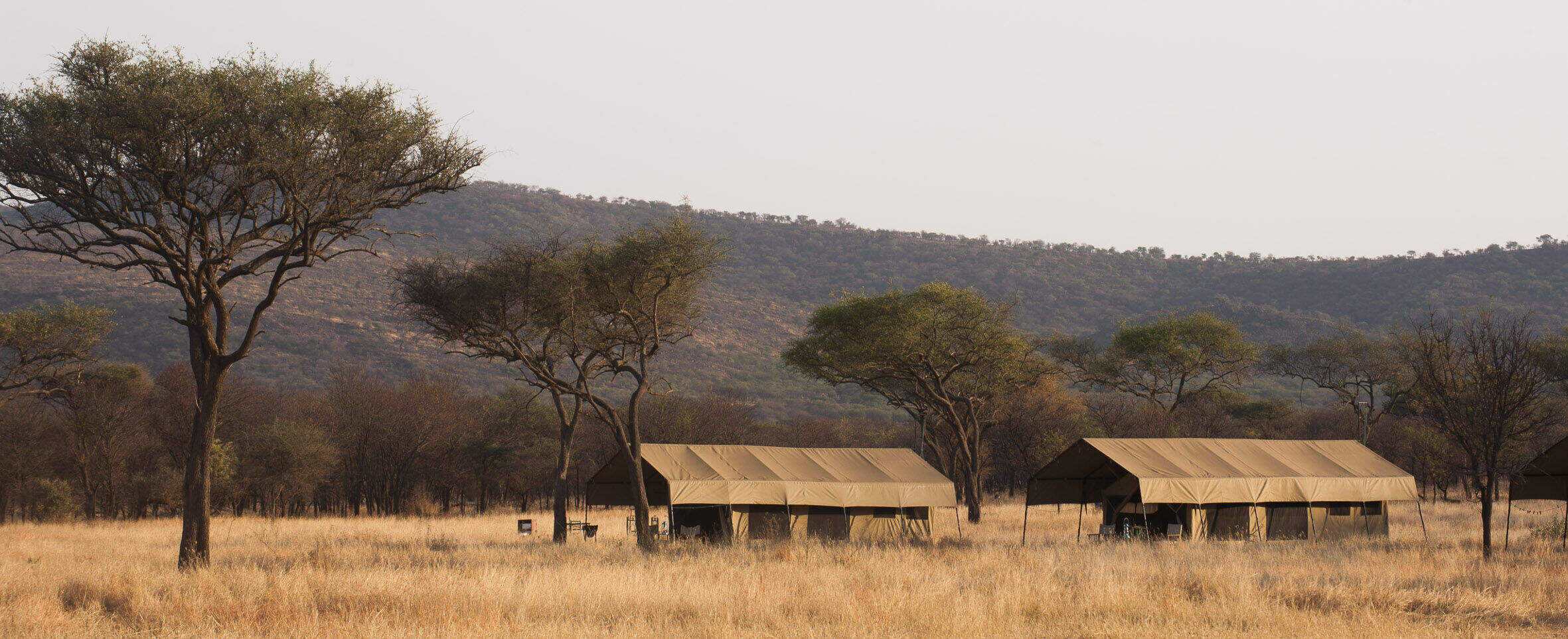
Ndutu Kati Kati
Ndutu Kati Kati is a seasonal tented camp, based in the southern Serenget from Dec-Mar, ideal for the migration as it passes through.

Olduvai Camp
Olduvai Camp lies between Ngorongoro and the southern Serengeti plains. It's a good base for the southern plains during the rainy season.
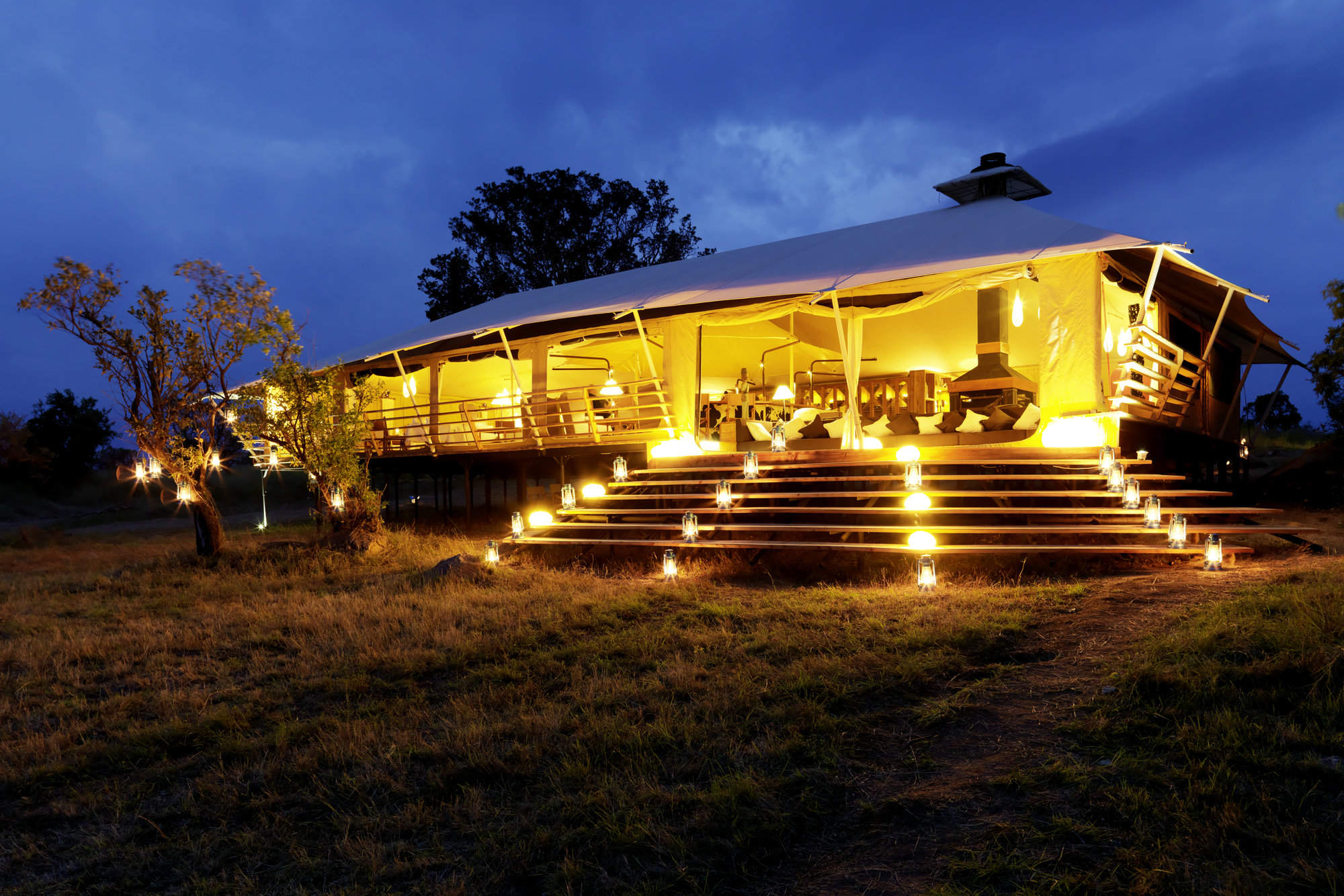
Bushtops
Serengeti Bushtops is a permanent luxury camp in the northern Serengeti, with spacious and private tents with their own hot tubs.
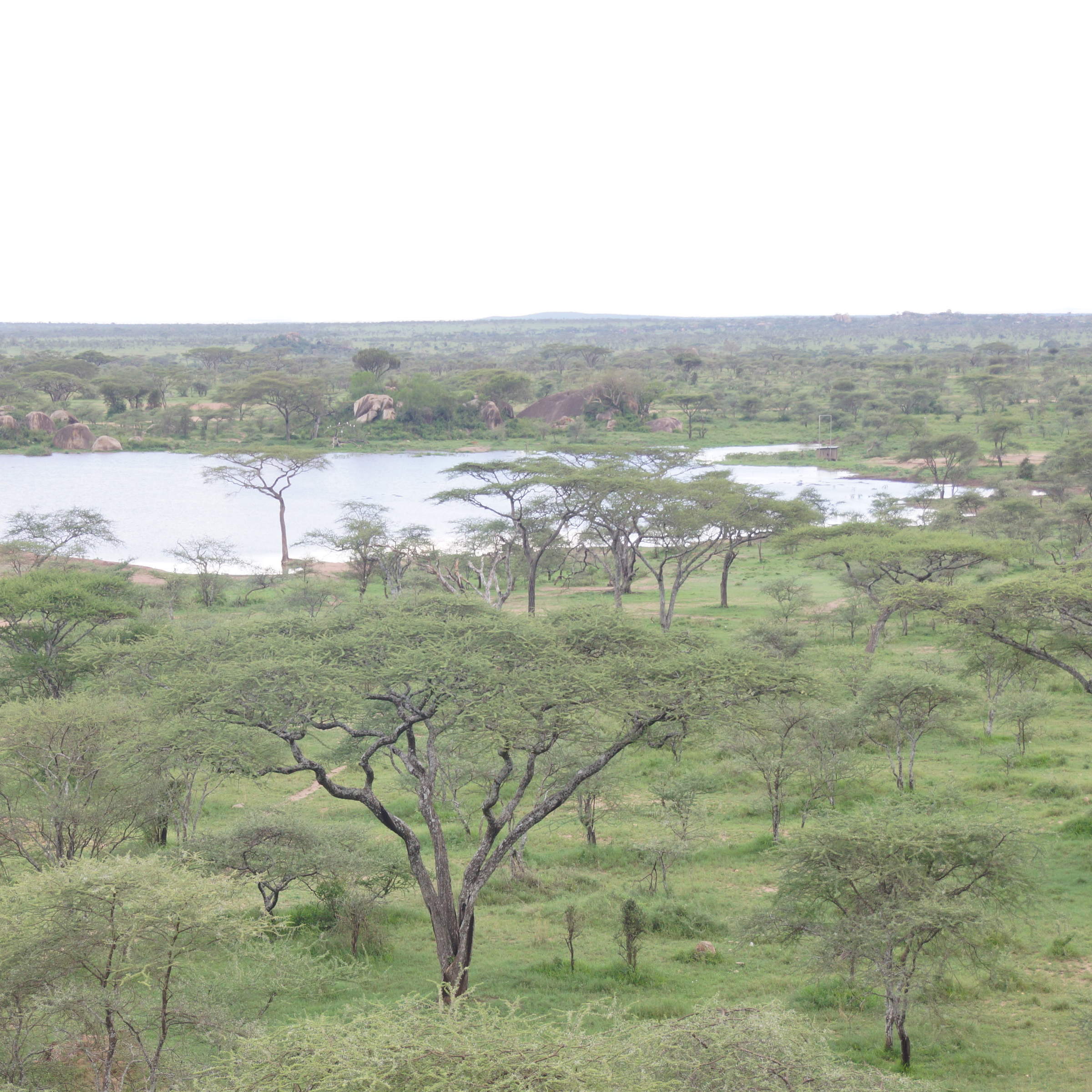
Seronera Wildlife Lodge
Seronera Wildlife Lodge is large hotel-style safari lodge in the heart of the Serengeti, offering good value and a great location.
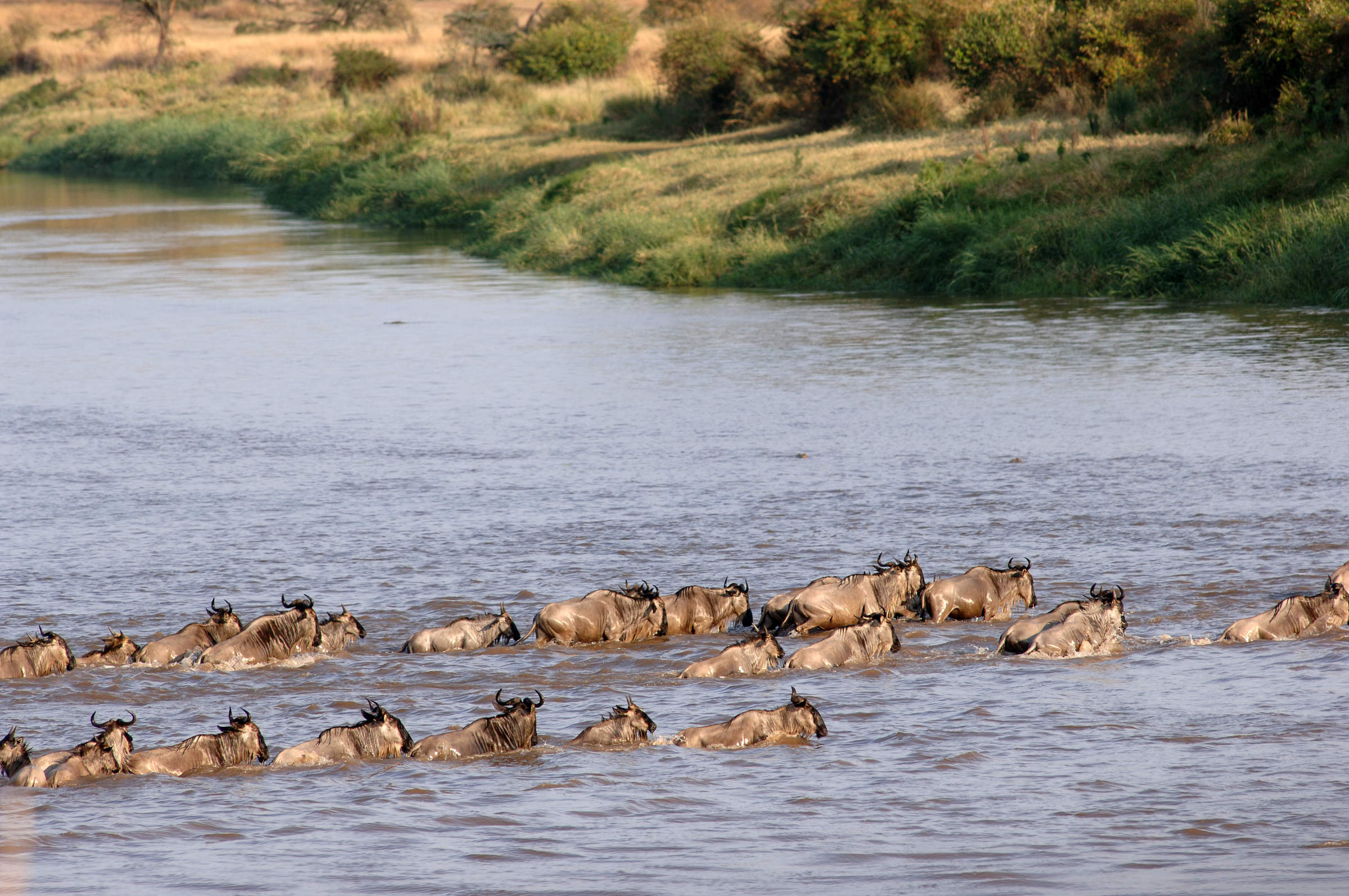
Mara Kati Kati
Mara Kati Kati is a simple bush camp in the northern Serengeti, based from Jul-Oct near the Mara River for the wildebeest migration.
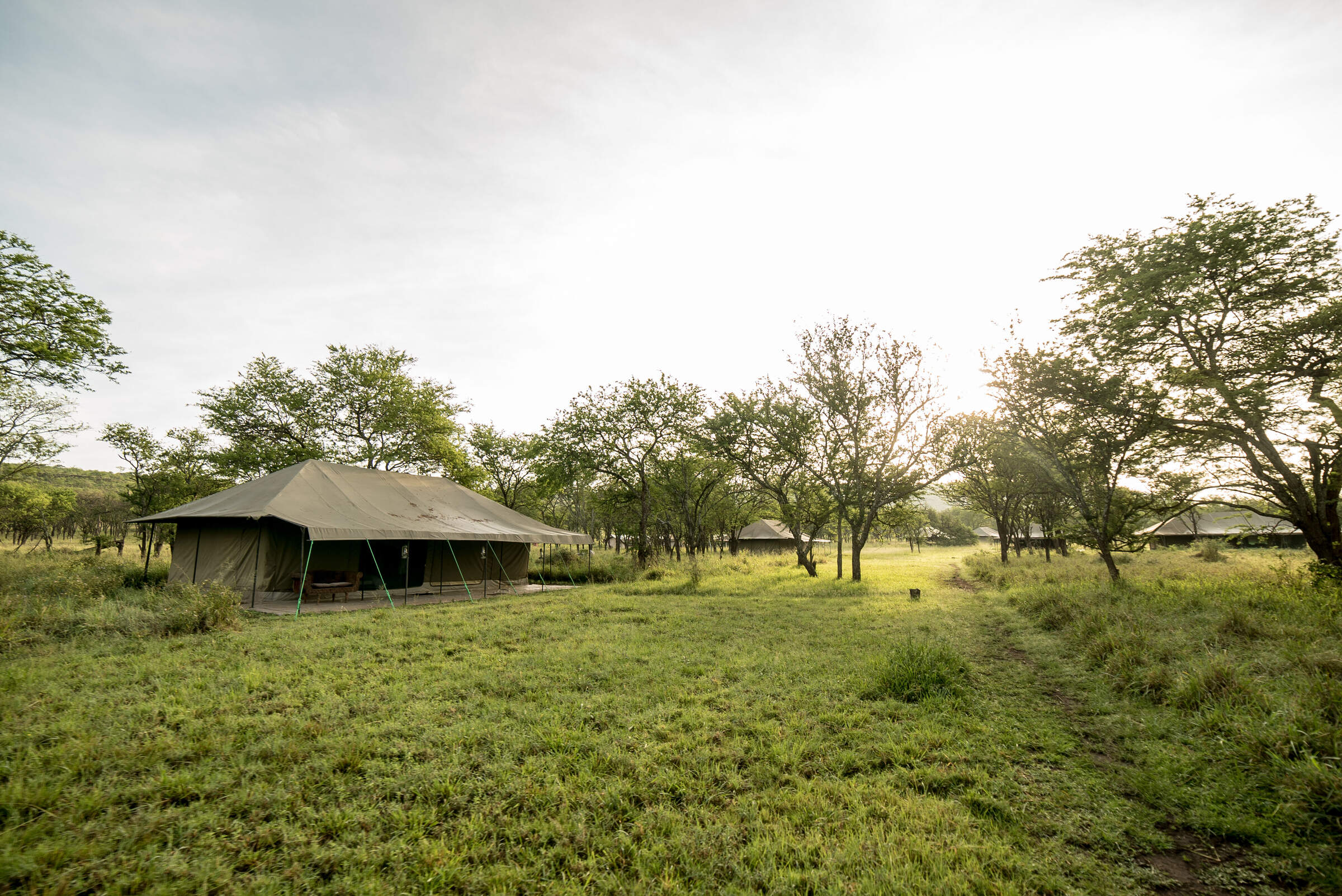
Nasikia Naona
Naona Camp is a small tented camp, located in the Moru Kopjes, west of the Serengeti central area
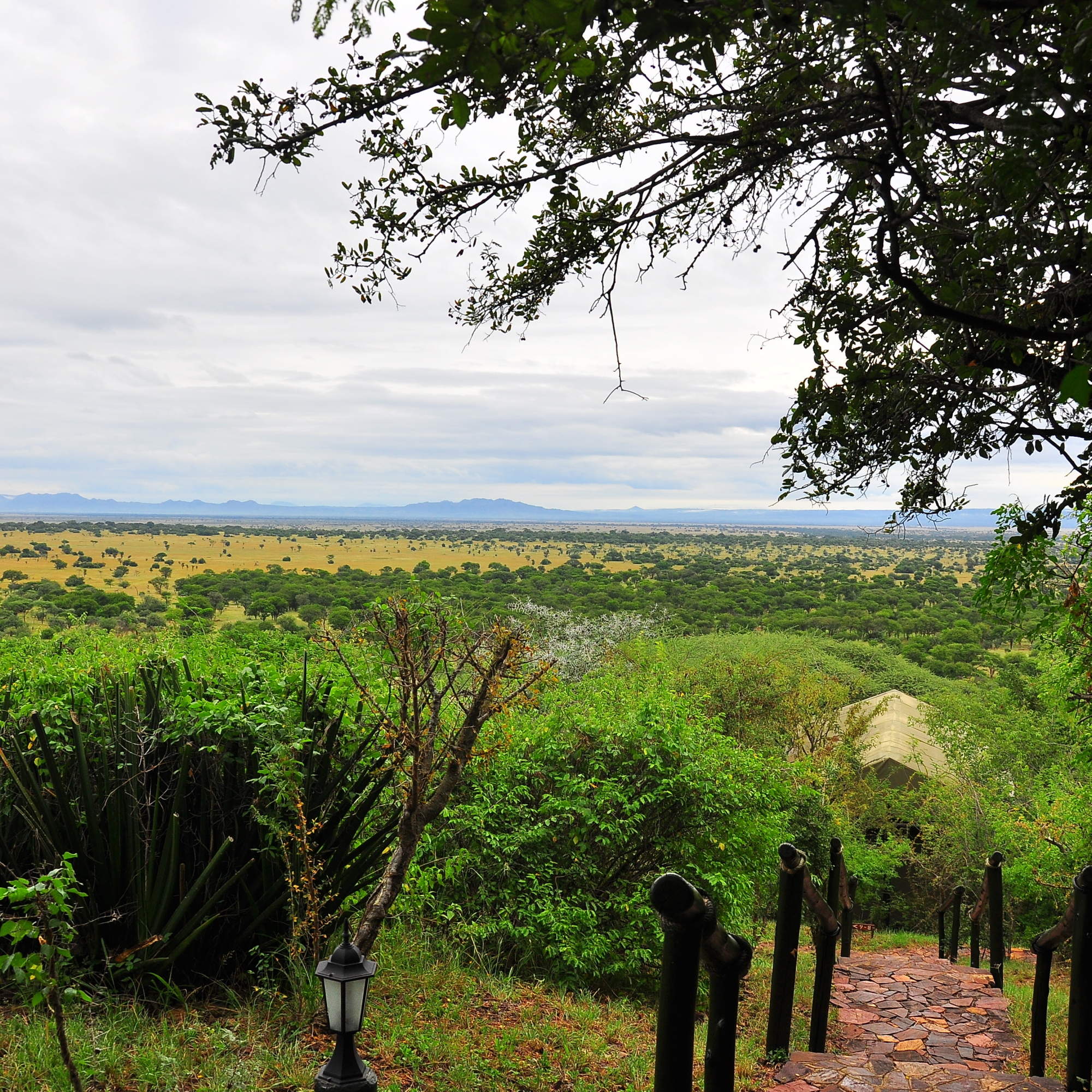
Kirawira Camp
Set high on a hill, in the Serengeti's western corridor, Kirawira is a relatively large tented camp in the Serena group.
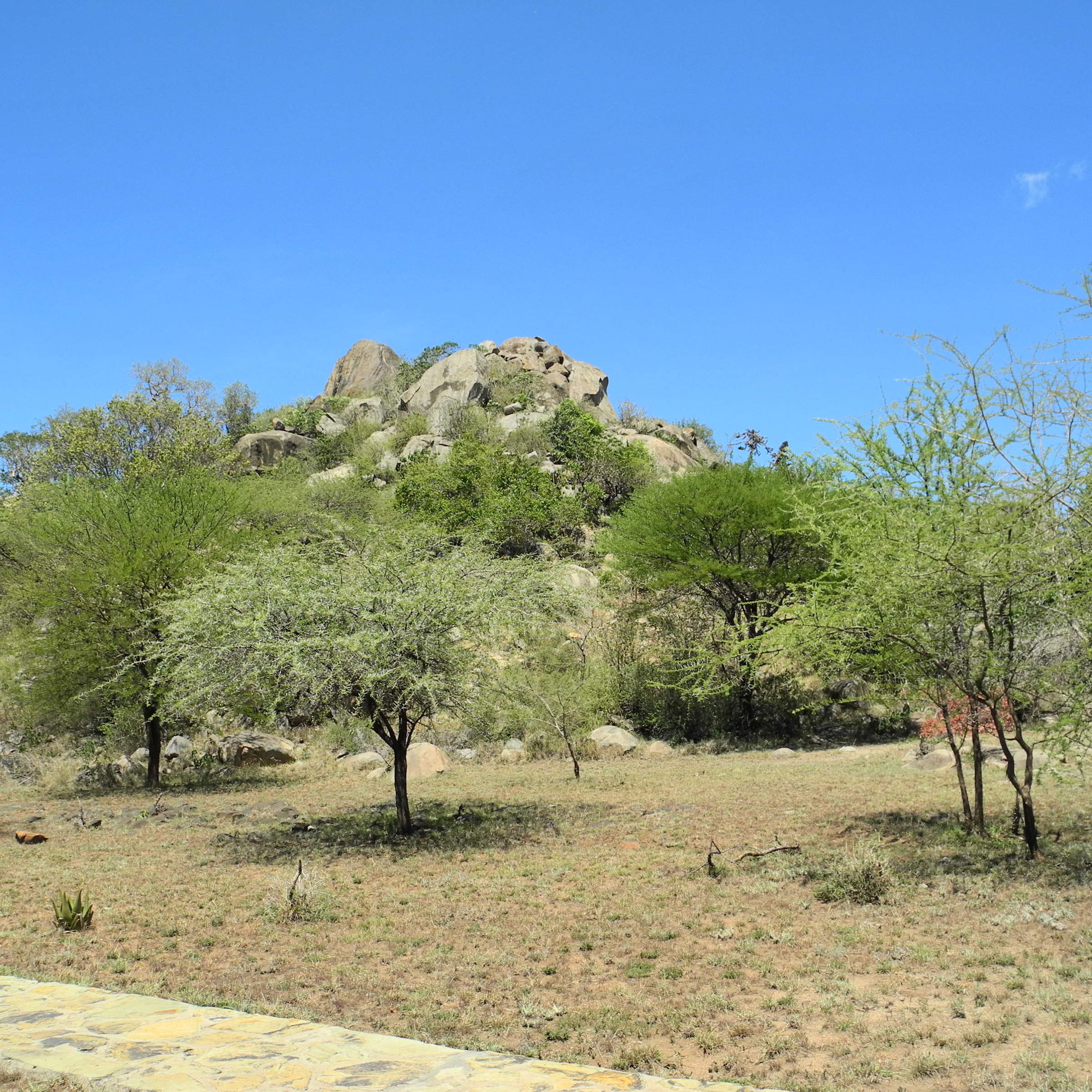
Mbuzi Mawe
Mbuze Mawe is a comfortable tented camp in a convenient, central-north location when driving through the Serengeti.
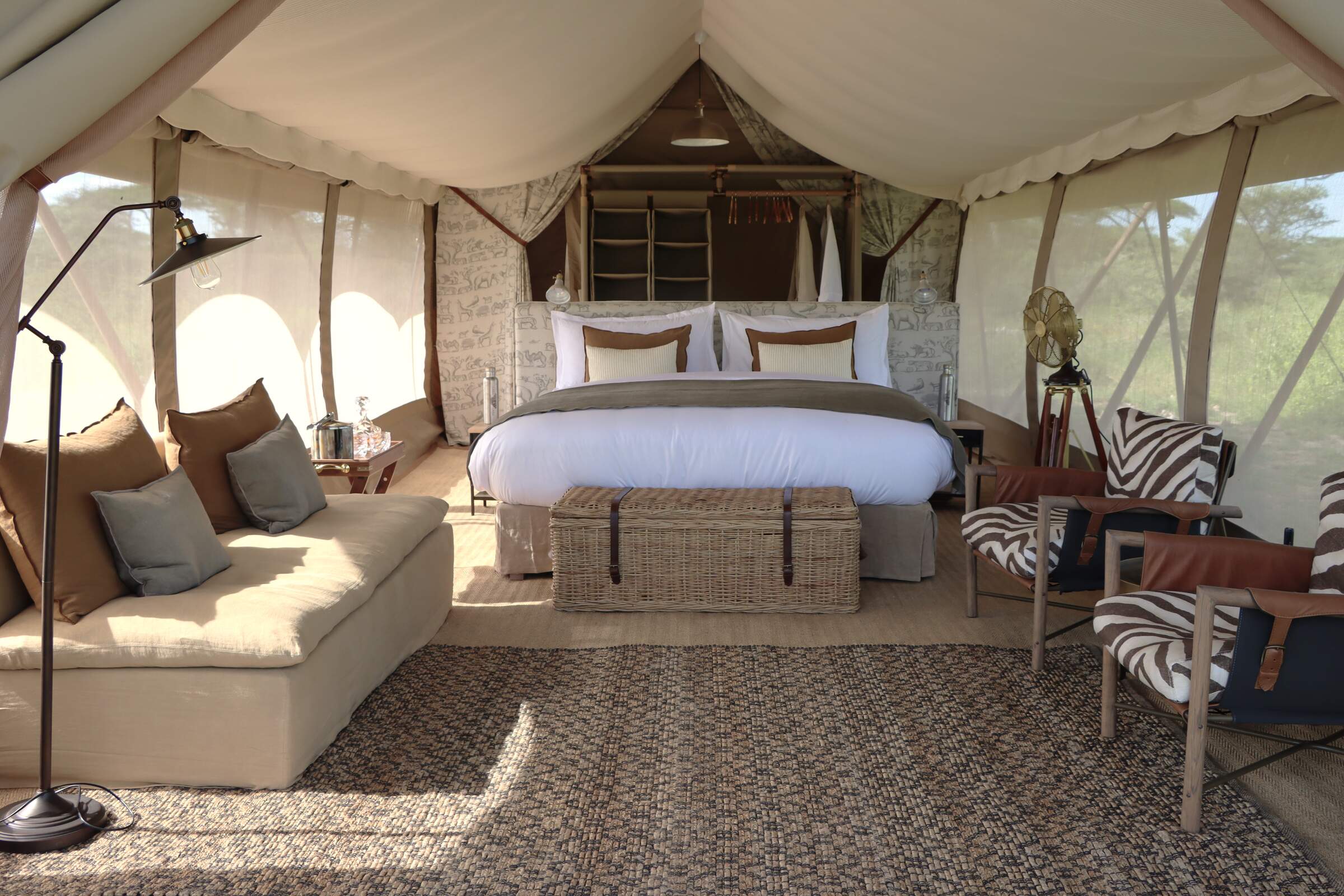
Laba Migration Camp
A luxury mobile camp that moves between the Western Corridor, Mara River and the southern Ndutu area, in line with the wildebeest migration.
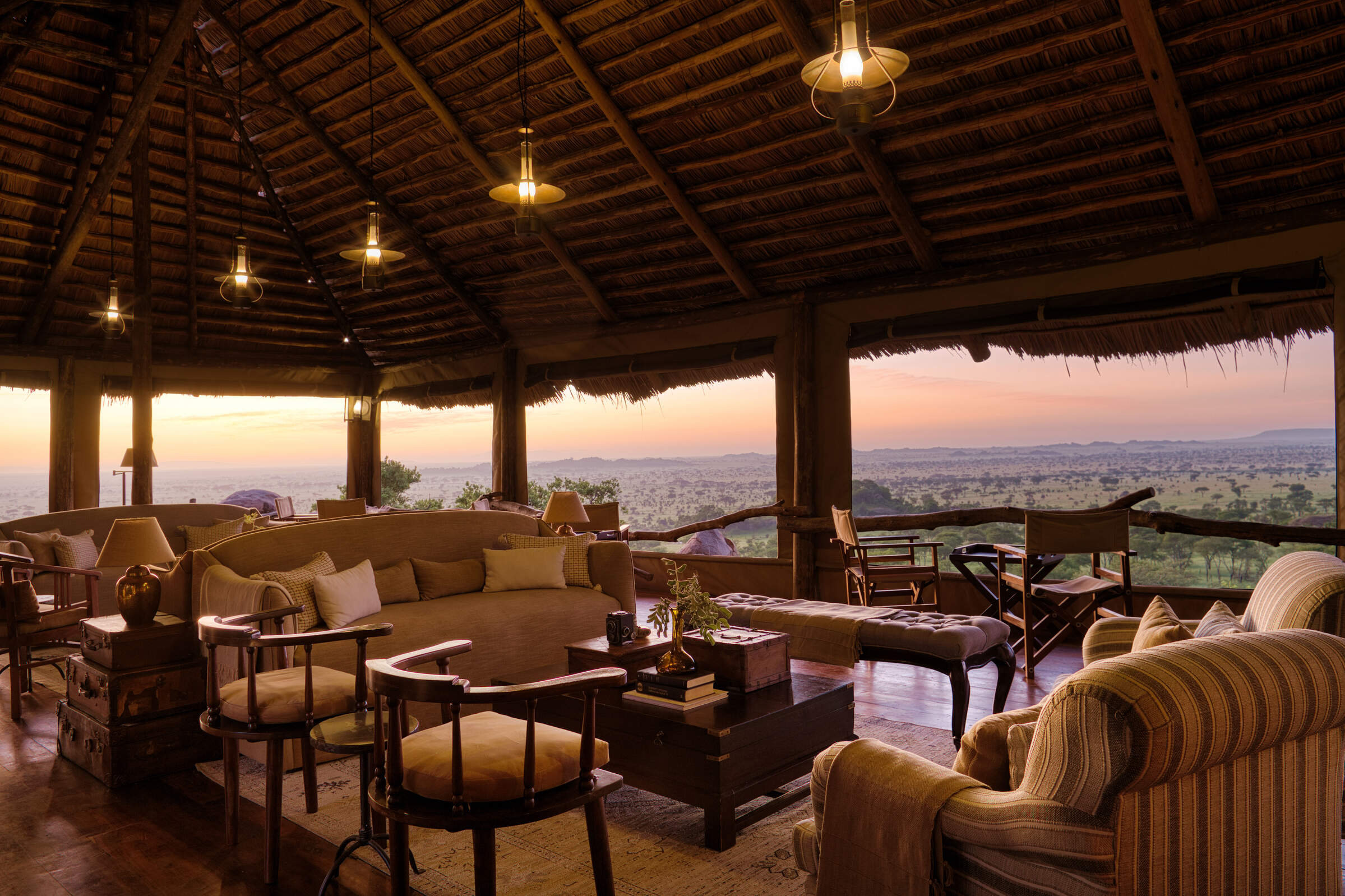
Serengeti Pioneer Camp
Serengeti Pioneer Camp is a luxurious tented camp in the central Serengeti, styled on African explorers' camps of the early 20th century.
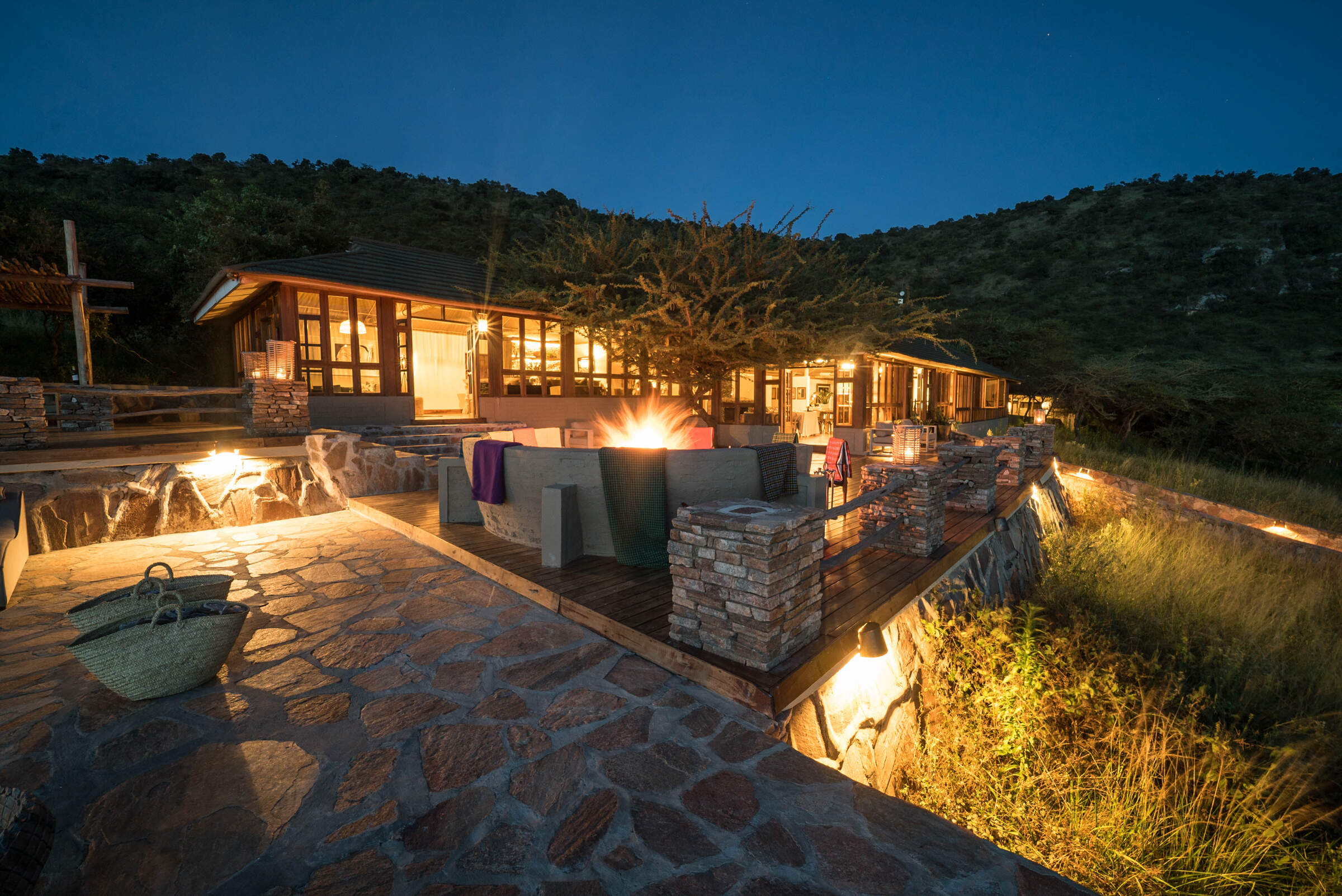
Taasa Lodge
Taasa Lodge is a slightly quirky option offering guided walks and night game drives, which are not permitted in Serengeti National Park.
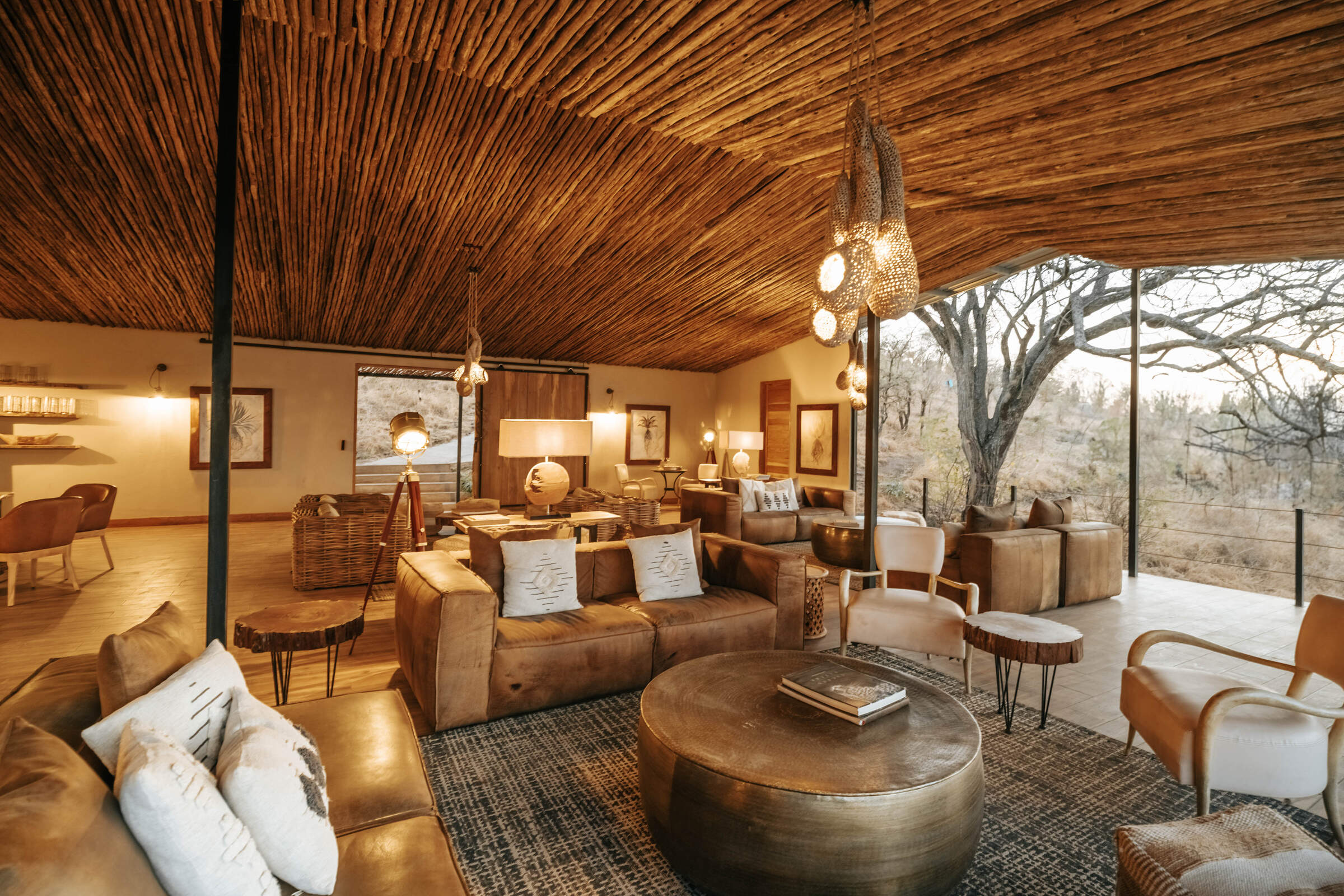
Nimali Serengeti
Opened in July 2017, Nimali Serengeti is a smart, permanent tented camp located in the Seronera area of the central Serengeti.
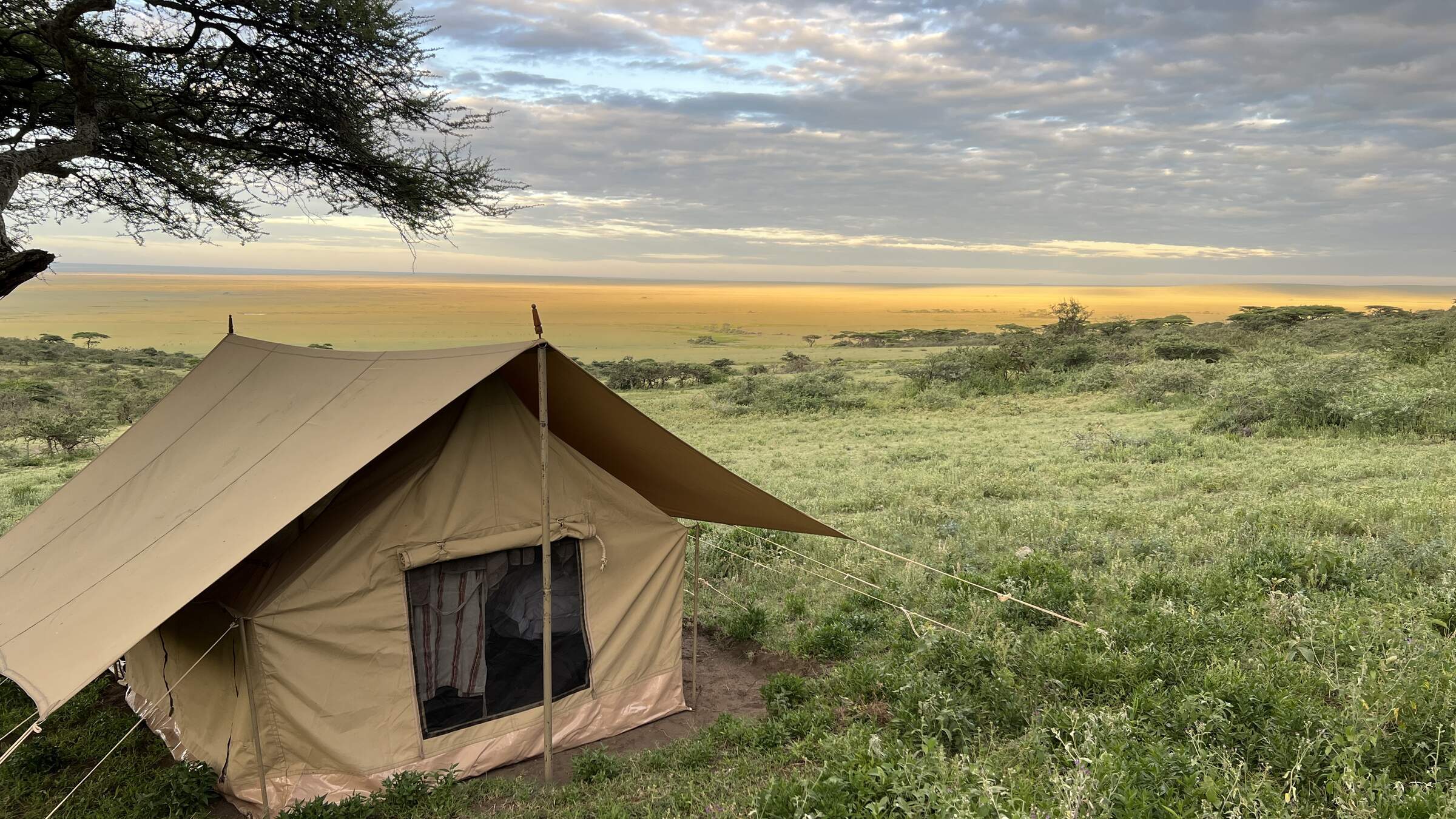
Nomad Walking Camp
Nomad Expeditionary Walking Camp is a simple camp of up to three tents, plus infrastructure, that changes location to allow guests to do substantial walks between campsites.
When to go to Serengeti Migration Area
Our month by month guide: What it's like to visit Singita Mara River in Serengeti Migration Area
Jan
Feb
Mar
Apr
May
Jun
Jul
Aug
Sep
Oct
Nov
Dec
Serengeti Migration Area in January
January marks the start of the Serengeti’s short dry season. In the southern plains, the wildebeest calving season takes centre stage, drawing both predators and eager wildlife enthusiasts. The weather is generally clear and sunny, with rising temperatures, though occasional rainfall may still occur in the southern areas. Birdwatching is particularly rewarding during this time, with resident species in their breeding plumage and migratory birds adding to the variety.
The far southern plains of Ndutu coupled with the central Seronera area remains a reliable choice for game viewing, with lions and cheetahs frequently sighted on the hunt. While the park can be busier early in the month due to New Year visitors, it often becomes quieter later, providing excellent value and a more peaceful experience. Patience may be needed during game drives, as some wildlife becomes more dispersed.
- Variable weather: clear, dry or rainy
- Thunderstorms may occur occasionally
- Prime birding season with migrant species
- Wildebeest gathering in southern Serengeti
- Busy early, quieter later in the month
Our view
A good time to visit, with pros & cons
Weather in January
Serengeti Migration Area in February
February in the Serengeti is hot, with daytime highs reaching around 33°C/91°F, but cooling down significantly in the evening and overnight. It's an excellent time to visit as the northern circuit is comparatively quieter than during peak seasons. The wildebeest calving season, typically occurring in a two-three week window in early-mid February, is a major attraction. Thousands of calves are born daily, attracting a significant number of predators, creating an intense yet fascinating spectacle.
Birdlife is equally vibrant, as migratory species from the northern hemisphere join the park's resident birds. The Ndutu region is especially active, hosting an abundance of wildlife. Hot air balloon safaris offer unparalleled views of the action below. Despite the midday heat, early morning game drives remain comfortable and highly rewarding.
- Hot and dry weather conditions prevail
- Wildebeest calving in southern plains
- Southern Serengeti busy for migration
- Lush, green landscapes across the park
- Ideal for wildlife photography
Our view
A very good time to visit
Weather in February
Serengeti Migration Area in March
March typically sees the arrival of the long rains in the Serengeti, though the exact timing can vary each year. With water becoming more plentiful, migratory animals begin to spread out, making wildlife spotting a bit more challenging in certain areas. The Seronera Valley remains a reliable choice for sightings, thanks to its consistent water sources.
The rains bring a dramatic transformation to the landscape, with lush greenery emerging across the plains, offering stunning photographic opportunities. Birdwatchers are in for a treat, as many species are in their vibrant breeding plumage. Although some mobile tented camps begin winding down operations in preparation for the next season, visitors can still enjoy the park’s quieter atmosphere and its renewed natural beauty.
- Hot with increasing humidity pre-rains
- Wildlife viewing varies as rains begin
- Park quieter with lower visitor numbers
- Excellent time for bird watching
- Green vegetation provides scenic backdrops
Our view
A good time to visit, with pros & cons
Weather in March
Serengeti Migration Area in April
April tends to be the wettest month in the Serengeti, with rainfall averaging around 250mm. The park is transformed into a verdant oasis, alive with birds, insects, and smaller wildlife. However, the dense vegetation can make spotting animals more difficult. Visitor numbers are at their lowest, allowing for a more exclusive safari experience and there can be some good emerald season bargains to be had.
The wildebeest migration typically begins slowly moving toward the Western Corridor, and patient travellers can witness fascinating sights such as newborn animals and predators on the hunt. Rising water levels make the Retina Hippo Pool particularly active. Birdwatching continues to be excellent, and many lodges offer reduced rates, making it an appealing time for those willing to brave occasional downpours.
- Heavy rains with impressive thunderstorms
- Some camps closed due to weather
- Lowest rates and fewest tourists
- Vibrant greenery, wildlife more dispersed
- Not ideal for general wildlife viewing
Our view
This is not a great time to visit
Weather in April
Serengeti Migration Area in May
As the month of May progresses, the rains start to taper off across the Serengeti and temperatures drop slightly. Visitor numbers remain low, and lodge rates are often highly competitive, making it a great time for more value-conscious travellers. The wildebeest migration usually still heading towards the Western Corridor, with some herds nearing the Grumeti River and others still milling around the central area of the park. Predator-prey interactions become more frequent as animals navigate the changing environment.
The Moru Kopjes region offers particularly rewarding wildlife encounters, including the chance to spot black rhinos. The park’s vegetation is at its lushest, providing breathtaking backdrops for photographers. Balloon safaris during this time give a spectacular view of the green plains and migrating herds.
- Rains continue, creating dramatic skies
- Quiet period, great for avoiding crowds
- Lush landscapes with long grasses
- Wildlife more dispersed, fewer sightings
- Affordable safari options available
Our view
This is not a great time to visit
Weather in May
Serengeti Migration Area in June
June signals the end of the rainy season in the Serengeti, with the landscape beginning to dry out. Wildlife starts to gather around permanent water sources, and the Grumeti River becomes a key location for dramatic river crossings. Before the wildebeest migration heads north, the Western Corridor remains a hub of activity.
Many camps will offer shoulder season rates in June, meaning that this is also a more affordable time to visit than later in the year. The Lobo Valley in the north also becomes a productive area for wildlife viewing. With shorter grasses and clearer conditions, June is an excellent time for walking safaris in designated areas. The balance of good weather, exciting wildlife action, and moderate tourist numbers makes it a great month to visit.
- Weather varies: clear, dry or some rain
- Migration moving from west to north
- Parks still green with high grasses
- Wildlife becoming more concentrated
- Good value shoulder season prices
Our view
A good time to visit, with pros & cons
Weather in June
Serengeti Migration Area in July
July is the start of peak season in the Serengeti, with little to no rainfall expected and pleasant daytime temperatures. As the park dries, wildlife congregates in fewer areas, improving game viewing opportunities. The wildebeest migration typically reaches the northern Serengeti, with herds beginning to cross the Mara River. This spectacle draws many visitors, making the northern areas busier.
The Seronera area remains excellent for big cat sightings. In the western corridor, resident game becomes easier to spot as vegetation thins. Balloon safaris are particularly popular this month, offering breathtaking views of the migrating herds. Despite the crowds, July offers some of the year's best wildlife viewing opportunities across the park.
- Dry days, chilly mornings and evenings
- Excellent wildlife viewing opportunities
- Peak season with increasing visitor numbers
- Highest prices due to prime conditions
- Great Migration in full swing
Our view
Fantastic: the very best time to visit
Weather in July
Serengeti Migration Area in August
August in the Serengeti is characterised by clear skies and sunny weather, though cooler nights and mornings call for layered clothing for early morning game drives. It's an extremely popular time to visit, with accommodation prices at their peak. The northern Serengeti is particularly busy as visitors hope to witness migration river crossings – with the Mara and Sand rivers becoming focal points for dramatic wildlife interactions.
In the central Serengeti, predator sightings remain good around the Seronera River. The park's southern regions are now much drier, home to excellent resident game and now fewer visitors. Balloon safaris provide stunning aerial views of the landscape and wildlife. While August is a very busy time, the consistent wildlife activity and reliable weather make it a fantastic month to visit.
- Dry climate, cool mornings and evenings
- Superb general wildlife viewing
- Exciting wildebeest migration period
- Very busy, camps fill up quickly
- Dramatic river crossings may occur
Our view
Fantastic: the very best time to visit
Weather in August
Serengeti Migration Area in September
September continues the Serengeti’s dry season, with wildlife becoming increasingly concentrated around the few remaining water sources. The northern Serengeti still hosts the wildebeest migration, with river crossings at the Mara River offering dramatic predator-prey interactions. The Seronera Valley remains an excellent spot for sightings of resident predators, while the now-parched southern plains offer good chances to see cheetahs.
As the month progresses, visitor numbers begin to drop slightly, making it a quieter time to explore. Birdwatching remains rewarding, and walking safaris provide a more intimate wildlife experience. September’s pleasant weather and exceptional wildlife viewing make it a very good time to visit.
- Fantastic wildlife viewing conditions
- Slightly less crowded than peak months
- Parks becoming dry with less vegetation
- Pleasant temperatures throughout day
- Prices remain high for quality safaris
Our view
Fantastic: the very best time to visit
Weather in September
Serengeti Migration Area in October
October marks the tail end of the dry season in the Serengeti. Wildlife gathers around the last water sources, creating fantastic viewing opportunities. The Mara River may still see some migration activity, while the central Seronera region continues to deliver reliable predator sightings. In the western corridor, large herds of elephants are a highlight, and the dry southern plains can sometimes offer very good opportunities to spot cheetah.
Birdwatching is rewarding, with many resident species easily spotted. Balloon safaris offer breathtaking views of the parched landscape – though photographers need to be prepared for dusty conditions. Prices remain high, but visitor numbers are lower than in July-Sept, providing a more exclusive safari experience.
- Mostly dry with comfortable temperatures
- Excellent game viewing opportunities
- Landscape may appear somewhat barren
- Lower visitor numbers than earlier months
- Chance to see predator action at its best
Our view
A very good time to visit
Weather in October
Serengeti Migration Area in November
November usually signals the start of the short rains in the Serengeti. While lighter and more sporadic than the long rains, they rejuvenate the landscape with fresh grass growth. Wildlife begins to disperse as water becomes more readily available, but game viewing remains strong, particularly in the central Seronera area.
The wildebeest herds start their journey southward from the Mara region, creating opportunities for unique sightings. Birdwatching is excellent, with the arrival of migratory species adding to the variety. Some mobile camps in the north close temporarily, but those who visit in November can enjoy great value with lower rates and quieter conditions.
- Variable weather: clear, dry or rainy
- Parks quieter with lower-end prices
- Some camps close for maintenance
- Wildlife disperses as rains begin
- Migration movement less predictable
Our view
A good time to visit, with pros & cons
Weather in November
Serengeti Migration Area in December
December is a transition month in the Serengeti, falling within the short rainy season. The rains bring life to the southern plains, attracting the wildebeest herds and the predators that follow them. The Ndutu region becomes a focal point for wildlife activity.
Temperatures are comfortable, averaging around 27°C/81°F, with the possibility of occasional thunderstorms. Birdwatching is outstanding, with many migratory species adding to the diversity. Early December offers good value, with lower prices and fewer visitors, but the festive season sees a surge in demand, requiring early bookings. Balloon safaris provide stunning views of the rejuvenated landscape, making December an exciting time to visit the park.
- Weather varies: dry, rainy, or stormy
- Good game viewing in central Serengeti
- Quiet early, extremely busy late month
- Prices rise sharply for holiday season
- Green season begins, landscapes refresh
Our view
A good time to visit, with pros & cons
Weather in December

Looking for inspiration on where to travel next?
Visit our trip chooser to explore your options and find inspiration for your perfect African adventure
Inspire me